The southwestern United States is a wonderland of deserts, mountains, and canyons. Zion Canyon is among the most spectacular of the Southwest’s many canyons, maybe second only to the Grand Canyon. And while the vast majority of visitors to the Grand Canyon never venture below the canyon rim, Zion is much more accessible.
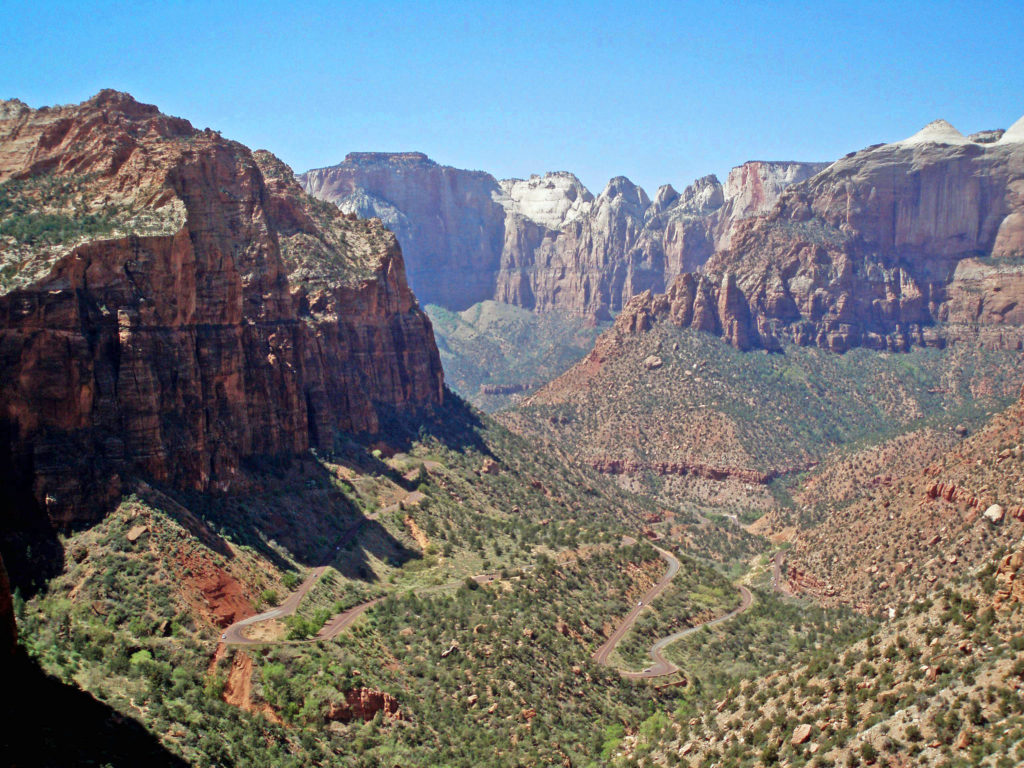
At Zion, you’re in the canyon, surrounded by the red and white Navajo sandstone walls of the canyon that tower as much as 2600 feet above you. Being immersed within Zion Canyon is a much more intimate experience than just looking down into the Grand Canyon. Everyone should visit the Grand Canyon at least once, but if I had to choose between visiting the Grand Canyon or Zion Canyon, I’d take Zion.
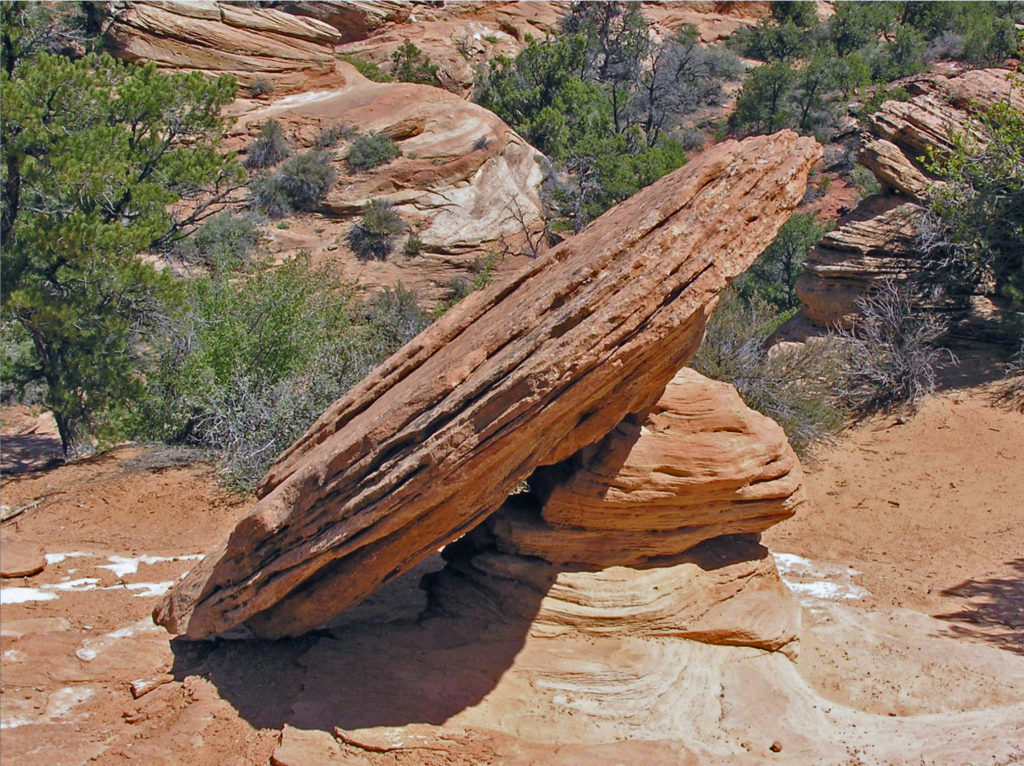
Getting There
By car, Zion Canyon is 165 miles from Las Vegas and 305 miles from Salt Lake City. If you’re flying, Delta flies to the nearby Cedar City and St. George regional airports from their Salt Lake City hub. United flies to St. George through it’s Denver hub, and American also flies to St. George through its Phoenix hub. There does not appear to be any commercial service from Las Vegas to either Cedar City or St. George. Check the airline websites or your travel agent for details.
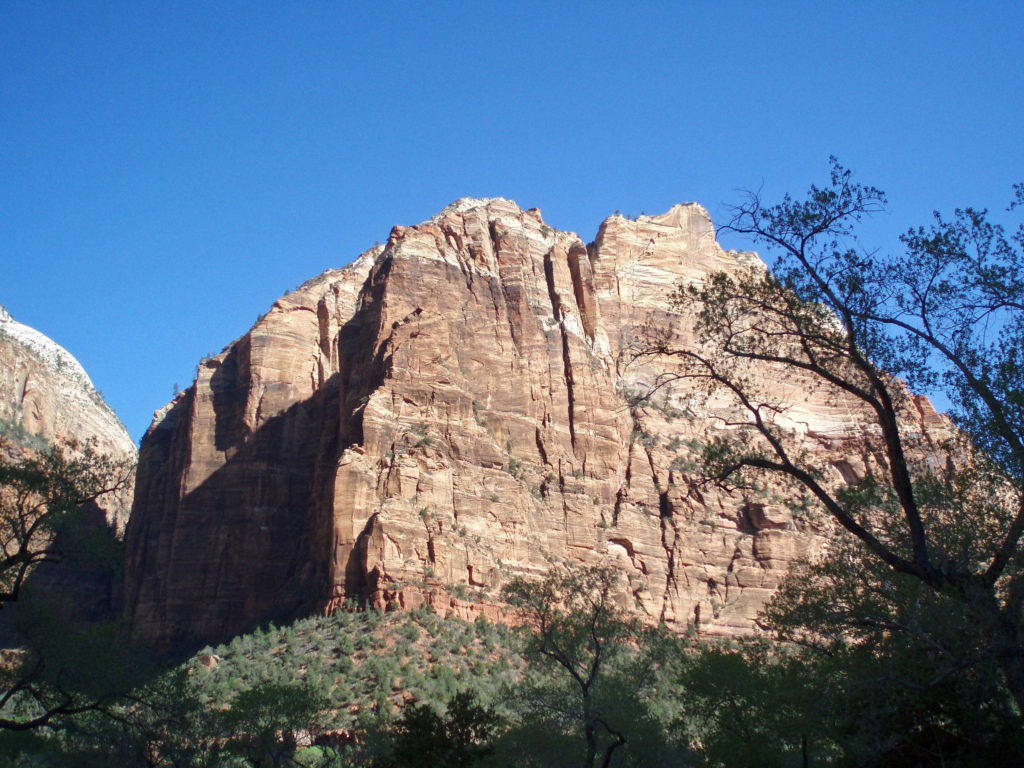
Springdale
The small town of Springdale, Utah is the gateway to Zion Canyon. There are a variety of lodging and dining choices in Springdale, along with services such as gas stations and grocery stores, making it a good base for your exploration of the canyon. Springdale is a pretty town with a number of attractions itself, so budget some time to explore the town. If you’re an art lover like my wife and I, DeZion Gallery, Sorrelia Gallery, Worthington Gallery, David J. West Gallery, and Tribal Arts Zion are all worth a visit. One of David West’s photographs hangs on my living room wall.
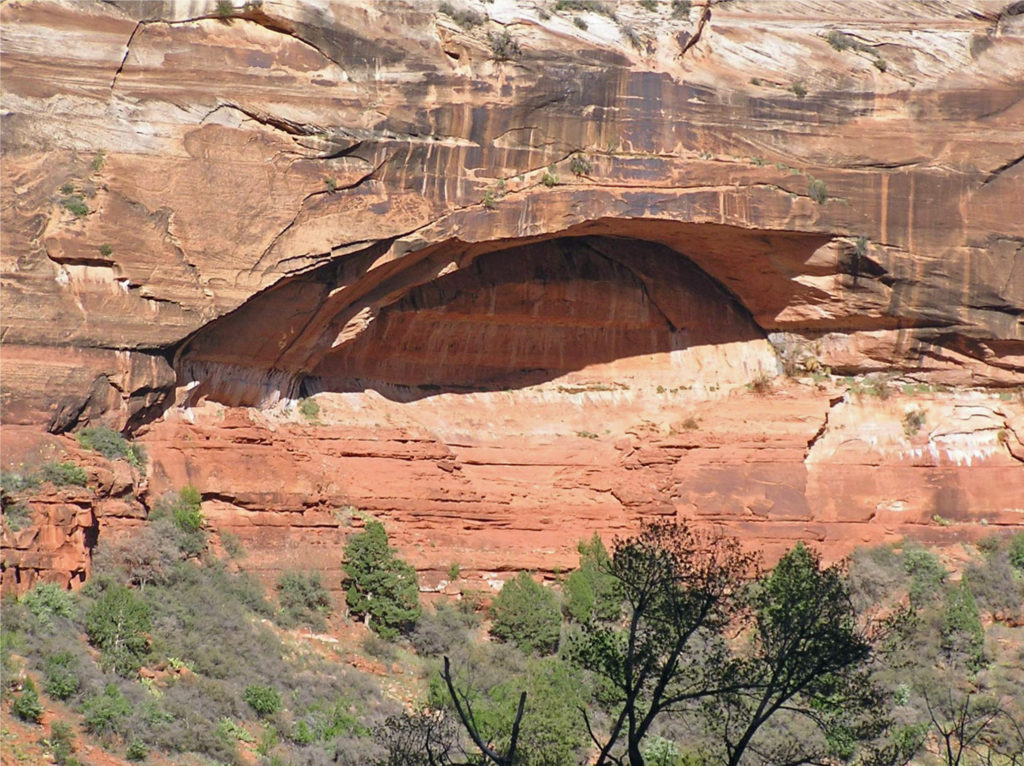
Getting Around
Private vehicles are not allowed in Zion Canyon beyond Canyon Junction (unless you are staying at Zion Lodge). The National Park Service operates two free shuttle bus routes. The Springdale Shuttle makes nine stops in Springdale and at the park’s pedestrian and bicycle entrance near the Zion Canyon Visitor Center. The Zion Canyon Shuttle runs from the visitor center to the Temple of Sinawava, with numerous stops along the way. The shuttles are wheelchair accessible, strollers can be taken on board, and they have bicycle racks (electric bikes do not fit on the racks, though). Check the park’s website for current information and shuttle schedules.
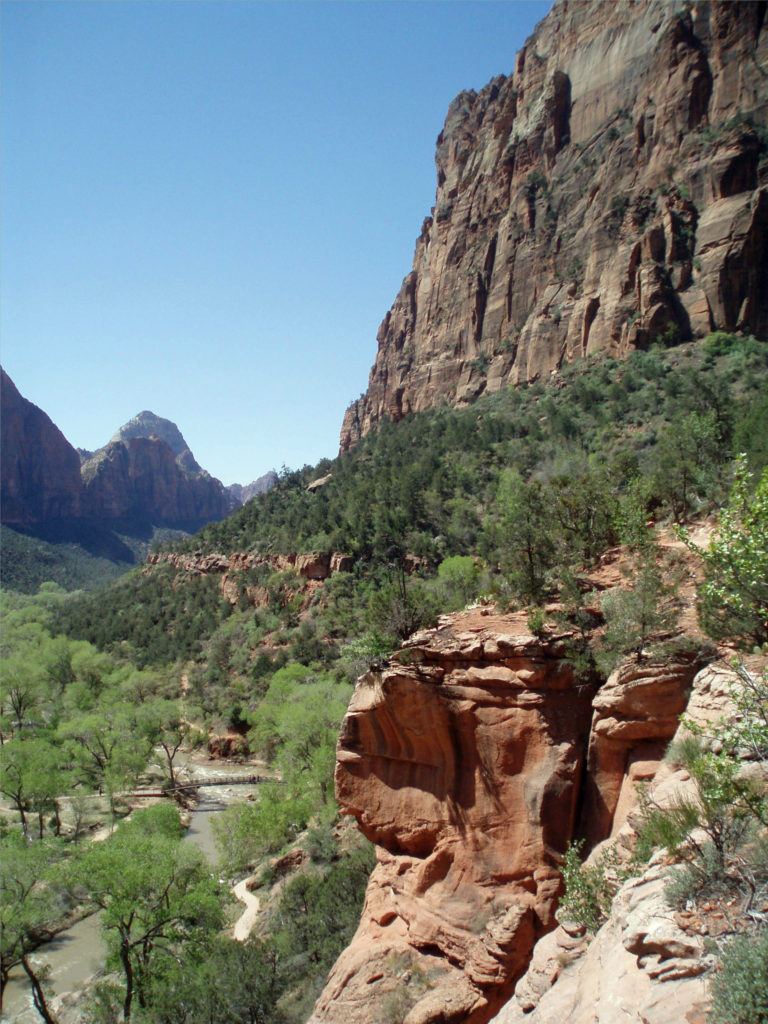 Bicycling is permitted on all park roadways and on the Pa’rus Trail. All other park trails, off-trail routes, and the Zion-Mount Carmel Tunnel are closed to bikes. There are a number of places in Springdale where you can rent bikes and there are also numerous companies offering bicycle tours of Zion. Biking the canyon is a good alternative to riding the shuttle. From the Zion Canyon Visitor Center to the Temple of Sinawava at the end of the Zion Canyon Scenic Drive is about eight miles, with a few moderate hills along the way.
Bicycling is permitted on all park roadways and on the Pa’rus Trail. All other park trails, off-trail routes, and the Zion-Mount Carmel Tunnel are closed to bikes. There are a number of places in Springdale where you can rent bikes and there are also numerous companies offering bicycle tours of Zion. Biking the canyon is a good alternative to riding the shuttle. From the Zion Canyon Visitor Center to the Temple of Sinawava at the end of the Zion Canyon Scenic Drive is about eight miles, with a few moderate hills along the way.
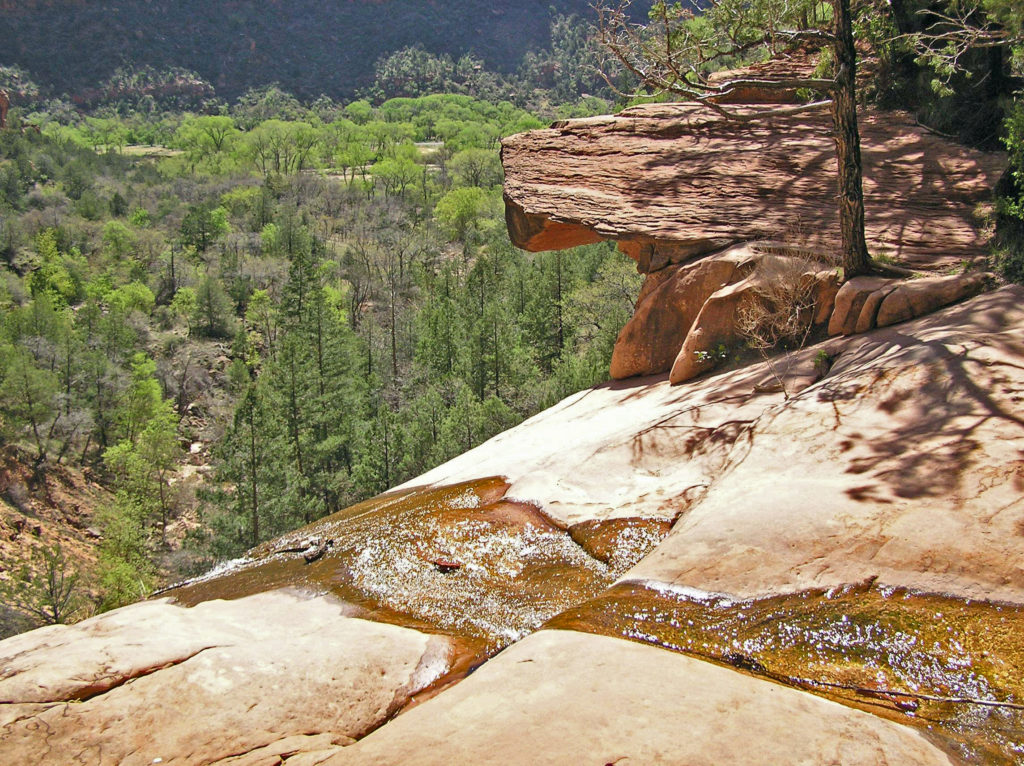 If you drive an electric vehicle, two charging stations are located within Zion National Park, one at the Zion Canyon Visitor Center and the other at the Kolob Canyons Visitor Center in the north end of the park. You can purchase a $5 pass code at the Zion Canyon Visitor Center that is valid for three days at either of the park’s charging stations. In Springdale, there are three Tesla charging stations (as well as others in nearby communities). Electrify America stations are located in St. George and Cedar City. ChargePoint and SemaConnect stations can be found in St. George.
If you drive an electric vehicle, two charging stations are located within Zion National Park, one at the Zion Canyon Visitor Center and the other at the Kolob Canyons Visitor Center in the north end of the park. You can purchase a $5 pass code at the Zion Canyon Visitor Center that is valid for three days at either of the park’s charging stations. In Springdale, there are three Tesla charging stations (as well as others in nearby communities). Electrify America stations are located in St. George and Cedar City. ChargePoint and SemaConnect stations can be found in St. George.
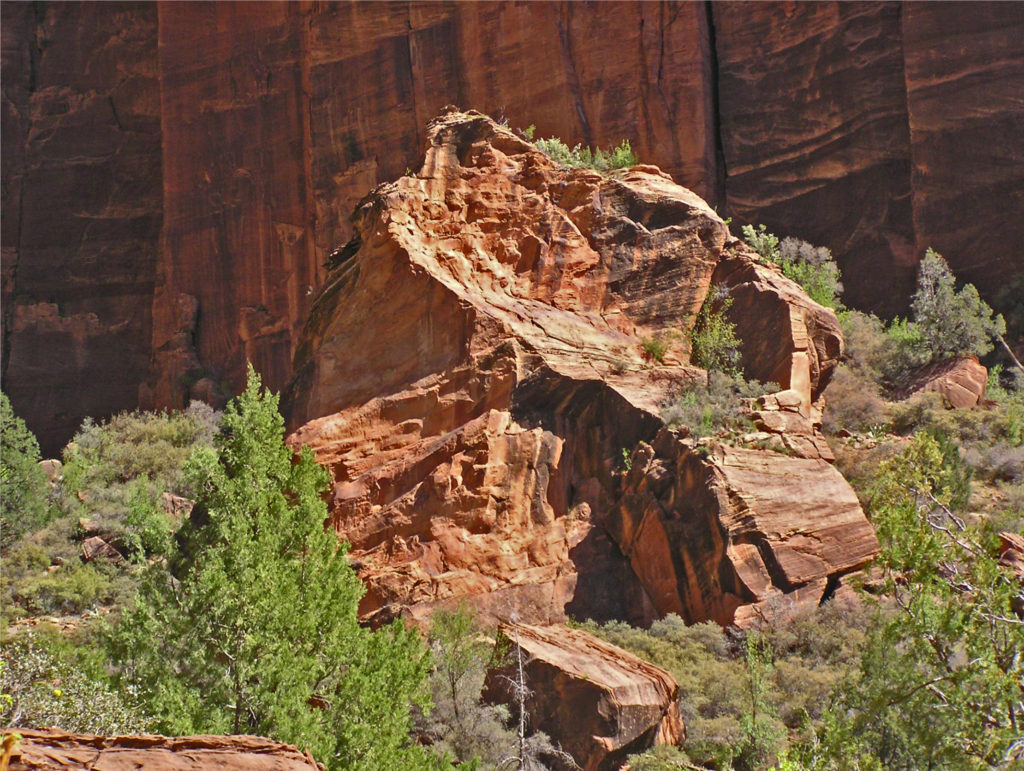
Where to Stay
Dozens of hotels, motels, B&Bs, and vacation rentals can be found in Springdale and the neighboring community of Rockville. Check the Zion Canyon Visitors Bureau website or Utah.com for lodging information. Cedar City and St. George offer even more choices. Rates run from under $100 per night to over $500. One option worth considering is Zion National Park Lodge , located within Zion Canyon (not to be confused with Zion Canyon Lodge, which is in Springdale, not in the canyon itself). Summer rates for 2024 start at $257 (plus tax) per night at Zion Lodge. Plan ahead, though. Reservations often need to be made several months in advance.
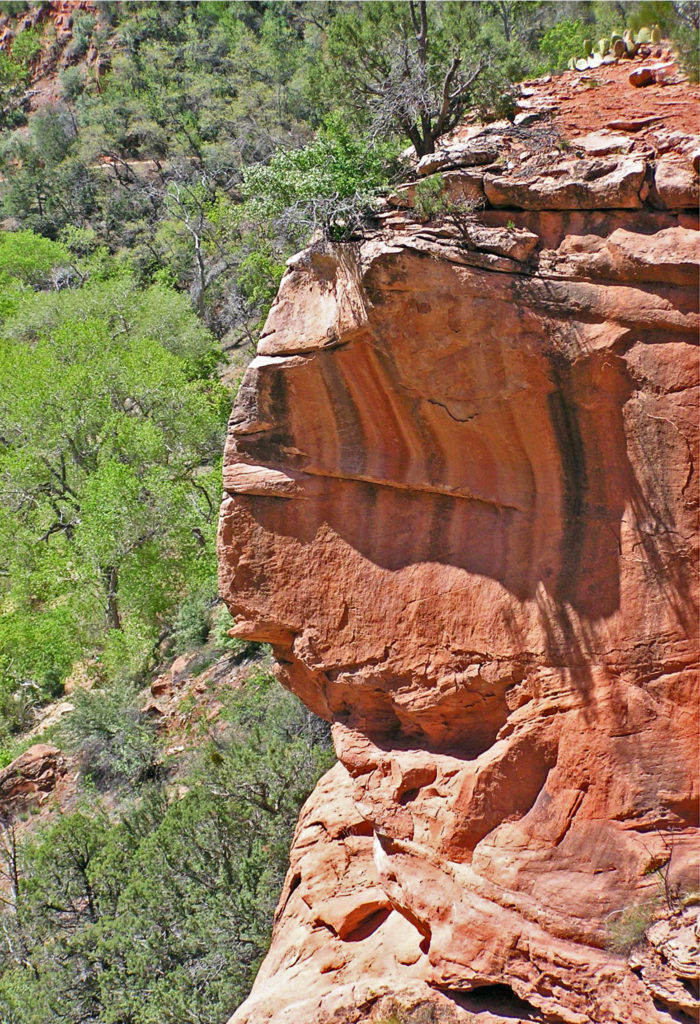 If you’re camping, Zion Canyon Campground in Springdale has 133 RV sites and 47 tent sites. Zion River Resort in nearby Virgin, Utah also has RV sites and cabins. There are two campgrounds within the national park near Springdale, South Campground and Watchman Campground. South Campground has 117 sites, but no hookups. Watchman has about 120 RV sites with full hookups and about 70 tent sites. South and Watchman both require advance reservations, except in winter. The small Lava Point Campground in the north end of the park is first come, first served, but has only six primitive sites. Check the park website for more detailed information. Reservations for the South and Watchman campgrounds can be made through Recreation.gov.
If you’re camping, Zion Canyon Campground in Springdale has 133 RV sites and 47 tent sites. Zion River Resort in nearby Virgin, Utah also has RV sites and cabins. There are two campgrounds within the national park near Springdale, South Campground and Watchman Campground. South Campground has 117 sites, but no hookups. Watchman has about 120 RV sites with full hookups and about 70 tent sites. South and Watchman both require advance reservations, except in winter. The small Lava Point Campground in the north end of the park is first come, first served, but has only six primitive sites. Check the park website for more detailed information. Reservations for the South and Watchman campgrounds can be made through Recreation.gov.
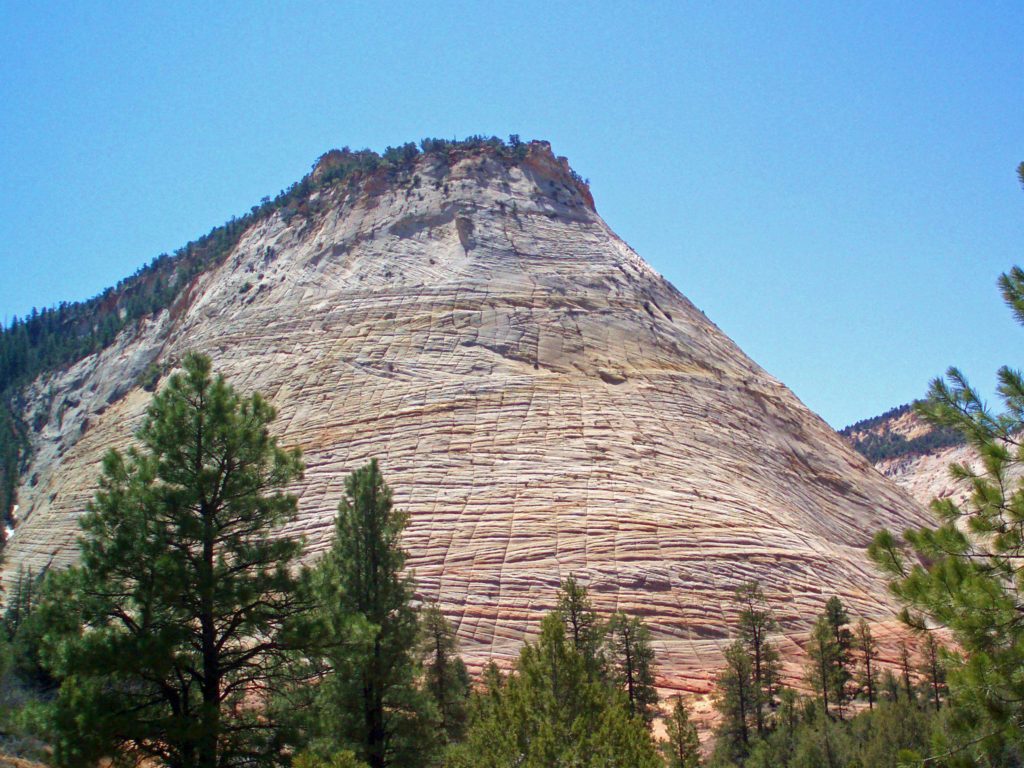
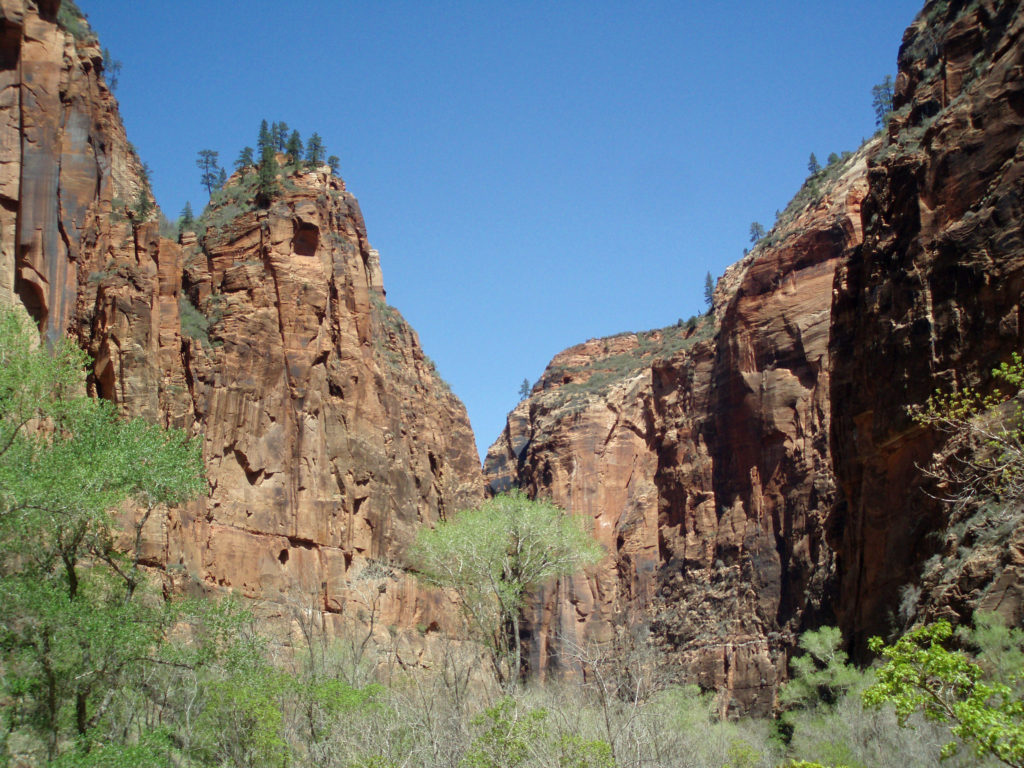 Where to Eat
Where to Eat
Probably no one comes to Zion for the food, but Springdale offers a number of dining options. Oscar’s Cafe, Spotted Dog Cafe, Kings Landing Bistro, and Bit and Spur Restaurant and Saloon all get good reviews. Zion National Park Lodge in the canyon has two restaurants, as well. The Red Rock Grill in the main lodge is a full service restaurant open for lunch and dinner. The seasonal Castle Dome Cafe adjacent to the lodge offers burgers, hot dogs, and snack food. And, Zion Canyon Brew Pub in Springdale offers a full food menu in addition to a variety of craft brews.
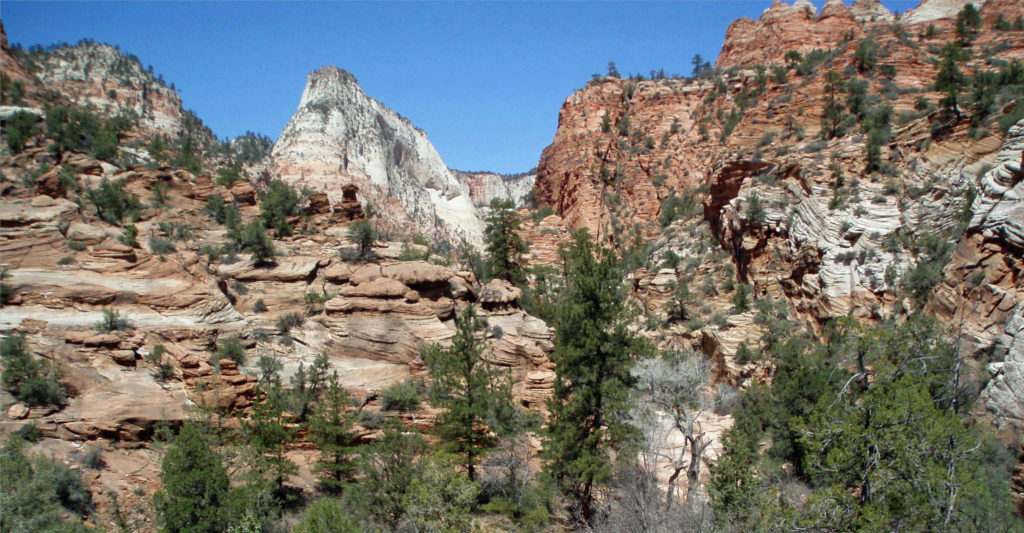
Hiking in Zion Canyon
Zion National Park offers more hiking options than I can list here, from the 0.4 mile Archaeology Trail in Zion Canyon to the 47 mile (one way) Trans-Zion Trek from the East Entrance to Lee’s Pass in the Kolob Canyons section of the park. Popular hikes in Zion Canyon include the 3.5 mile round trip Watchman Trail and Pa’Rus Trail hikes near the South (Springdale) Entrance, the Emerald Pools Trail, the West Rim Trail, and the strenuous (five miles roundtrip with 1520 feet of elevation gain) Angel’s Landing Trail. Hiking the Angel’s Landing Trail now requires a permit. Permits are limited and are awarded via a lottery system. Check the park’s website for information on applying for a permit.
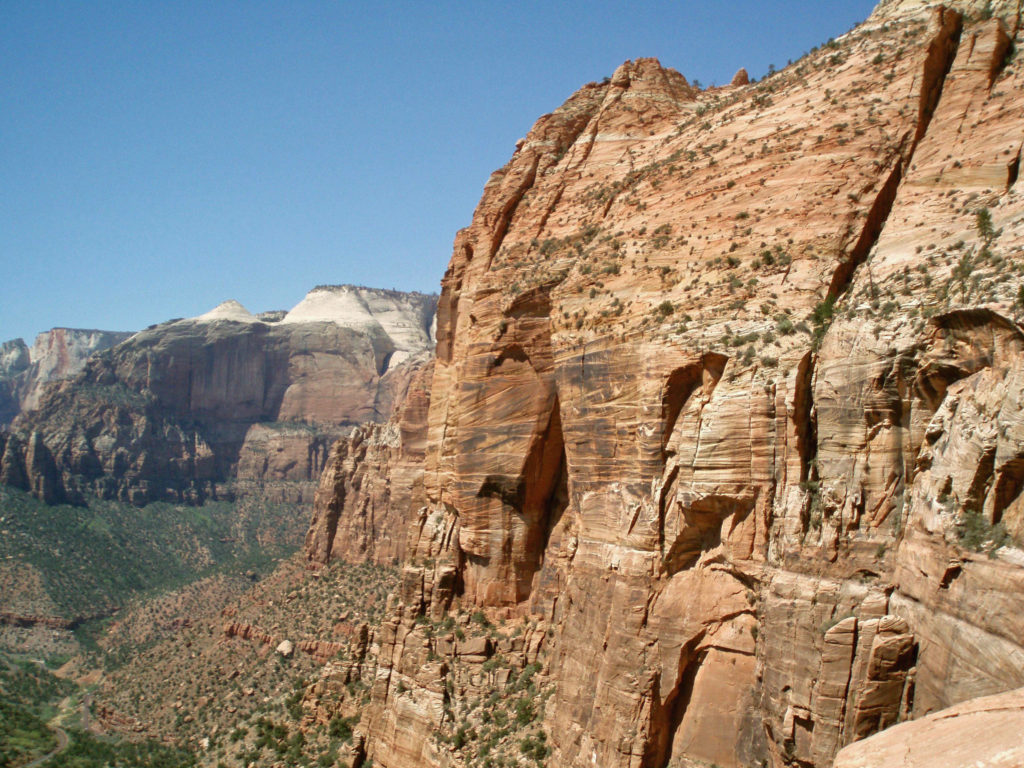 One of the most spectacular hikes in the canyon is The Narrows. There is no trail through The Narrows – you’re hiking the bed of the Virgin River through a narrow canyon no more than 40 feet wide in places. If you’re interested in hiking The Narrows, be sure to check with the park rangers at the Zion Canyon Visitor Center. No permit is required, but The Narrows may be closed to hiking due to the possibility of flash floods. Thunderstorms many miles north of the park may lead to sudden and potentially life threatening rises in the river level with no warning, even when the park is sunny and cloudless. But if it’s doable safely, it’s a fantastic and unique hiking experience.
One of the most spectacular hikes in the canyon is The Narrows. There is no trail through The Narrows – you’re hiking the bed of the Virgin River through a narrow canyon no more than 40 feet wide in places. If you’re interested in hiking The Narrows, be sure to check with the park rangers at the Zion Canyon Visitor Center. No permit is required, but The Narrows may be closed to hiking due to the possibility of flash floods. Thunderstorms many miles north of the park may lead to sudden and potentially life threatening rises in the river level with no warning, even when the park is sunny and cloudless. But if it’s doable safely, it’s a fantastic and unique hiking experience.
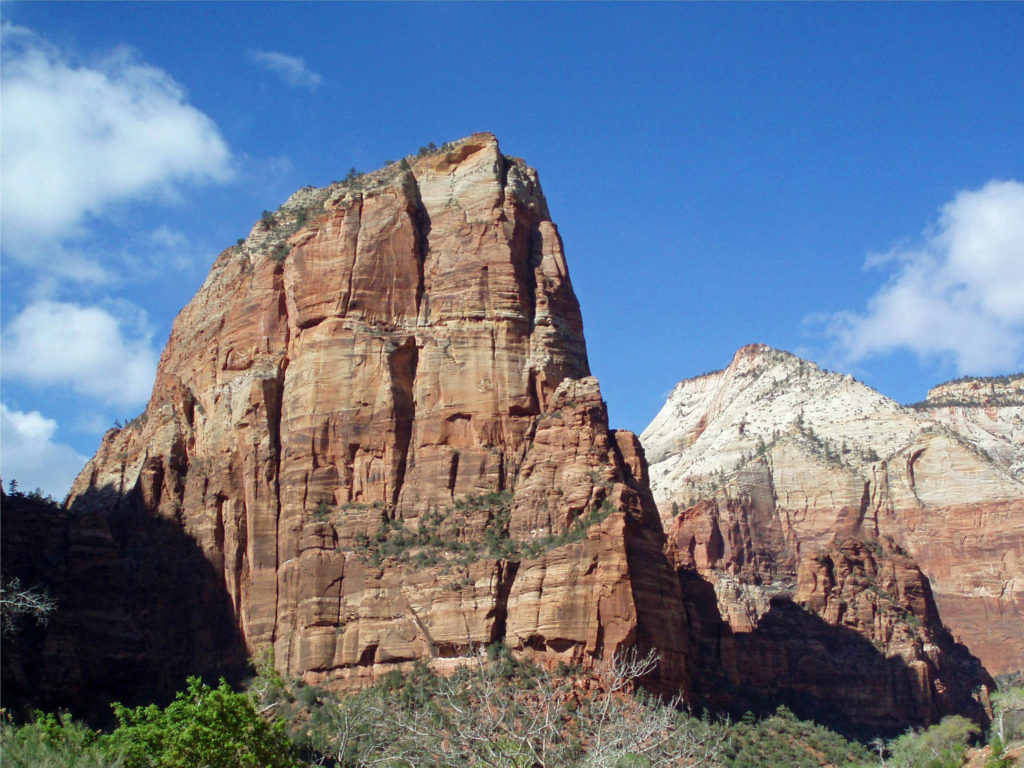 Trails outside of Zion Canyon (and all canyoneering routes) require a wilderness pass. Most are available online through the park’s website, but permits for some trails are only available in person.
Trails outside of Zion Canyon (and all canyoneering routes) require a wilderness pass. Most are available online through the park’s website, but permits for some trails are only available in person.

Other Things to do in and near Zion Canyon
If you’re young and adventurous, canyoneering may interest you. Canyoneering involves traversing canyons, primarily slot canyons, that do not have established trails. Some, but not all, routes require technical rock climbing or rappelling skills. Since canyoneering permits within Zion National Park go quickly, advance planning is required. If you’re new to the sport, a guided canyoneering trip is probably the best way to go. There are a number of canyoneering guides, including ZionGuru, Zion Rock and Mountain Guides, and Zion Adventure Company, that offer a variety of trips for all skill levels, including family tours.
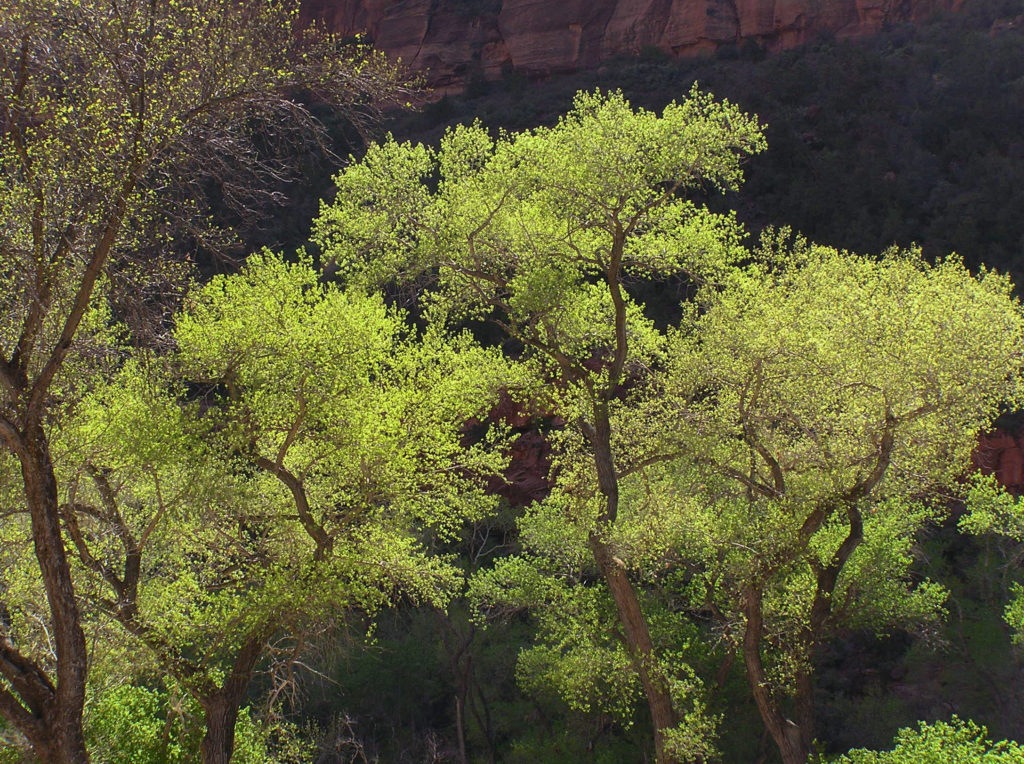 One hour and three hour horseback rides within the park can be booked through Canyon Trail Rides.
One hour and three hour horseback rides within the park can be booked through Canyon Trail Rides.
Mountain biking tours are available from a number of tour companies in Springdale. Note that these tours are outside of the park. I have no personal experience here, but from their websites they look to be pretty scenic and more than a little adventurous. Check the tour company websites for pricing and other information. Some offer discounts if you bring your own bike.
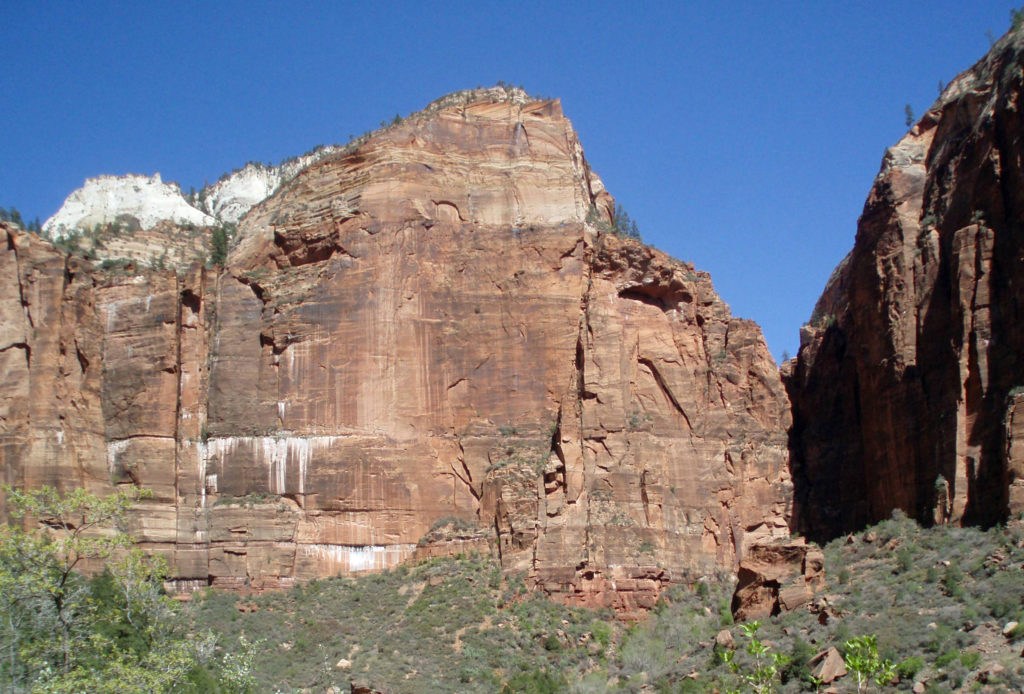 Off road vehicle tours are also available from a variety of providers. Like mountain bike tours, these are outside of the park. Again, I have no personal experience, so can’t make any recommendations, but the tours are popular.
Off road vehicle tours are also available from a variety of providers. Like mountain bike tours, these are outside of the park. Again, I have no personal experience, so can’t make any recommendations, but the tours are popular.
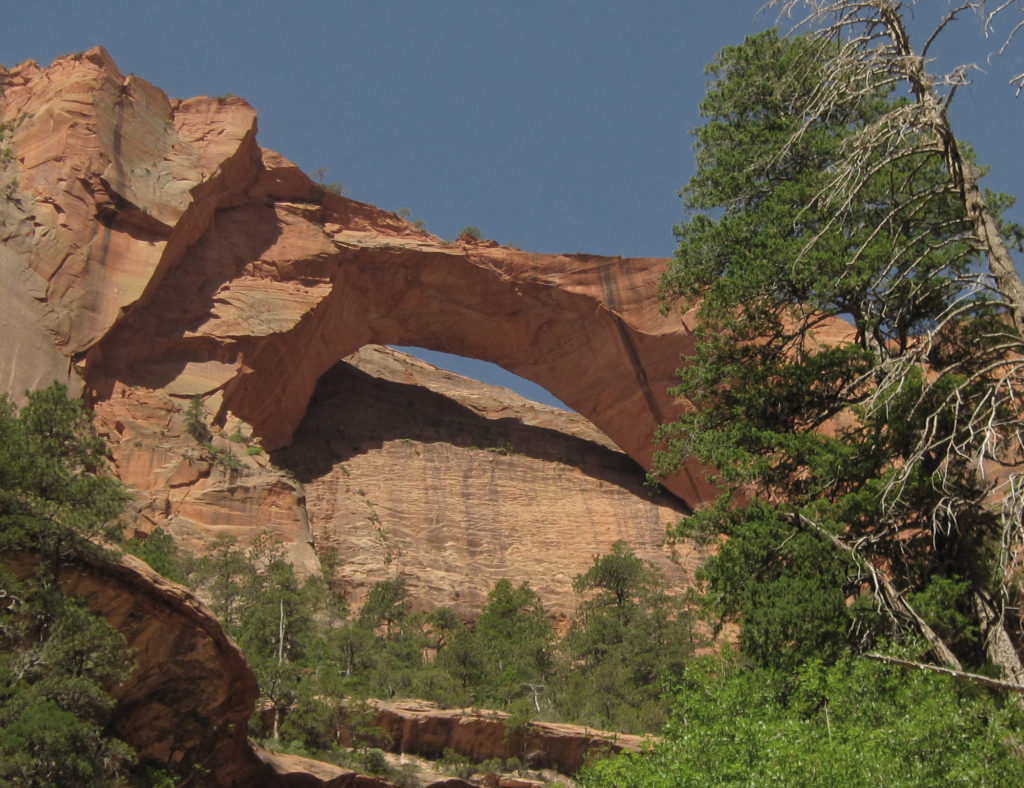
When you’ve finished exploring Zion Canyon, take a drive to the Kolob Canyons area in the north end of the park. This is an area that many visitors to Zion skip, but shouldn’t. Stop at the visitor center just off I-15 at Exit 40, then drive to the Kolob Canyons Viewpoint at the end of the road and hike the short Timber Creek Overlook Trail. If you’re up for more of an adventure, take the 14 mile out and back hike to Kolob Arch. This is a strenuous hike and should only be done by experienced hikers in good condition, but the reward is a view of the second largest free standing arch in the world (second only to Landscape Arch in Arches National Park). The trail to Kolob Arch starts at Lee’s Pass on the Kolob Canyons Road.
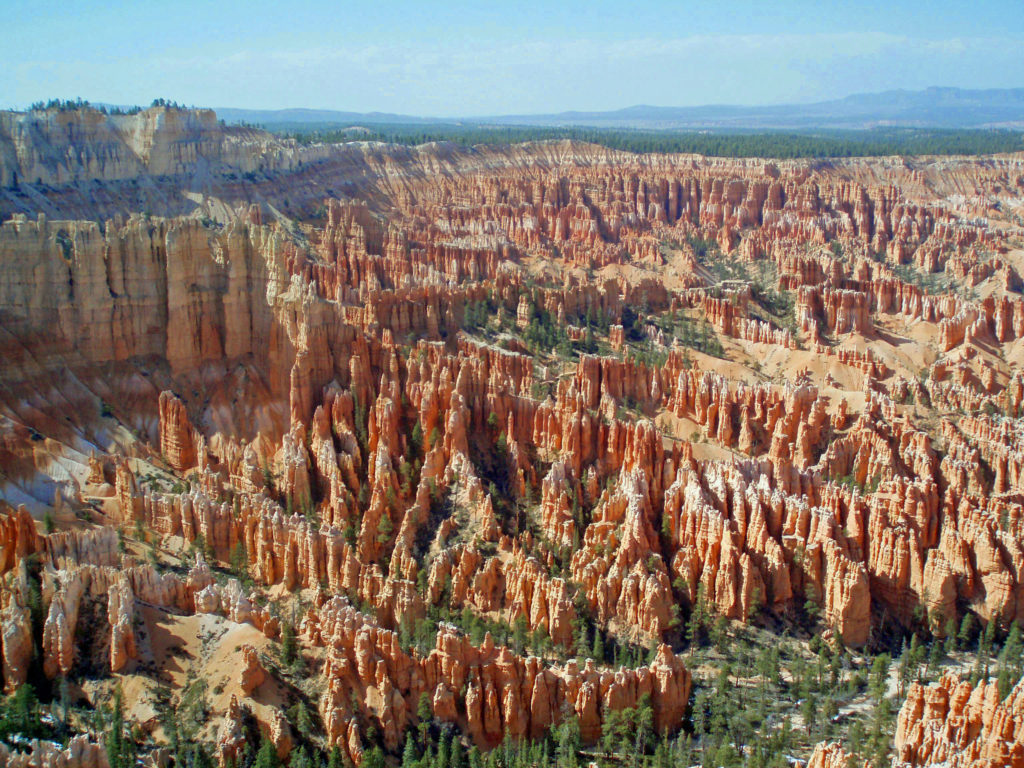
Outside of Zion
Often overlooked, Cedar Breaks National Monument, about 60 miles north of Zion Canyon, is an easy day trip and well worth a visit. Bryce Canyon National Park is only about 80 miles from Springdale, so it’s another easy day trip (but is spectacular enough you’ll want to spend a few days there). Coral Pink Sand Dunes State Park is a short ways off the road to Bryce and is also worth a stop, as is Kodachrome Basin State Park, just east of Bryce. And if you’ve got another few days (or weeks), the sprawling, nearly one million acre Grand Staircase-Escalante National Monument stretches from Bryce Canyon east to Capitol Reef National Park.
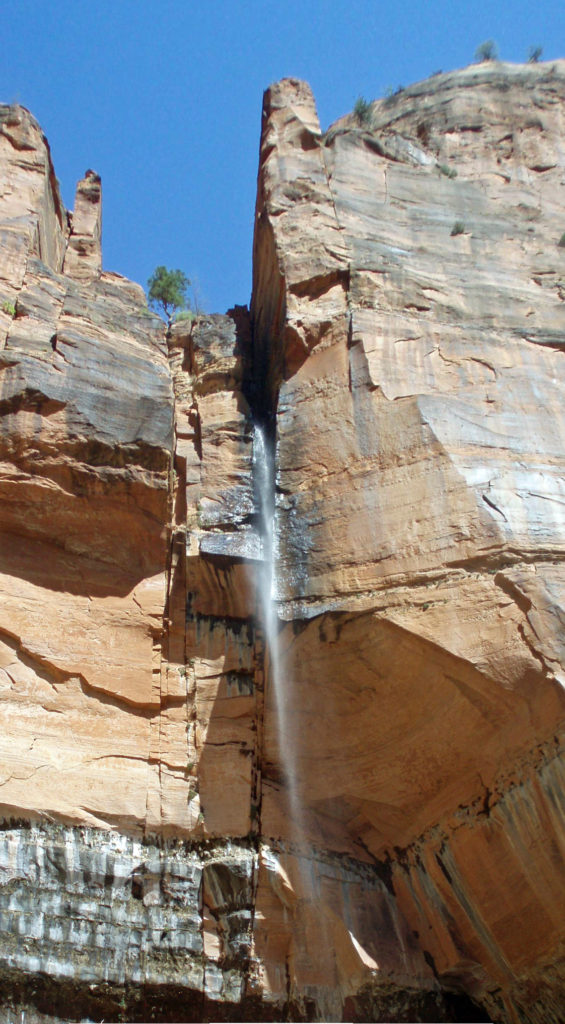 I can pretty much guarantee that no matter who you are or where your interests lie, a trip to Zion National Park will be an adventure you will not soon forget.
I can pretty much guarantee that no matter who you are or where your interests lie, a trip to Zion National Park will be an adventure you will not soon forget.
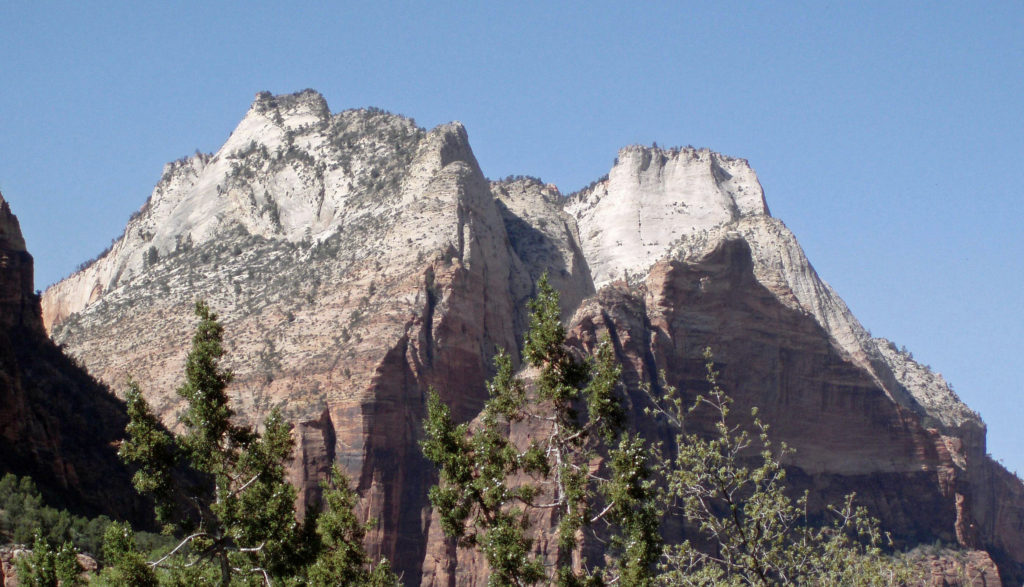 Originally posted June 14, 2021 by Alan K. Lee. Updated and re-posted March 15, 2024.
Originally posted June 14, 2021 by Alan K. Lee. Updated and re-posted March 15, 2024.
All photos © Alan K. Lee, except as noted

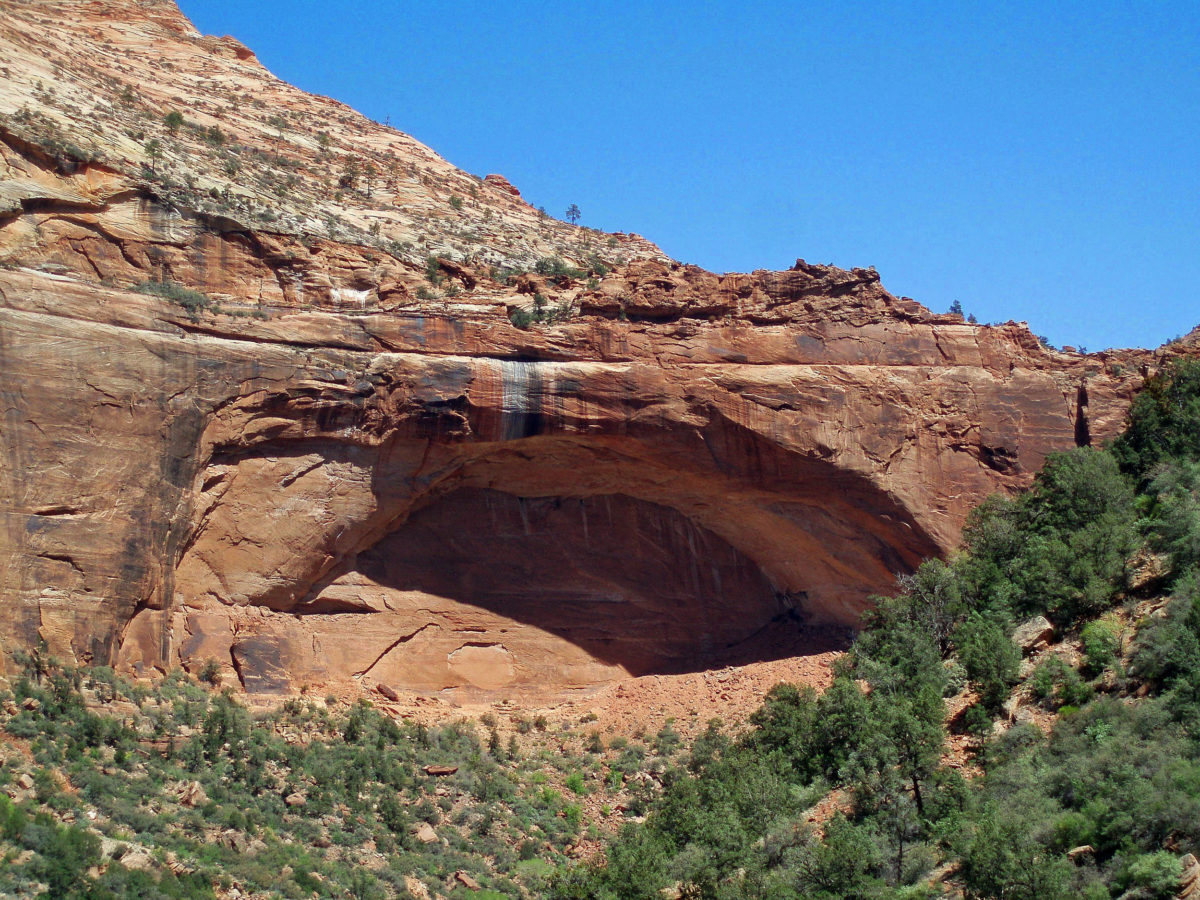

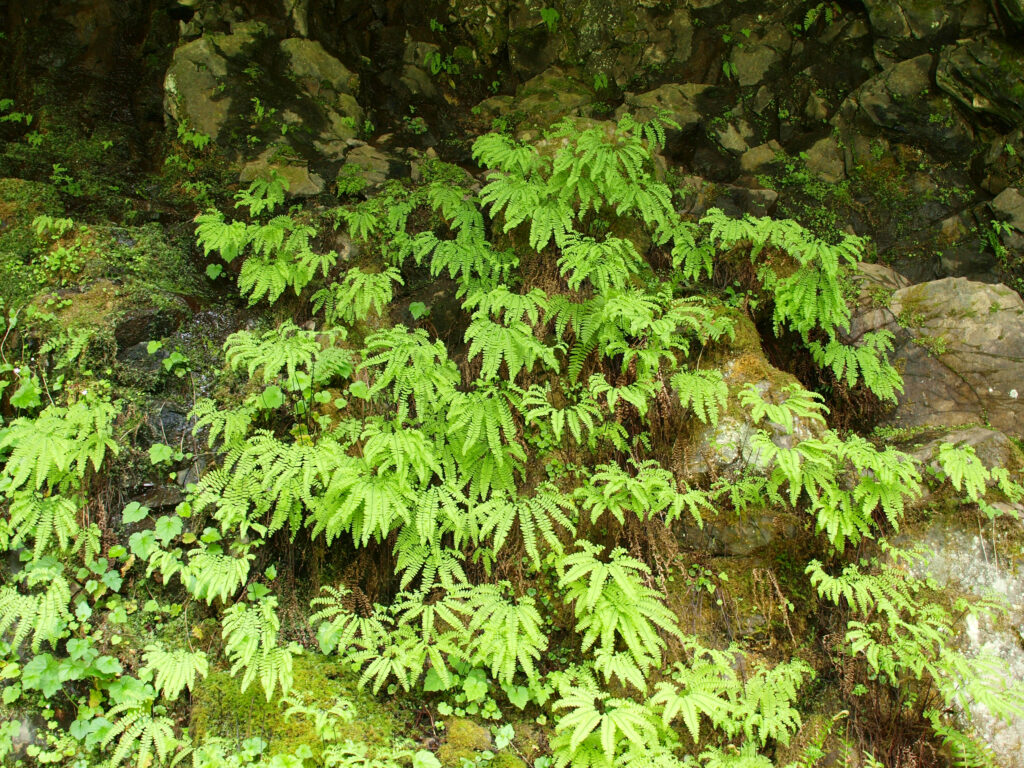
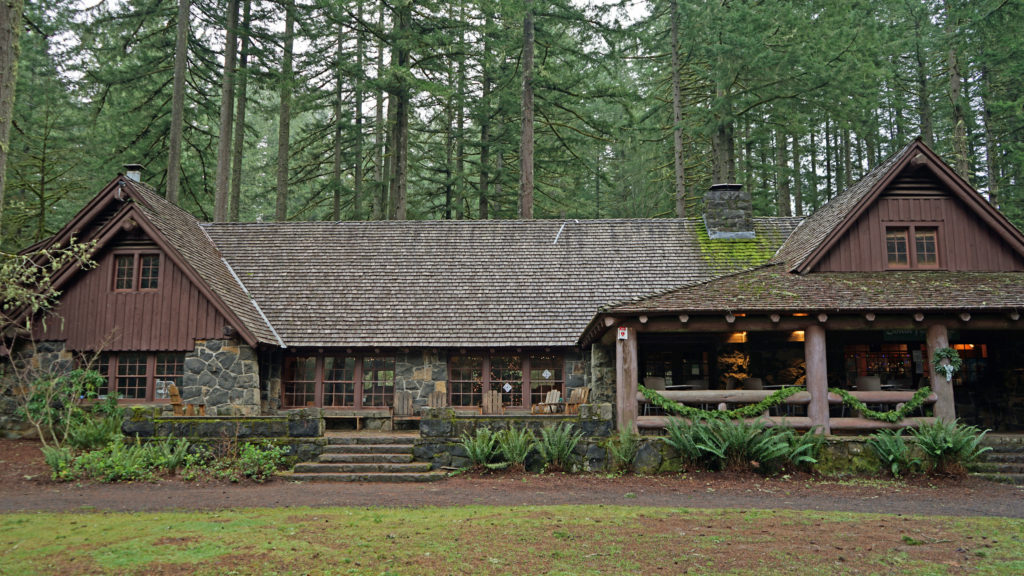
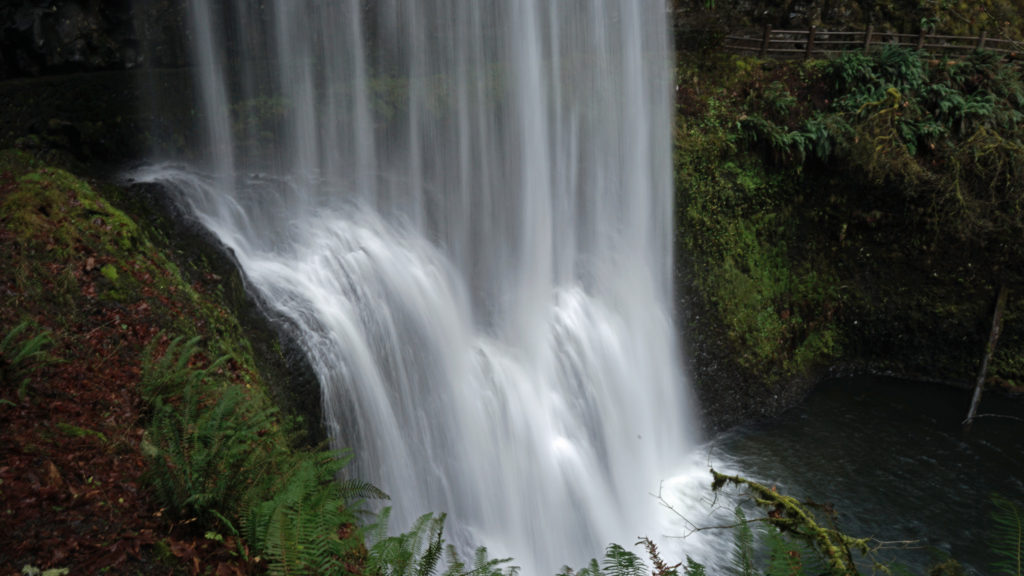
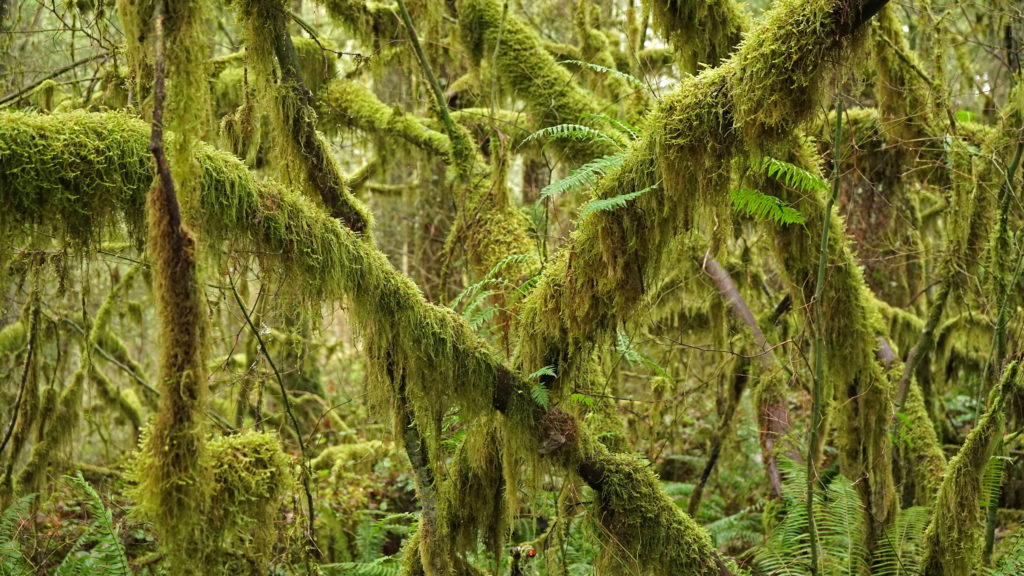
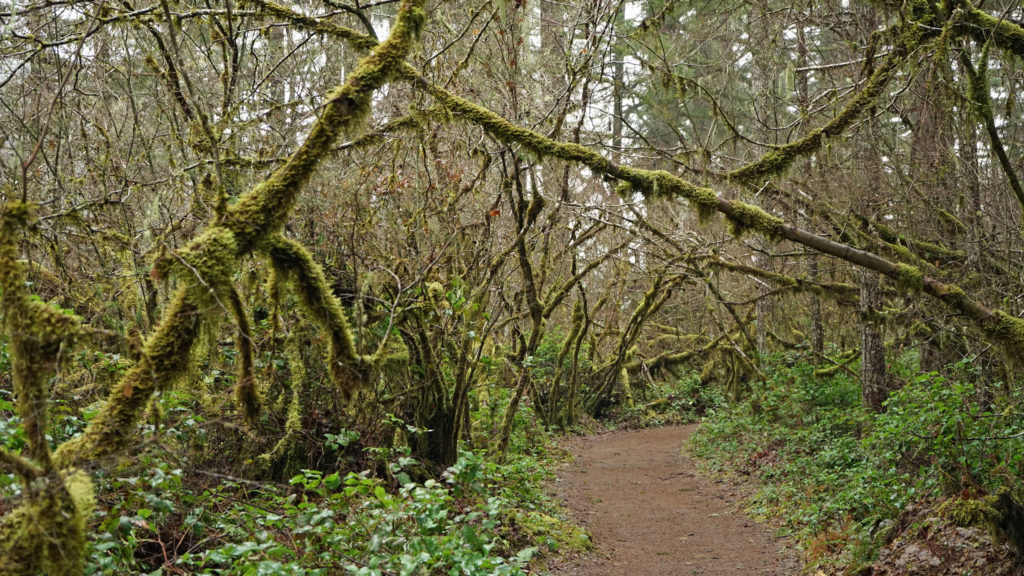
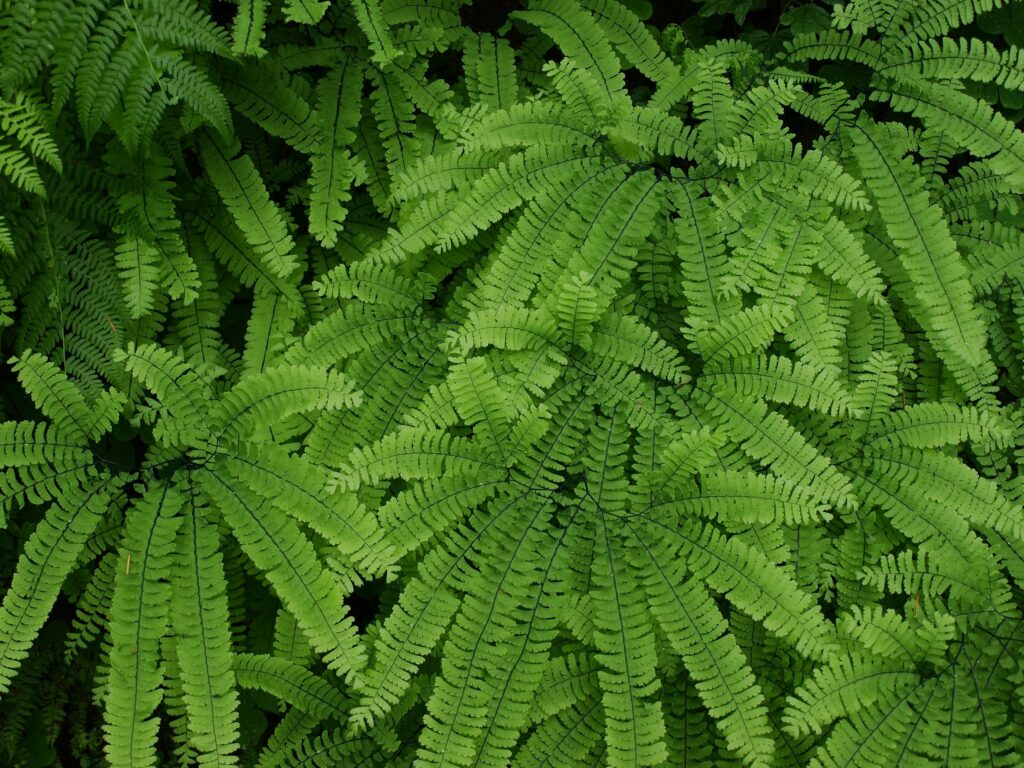
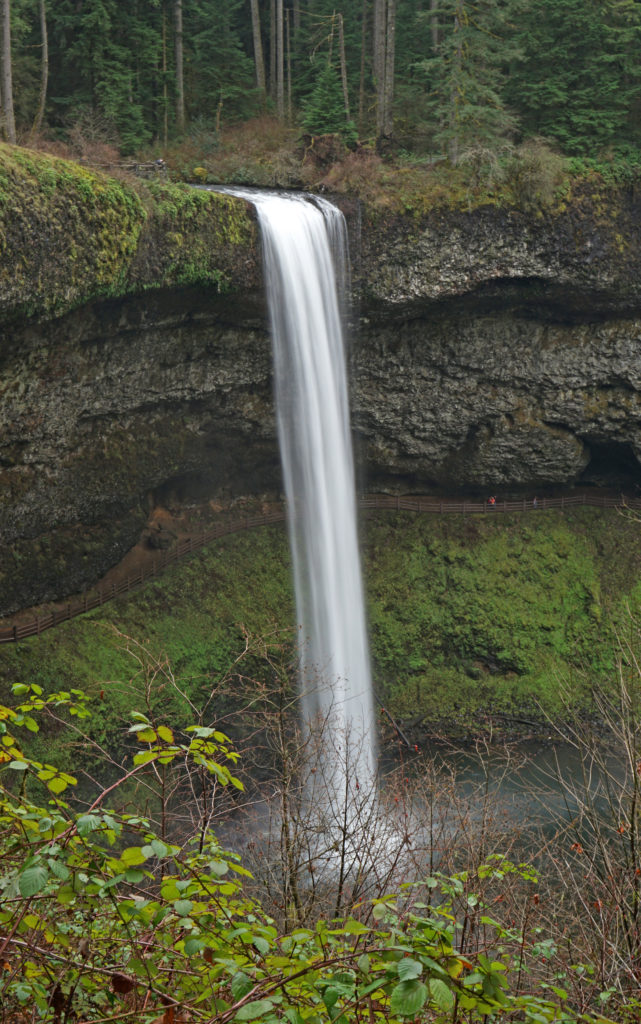
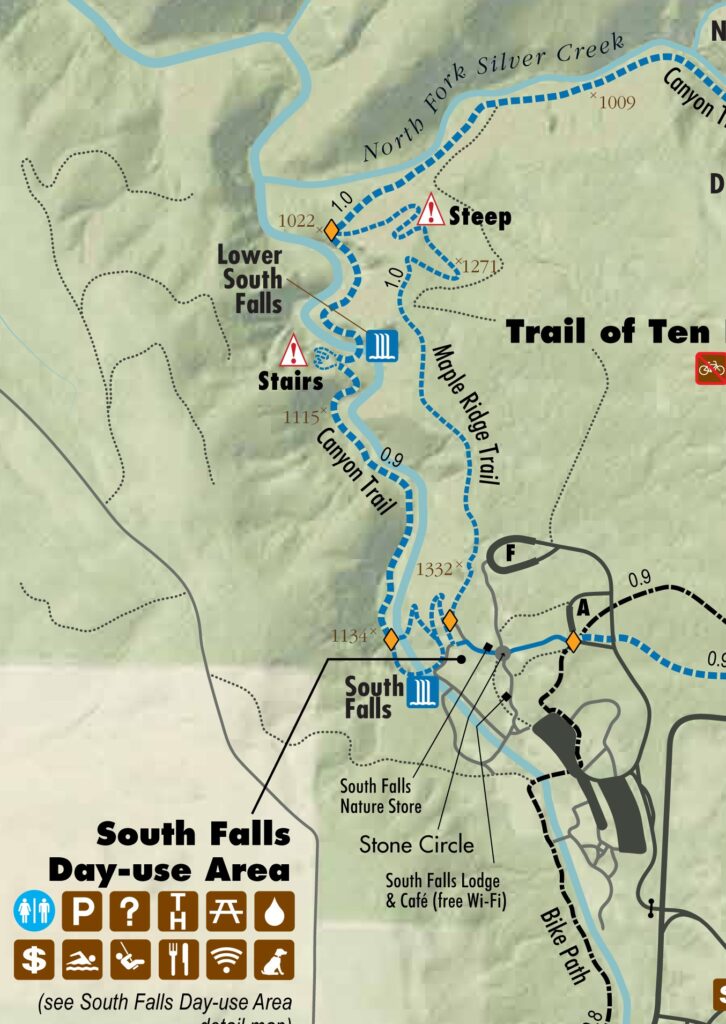
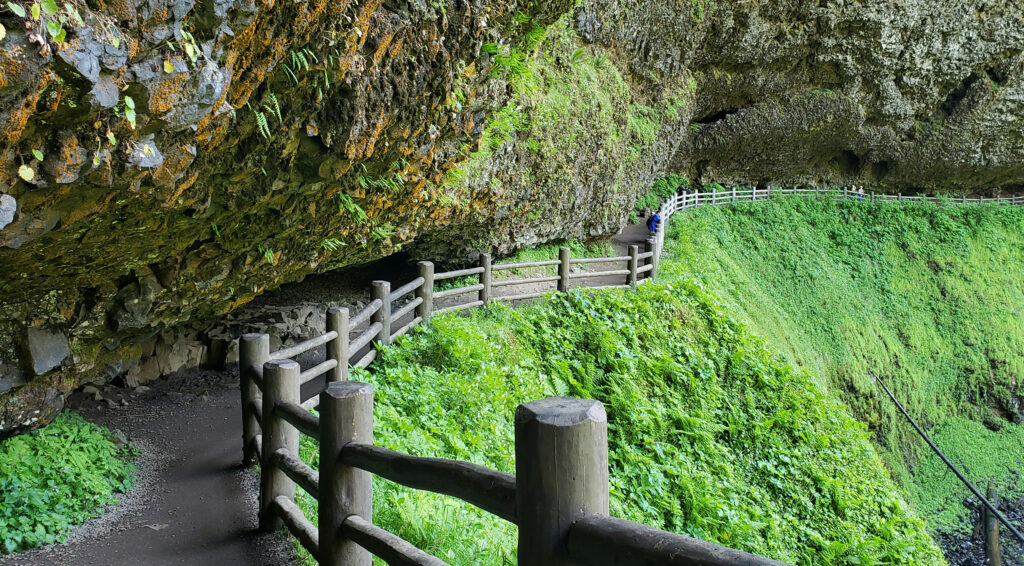
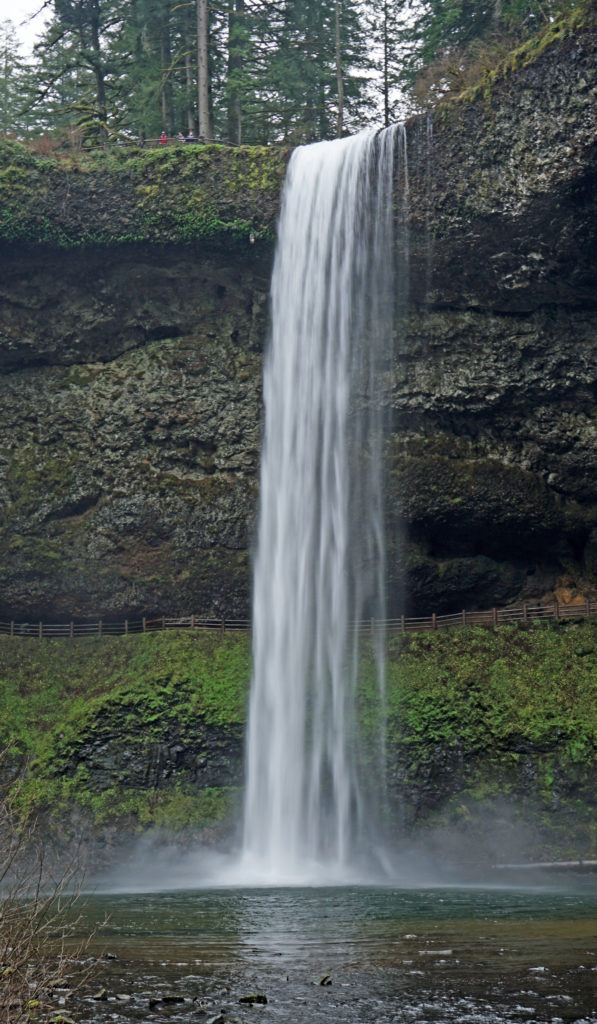
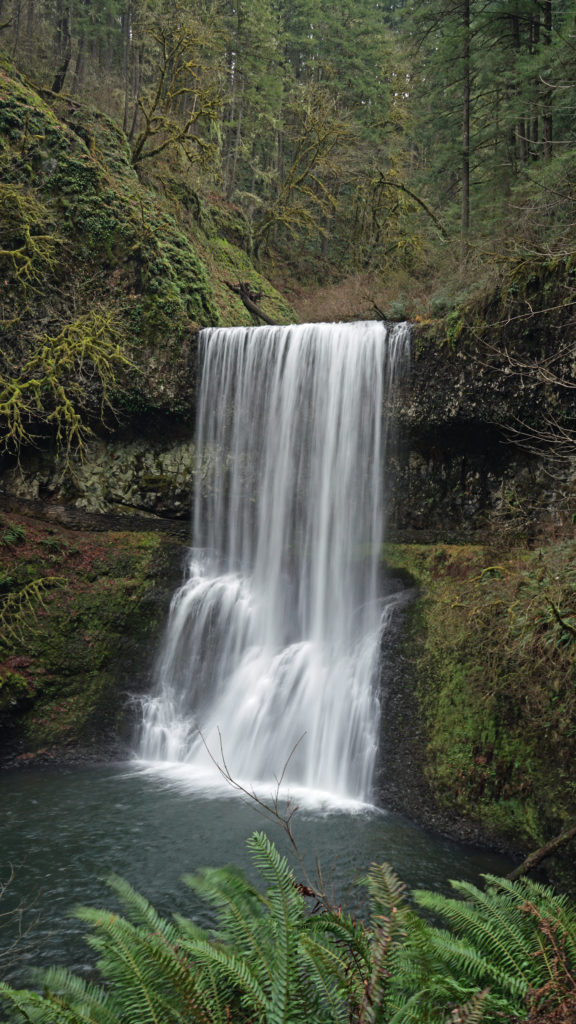
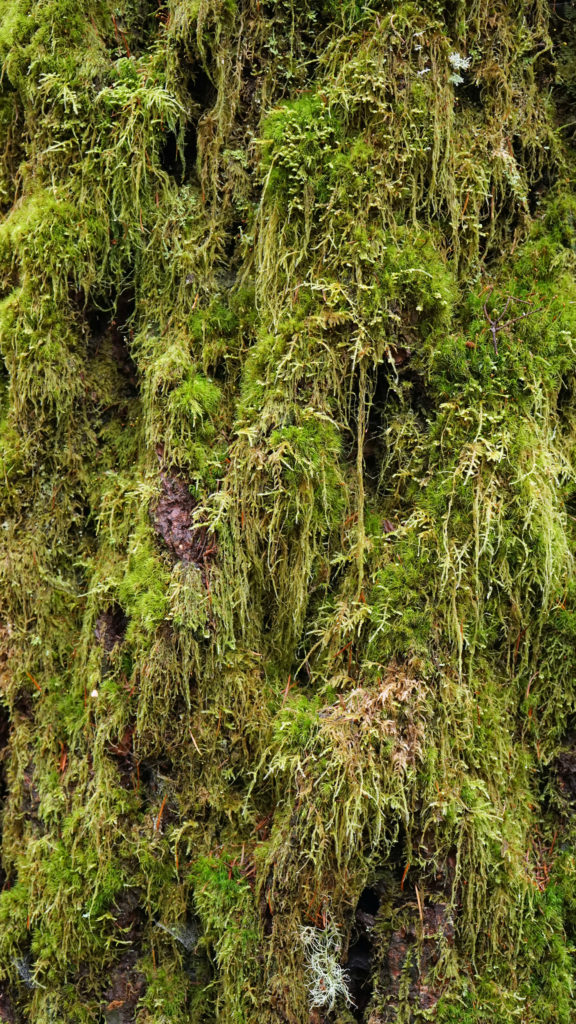
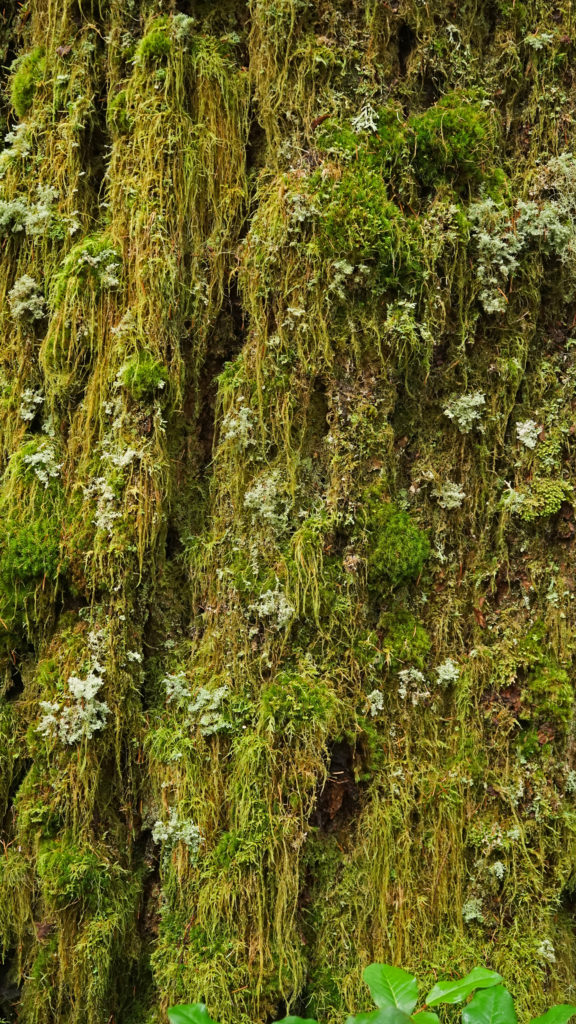
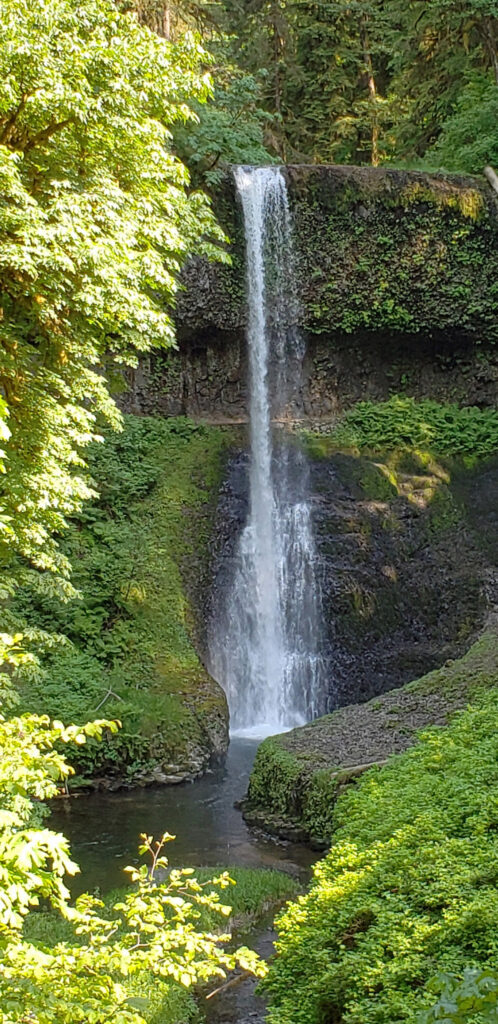
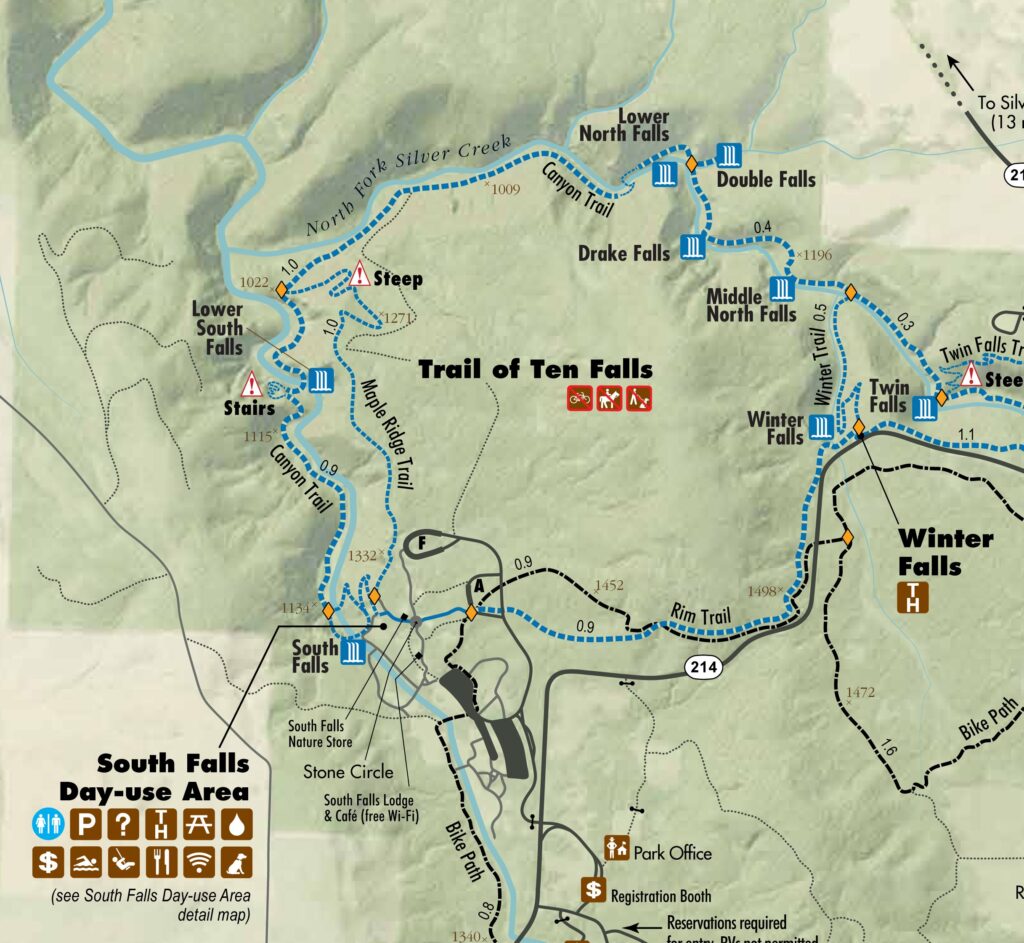
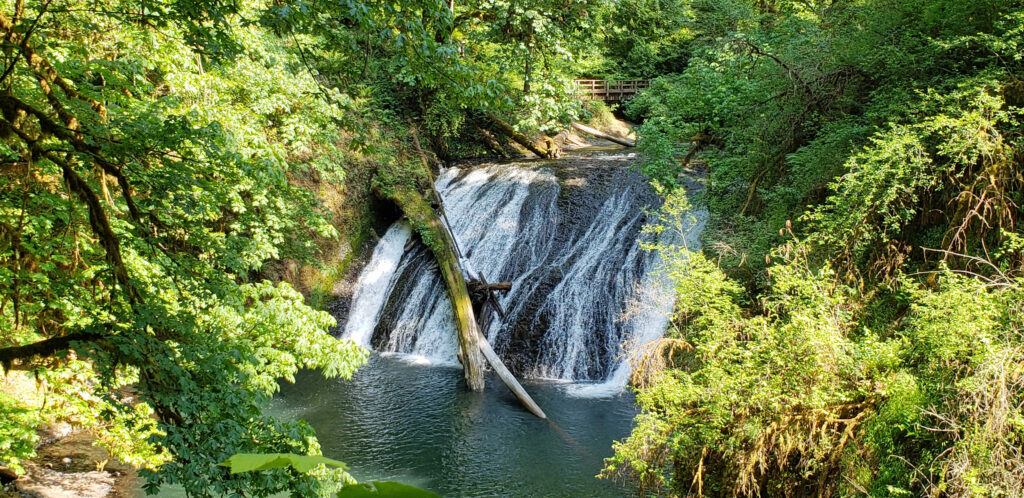
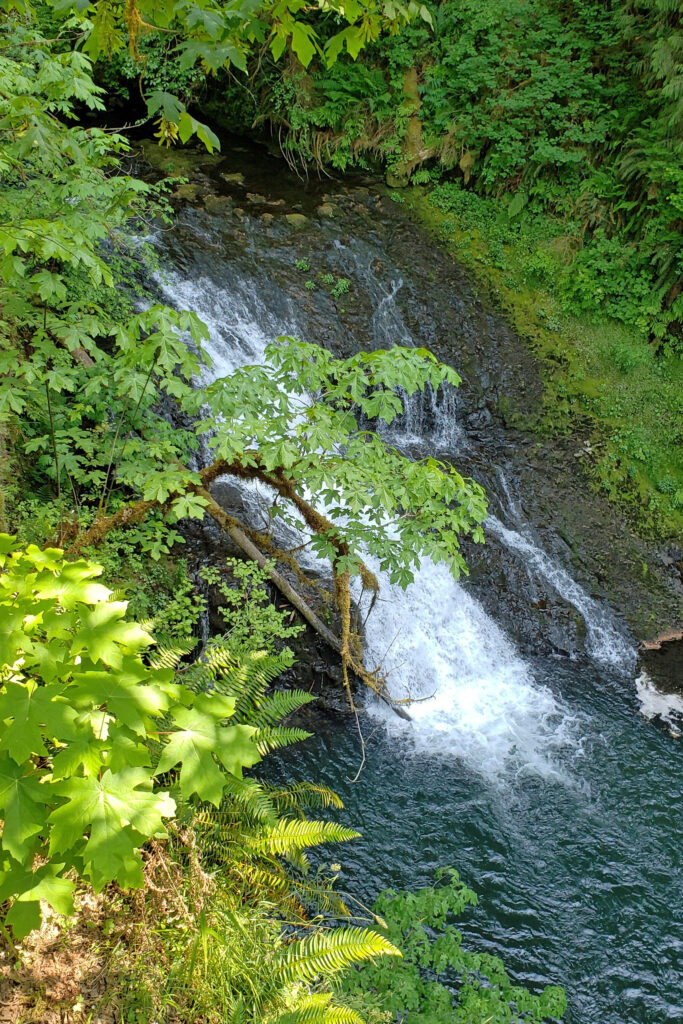
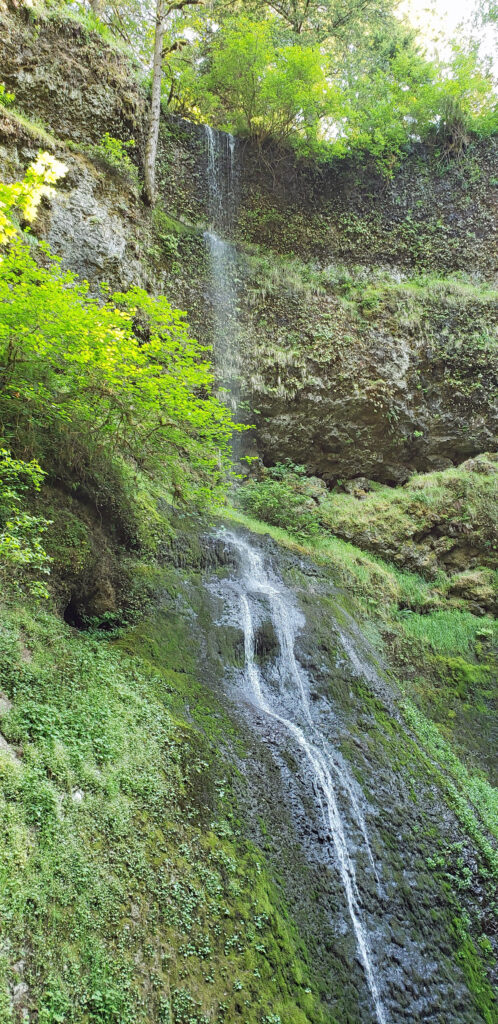
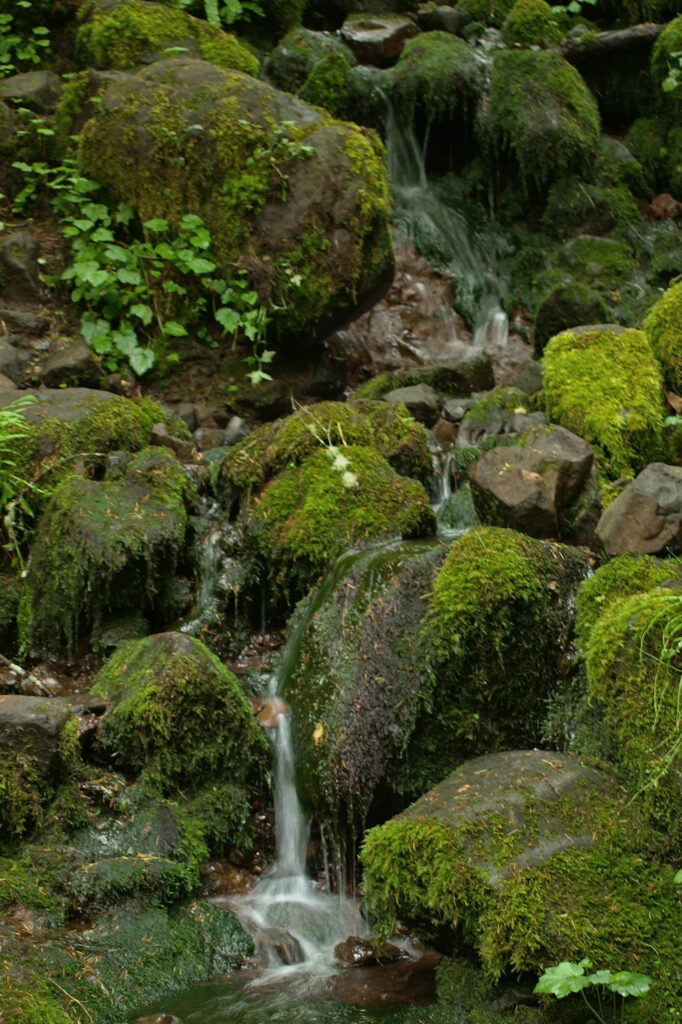
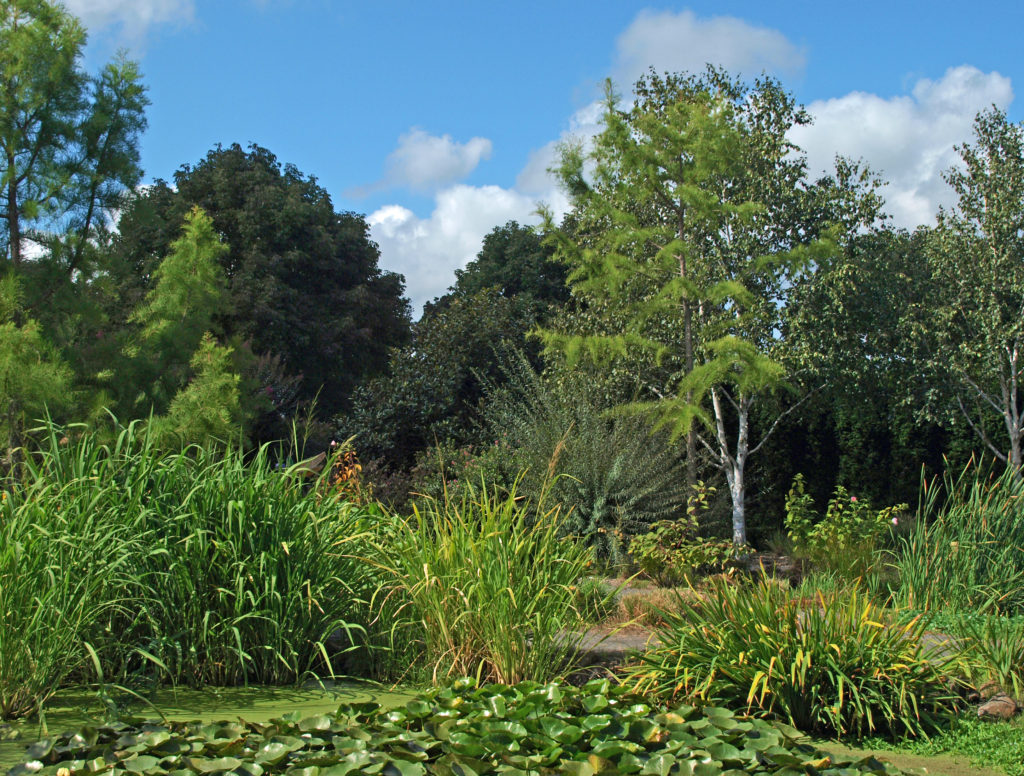
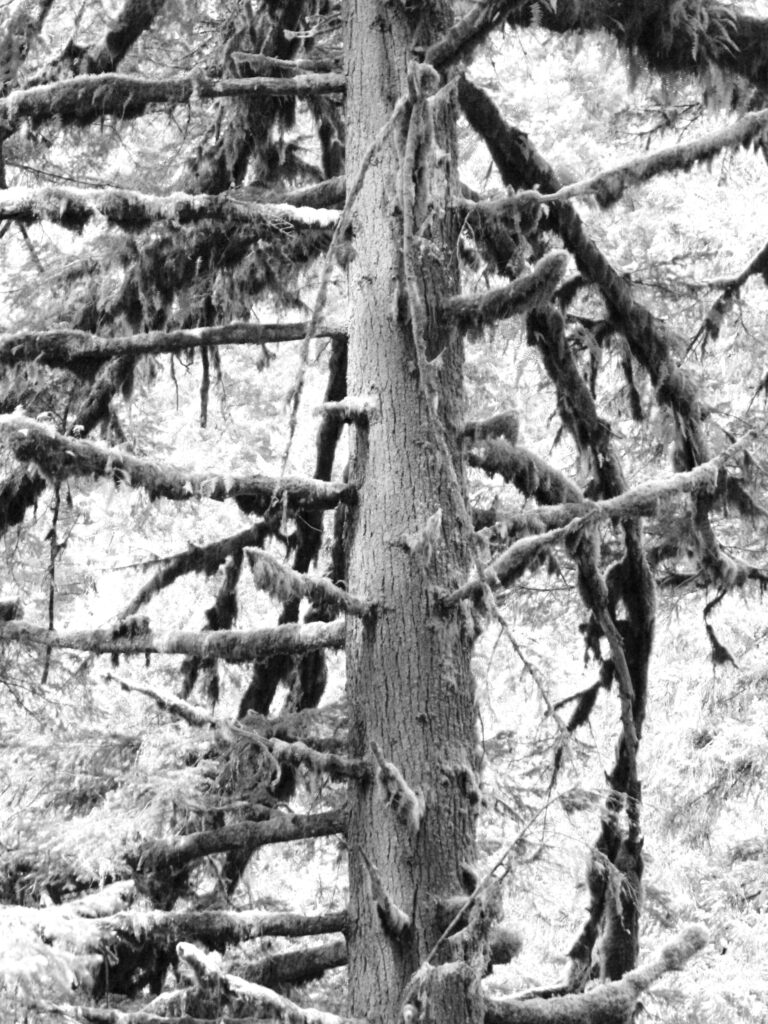
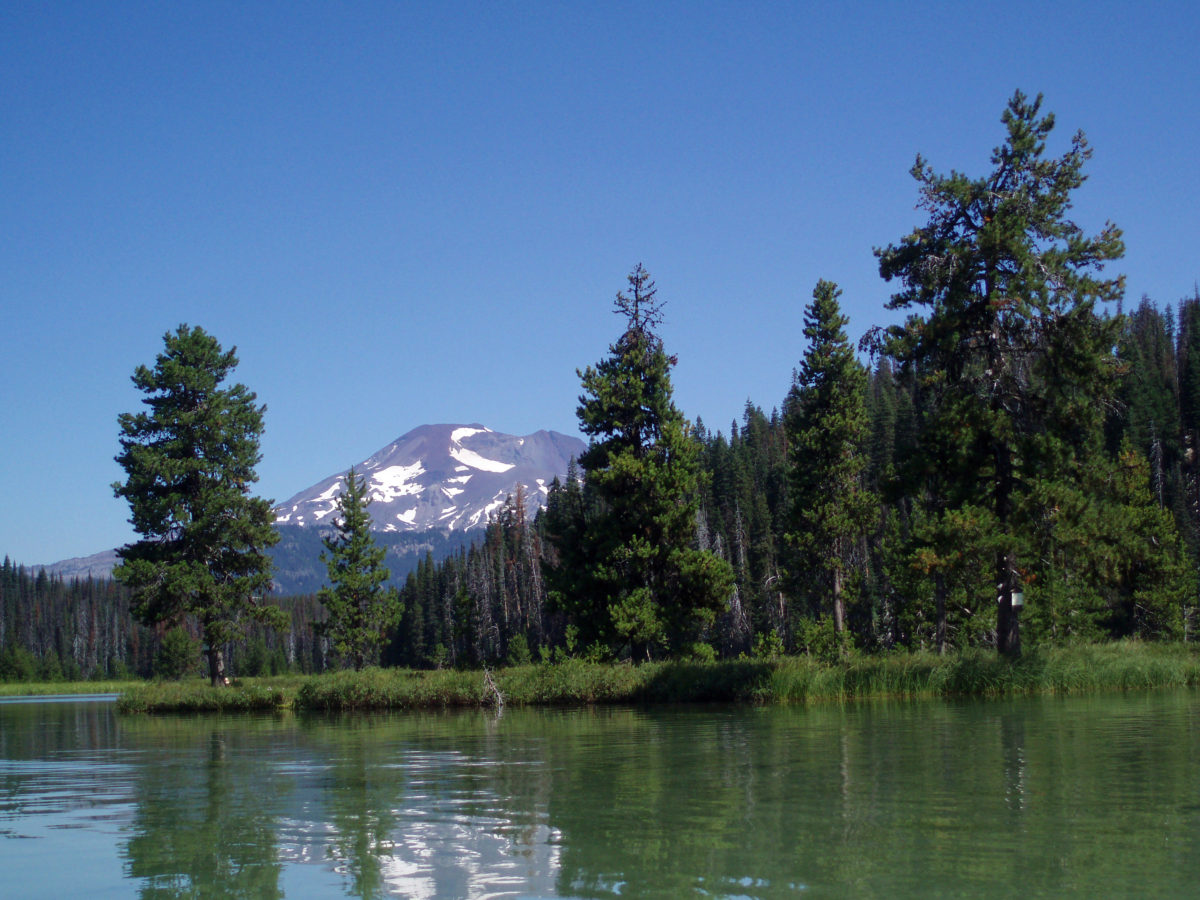
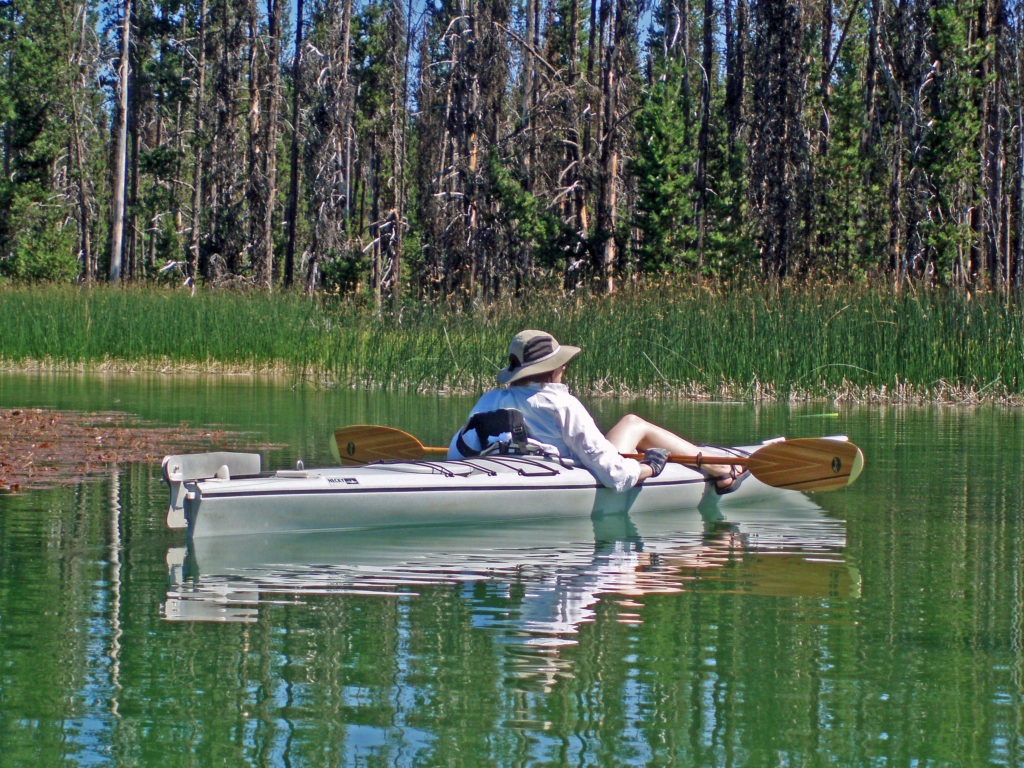
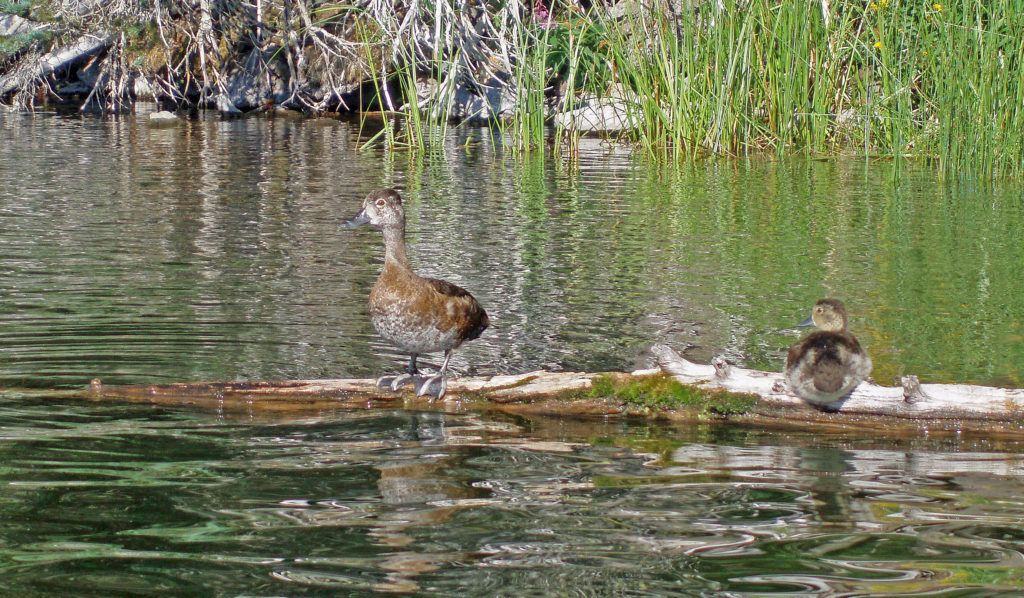
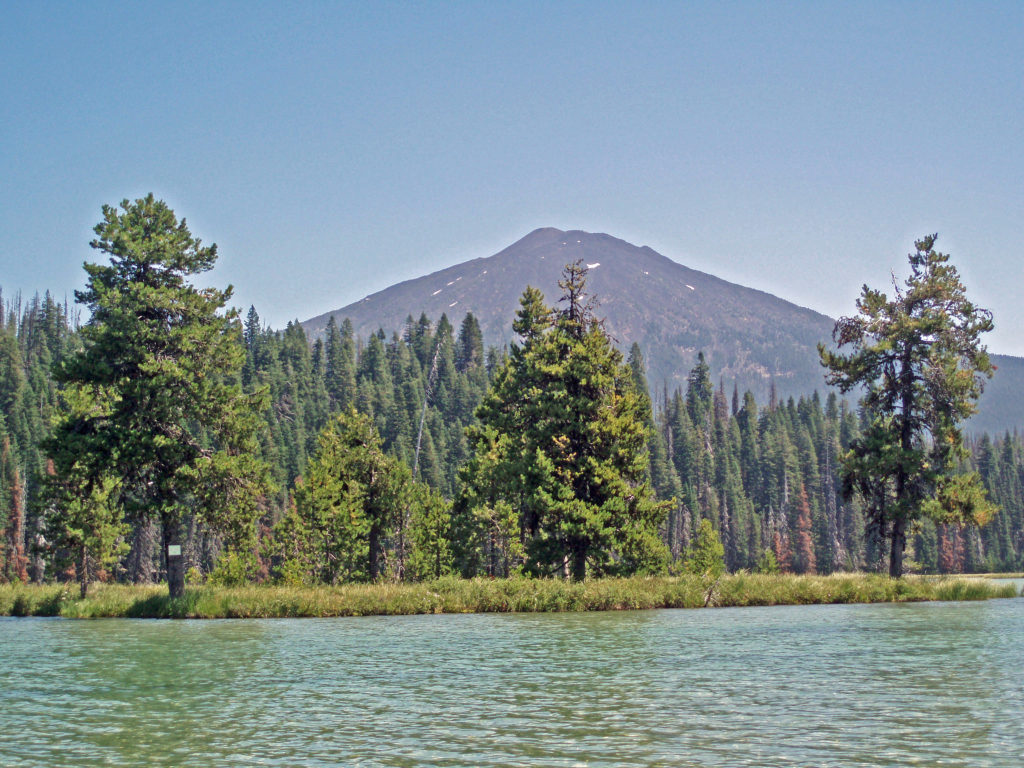 Hosmer Lake is a mix of open water and reeds, rushes, water lilies, and other marsh plants. Motorized craft (except for electric motor powered) are not allowed on the lake, which makes it ideal for kayaking or canoeing. It’s also not a big lake at 160 acres, so you can easily explore it all in an afternoon.
Hosmer Lake is a mix of open water and reeds, rushes, water lilies, and other marsh plants. Motorized craft (except for electric motor powered) are not allowed on the lake, which makes it ideal for kayaking or canoeing. It’s also not a big lake at 160 acres, so you can easily explore it all in an afternoon.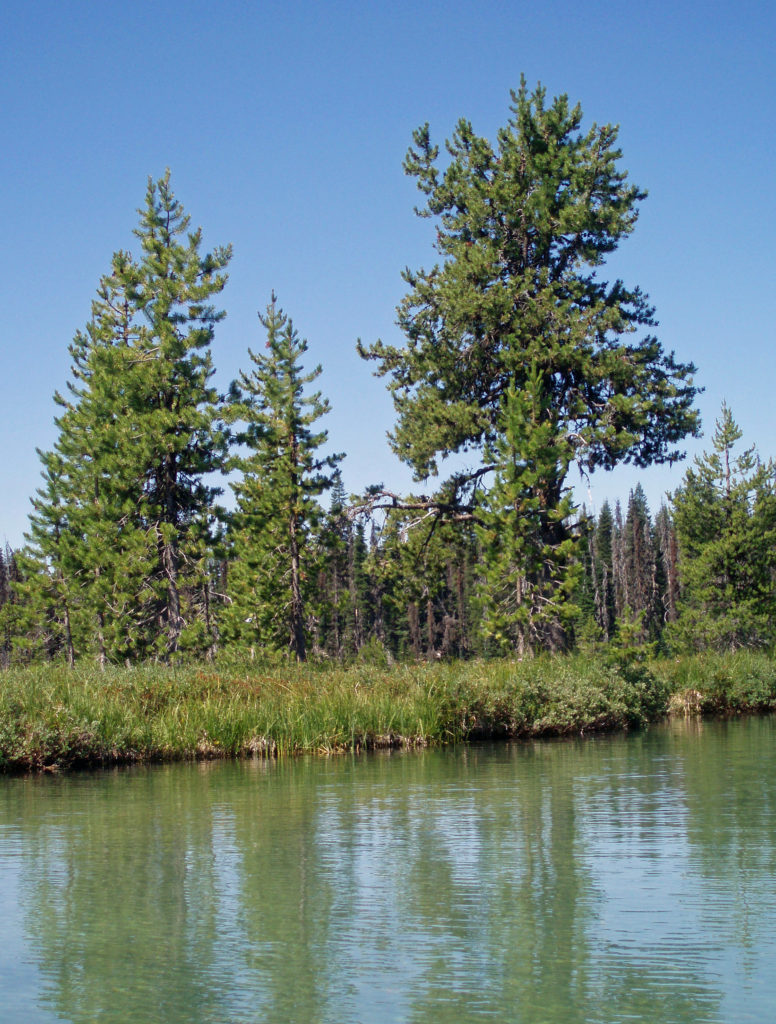
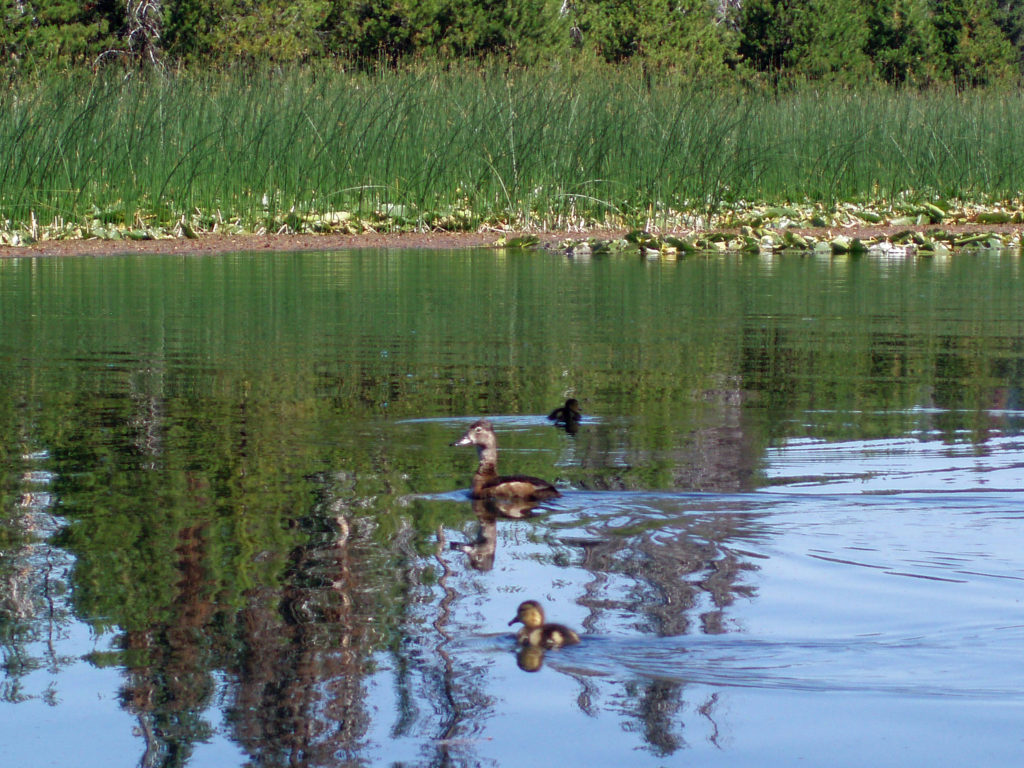
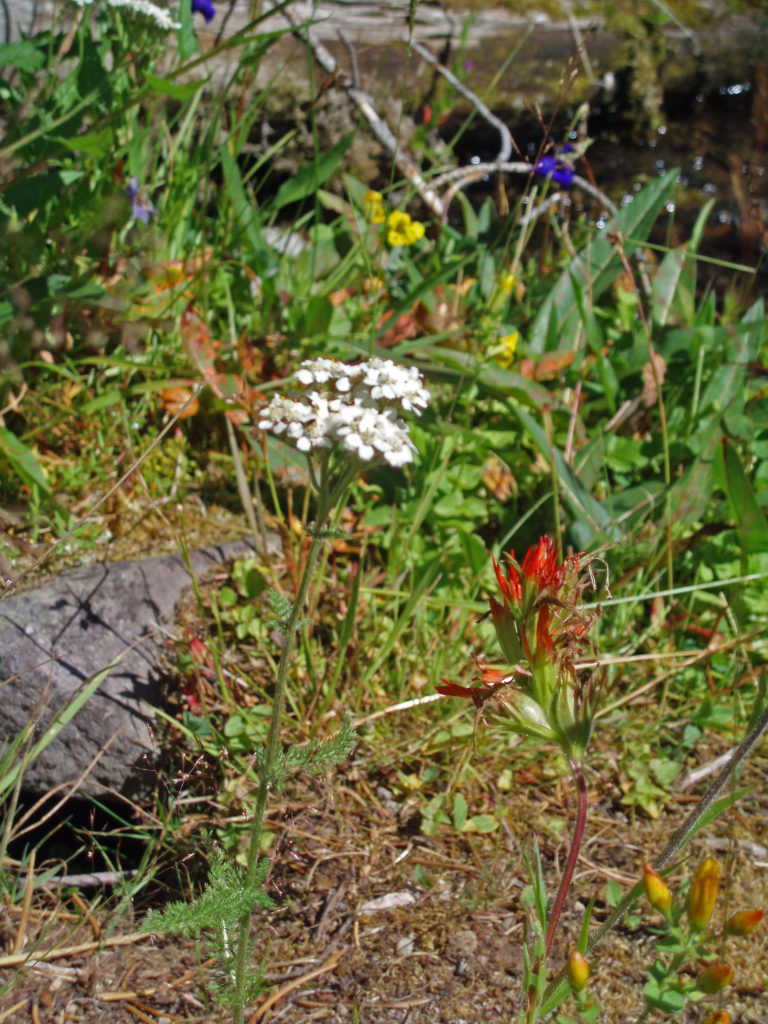
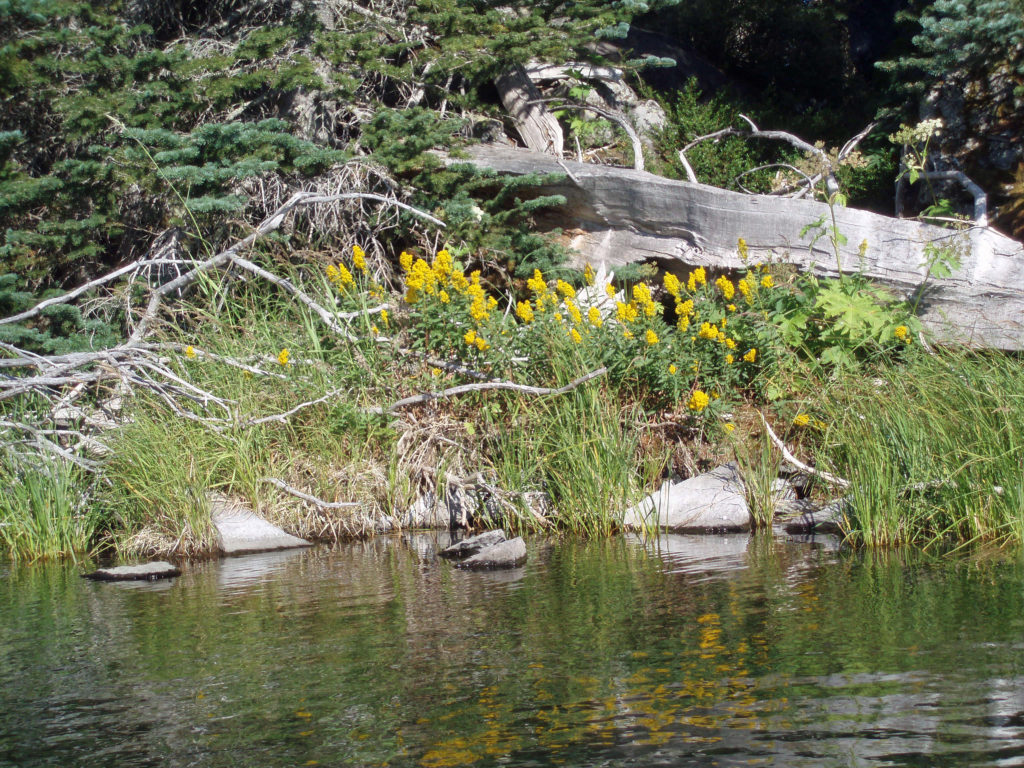
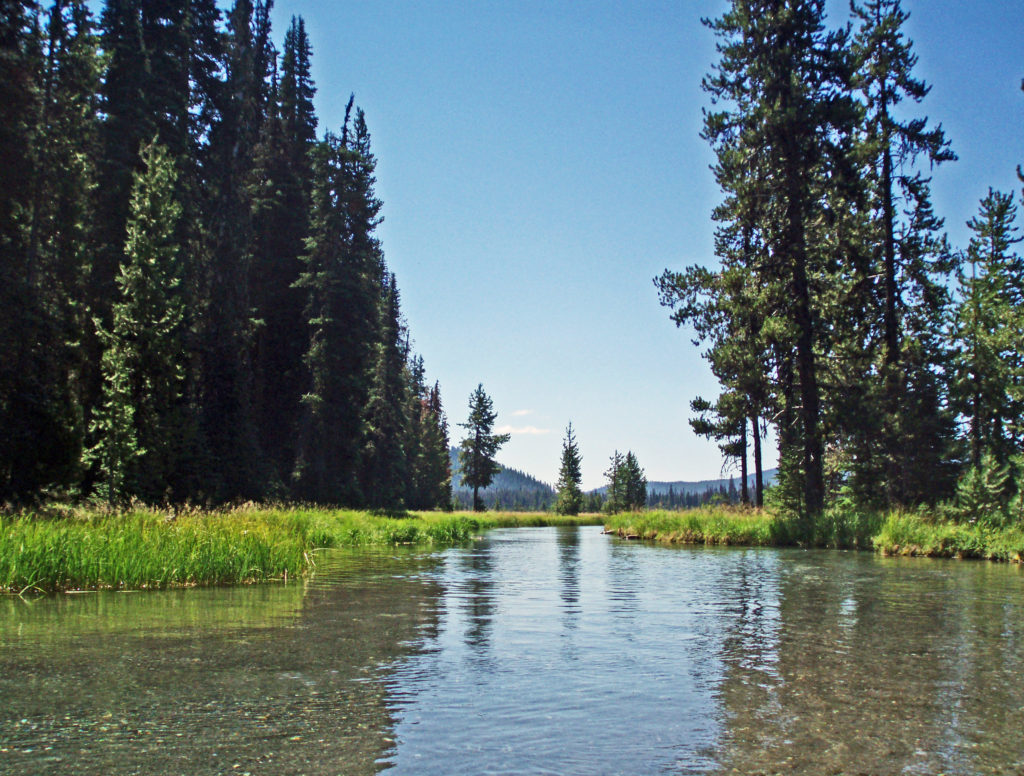 Hosmer Lake is fed by Quinn Creek, which flows into the north end of the lake. Quinn Creek is narrow and shallow, but it is possible to paddle up it for a ways. When we were there last, downed trees blocked our passage a few hundred yards from the mouth of the creek. We hauled our kayaks out of the water at that point and hiked along the creek to a small waterfall where we ate lunch and lingered awhile before heading back out on the water.
Hosmer Lake is fed by Quinn Creek, which flows into the north end of the lake. Quinn Creek is narrow and shallow, but it is possible to paddle up it for a ways. When we were there last, downed trees blocked our passage a few hundred yards from the mouth of the creek. We hauled our kayaks out of the water at that point and hiked along the creek to a small waterfall where we ate lunch and lingered awhile before heading back out on the water. Recalling our visits to Hosmer Lake, I’m eager now to get back to the area and get back on the water again. It’s a beautiful place, and one of my favorite destinations.
Recalling our visits to Hosmer Lake, I’m eager now to get back to the area and get back on the water again. It’s a beautiful place, and one of my favorite destinations. 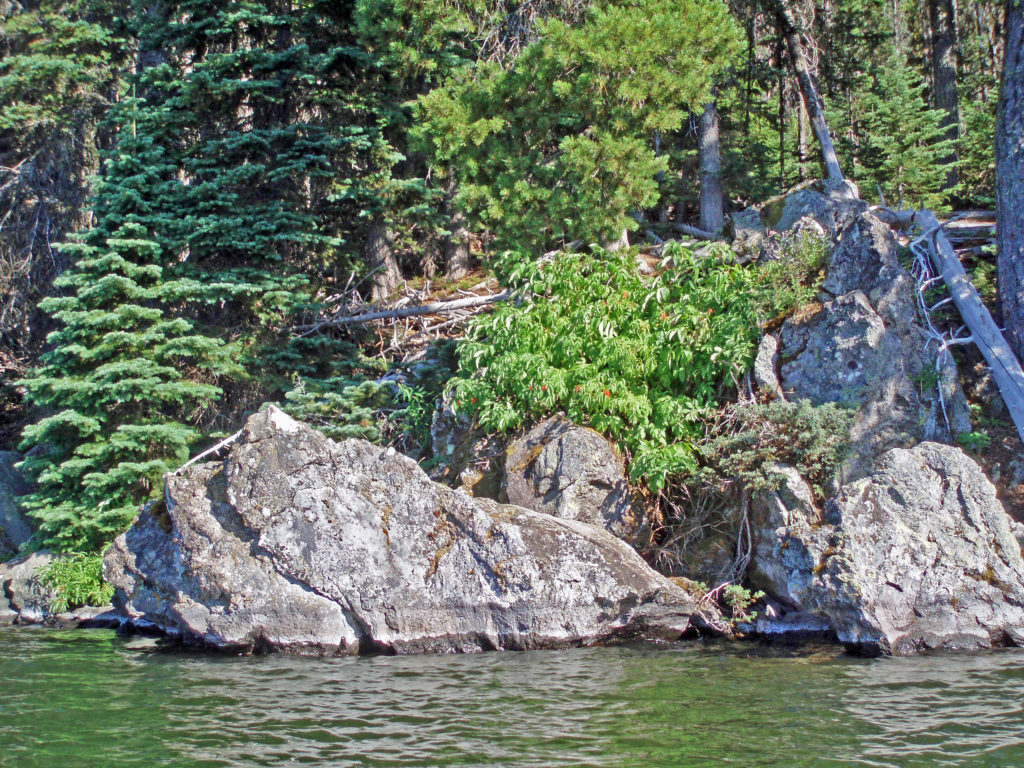 Hosmer Lake is located in the Deschutes National Forest. Check the Forest Service
Hosmer Lake is located in the Deschutes National Forest. Check the Forest Service 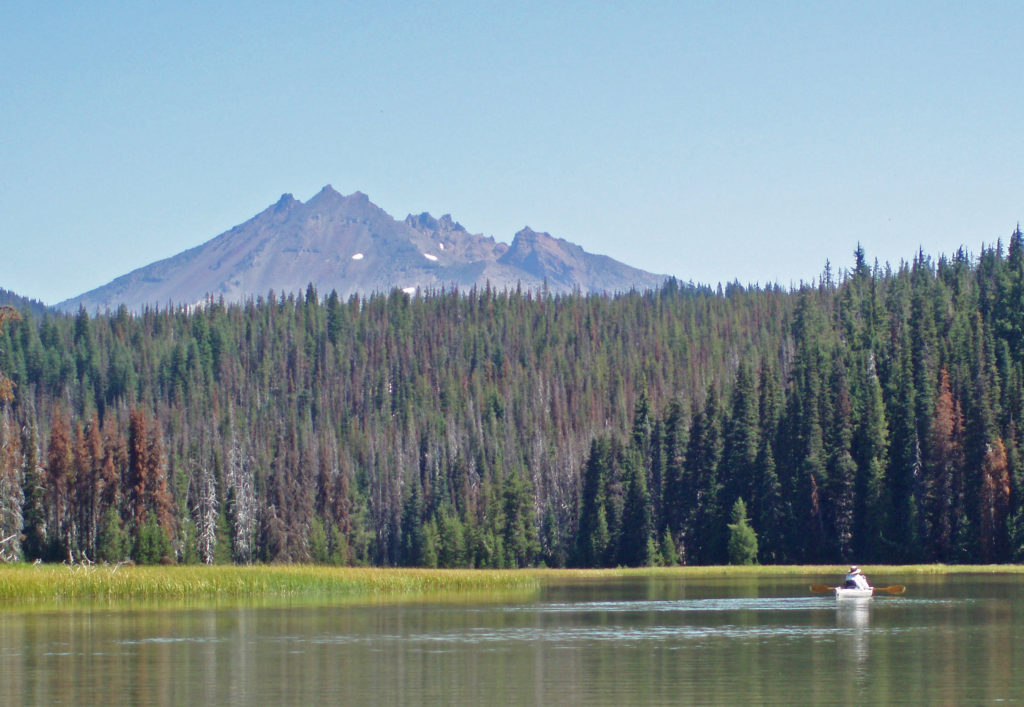
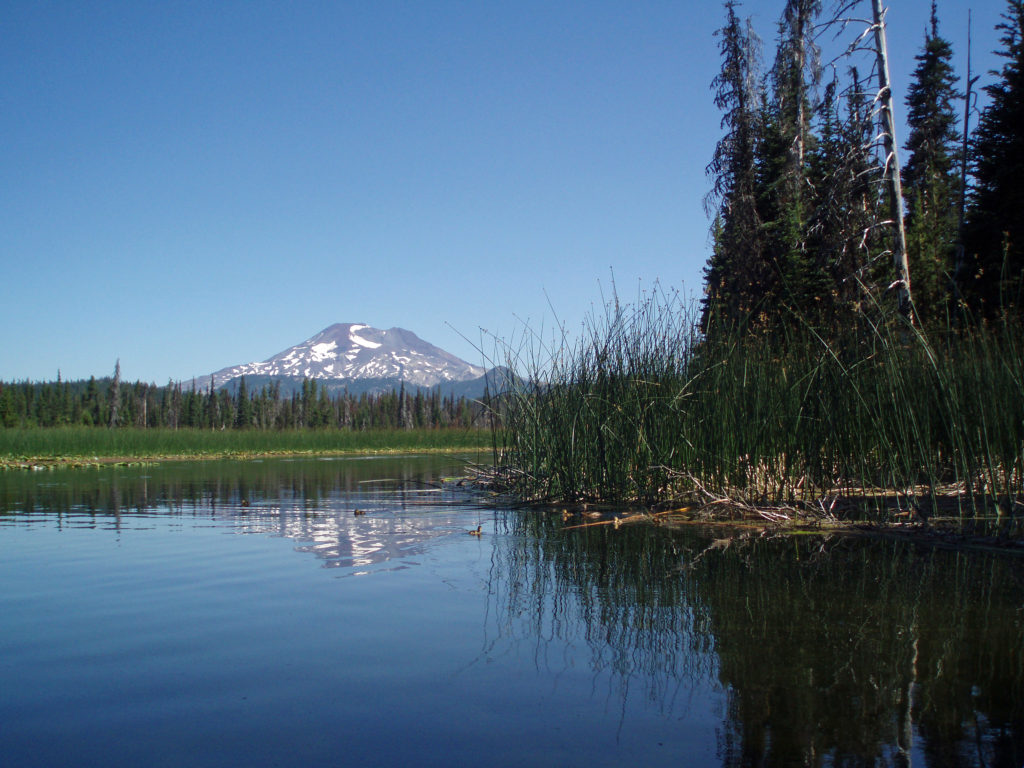
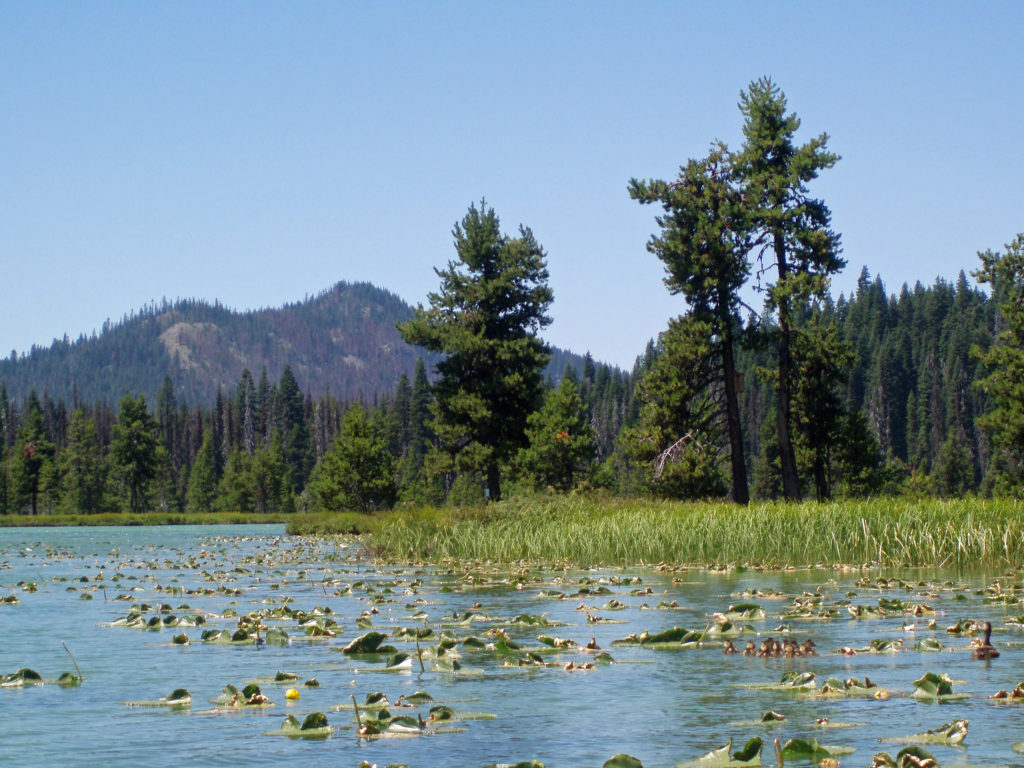
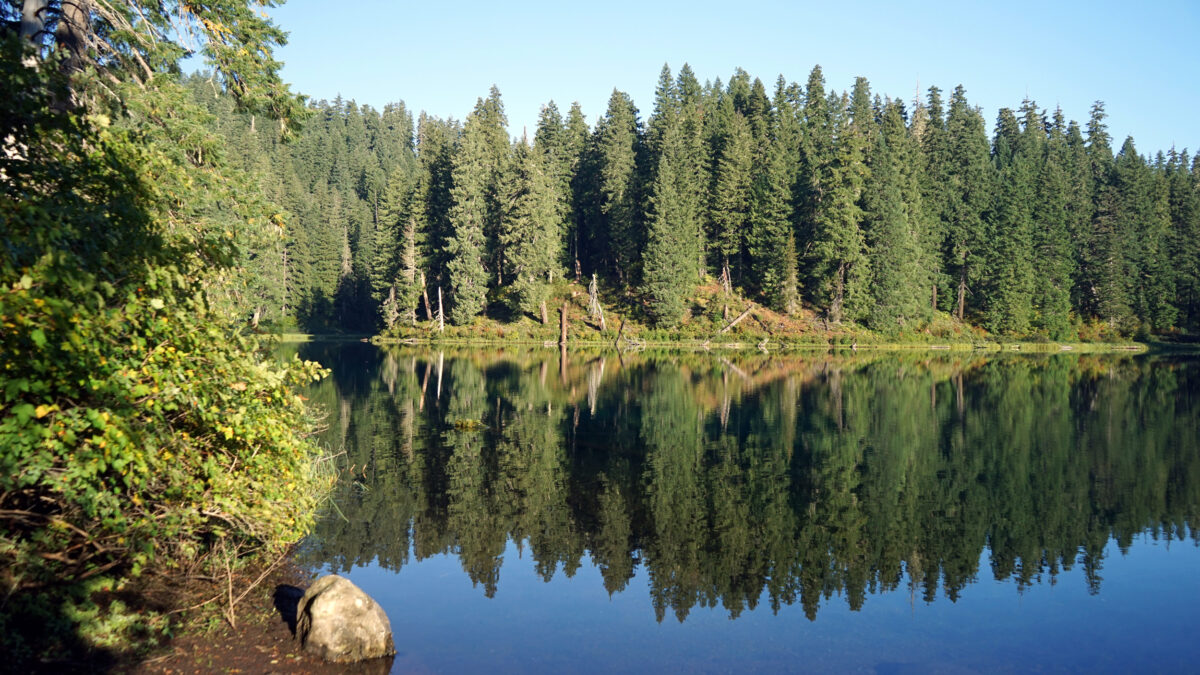
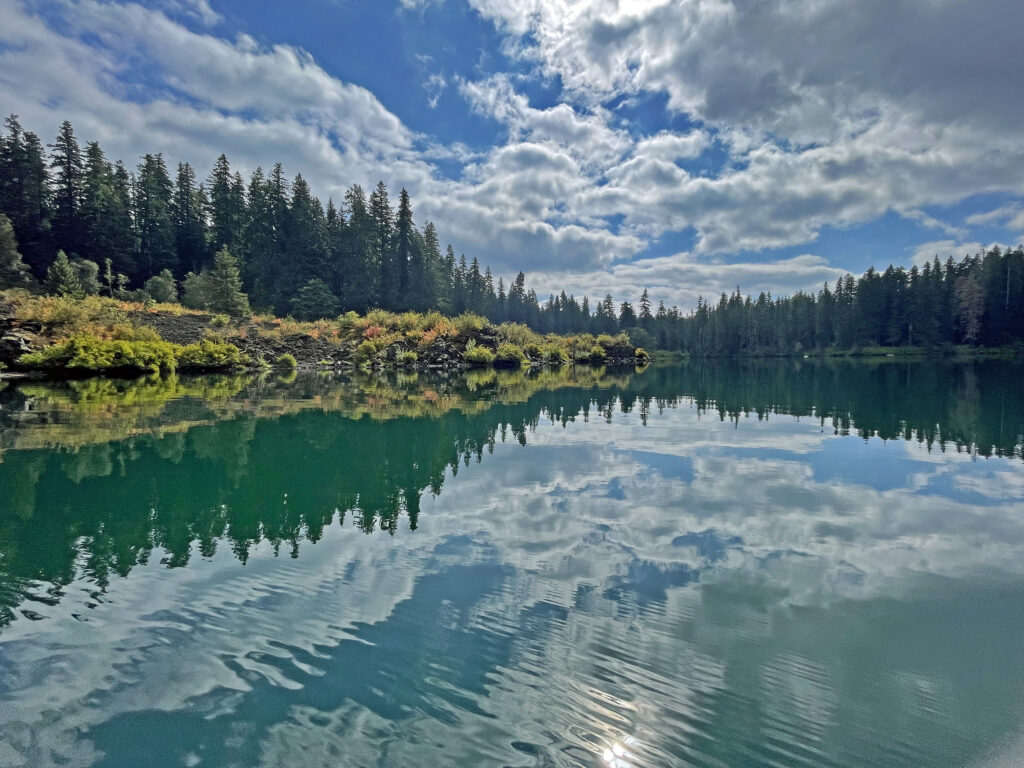

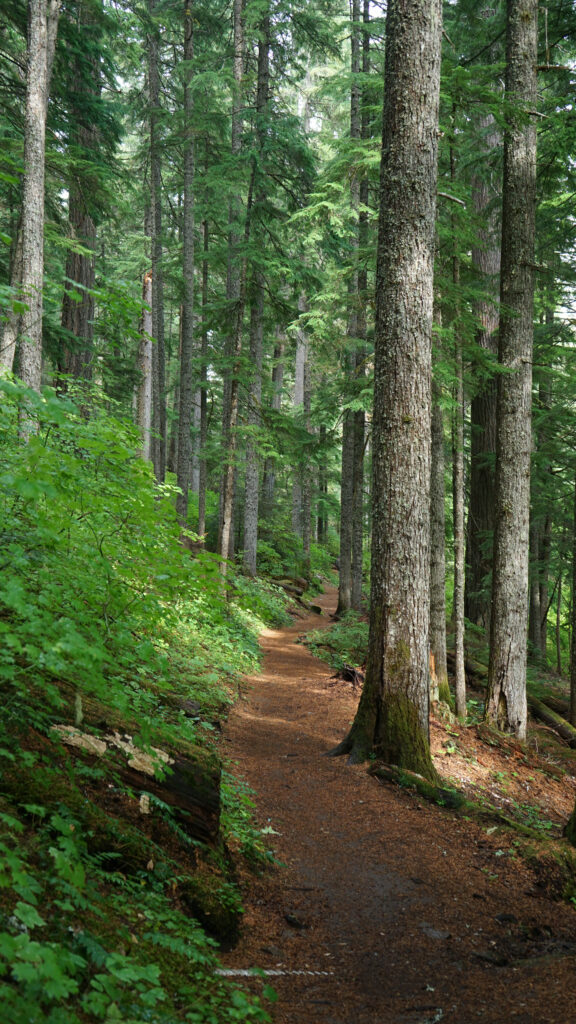
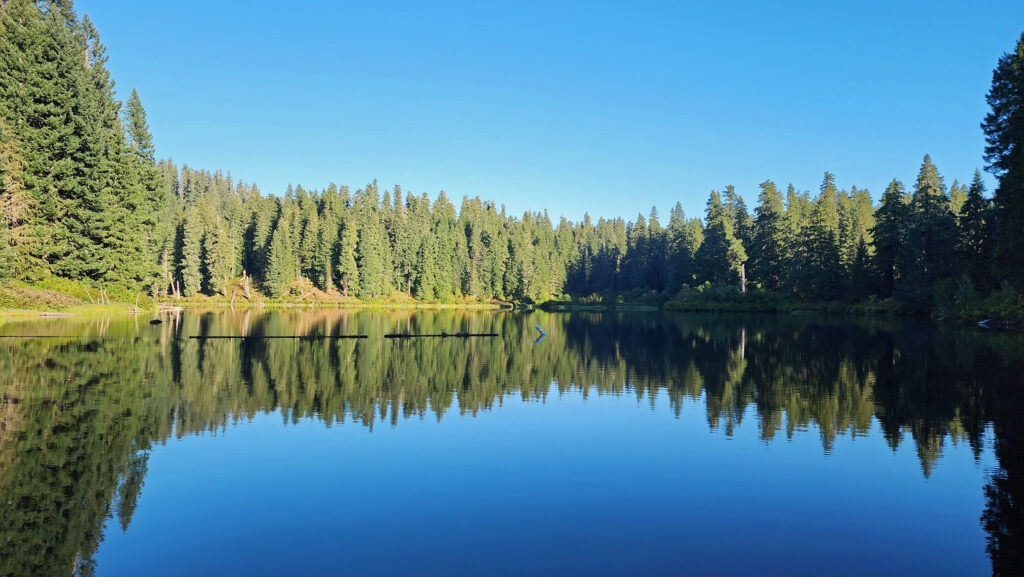
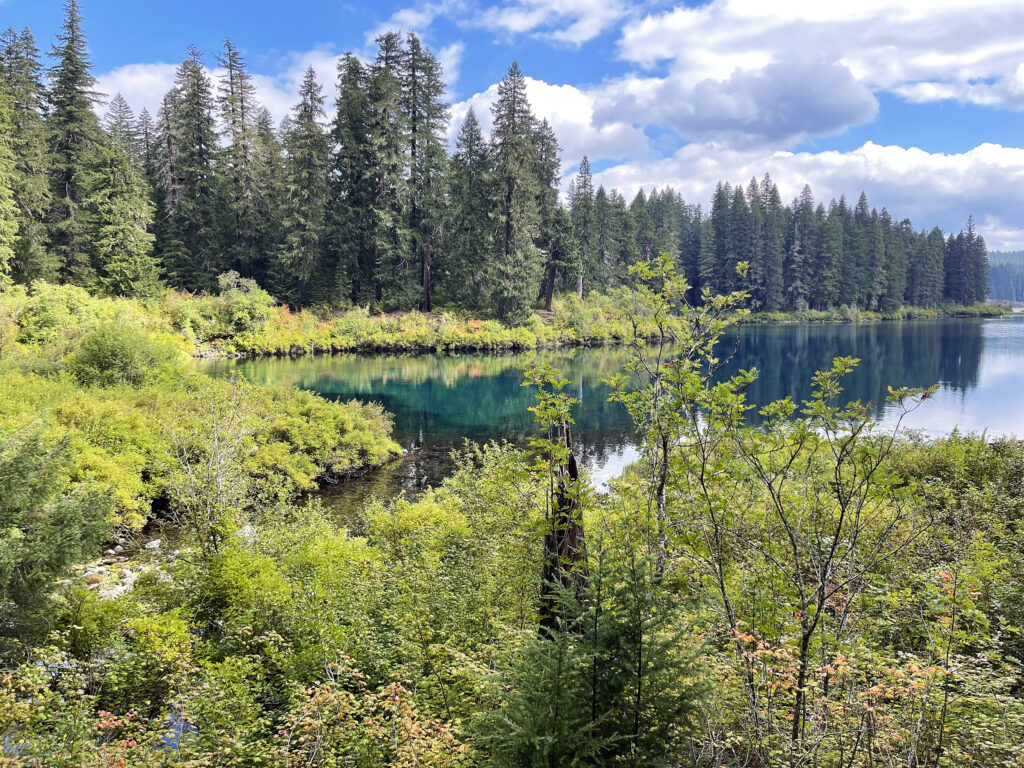
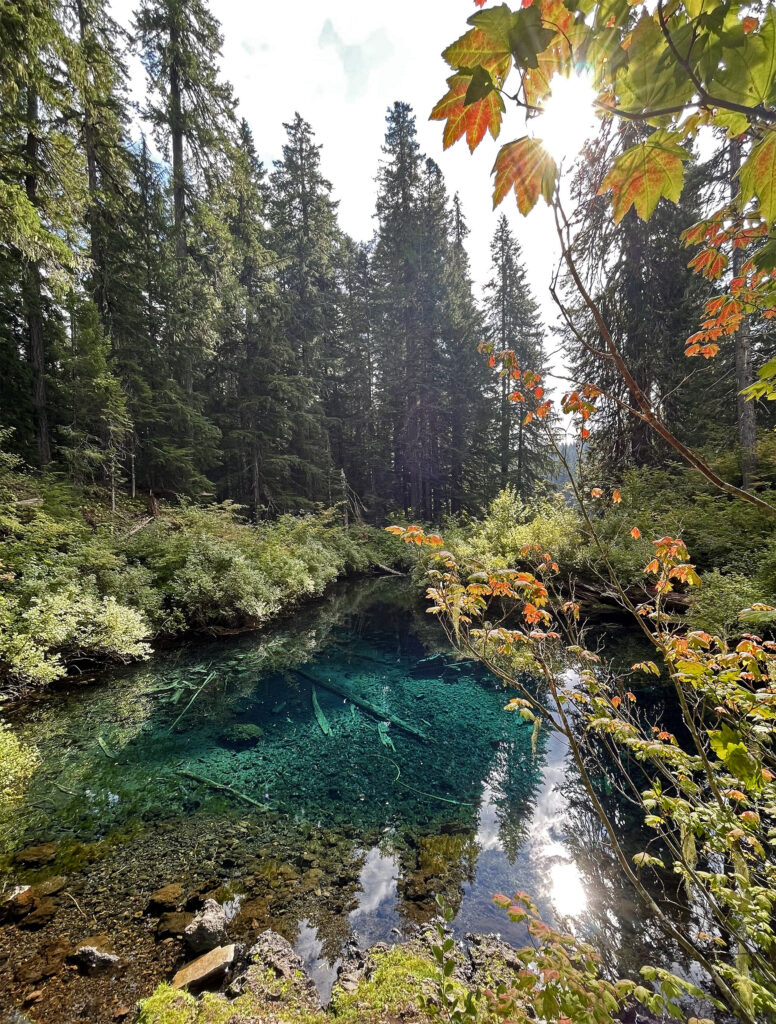

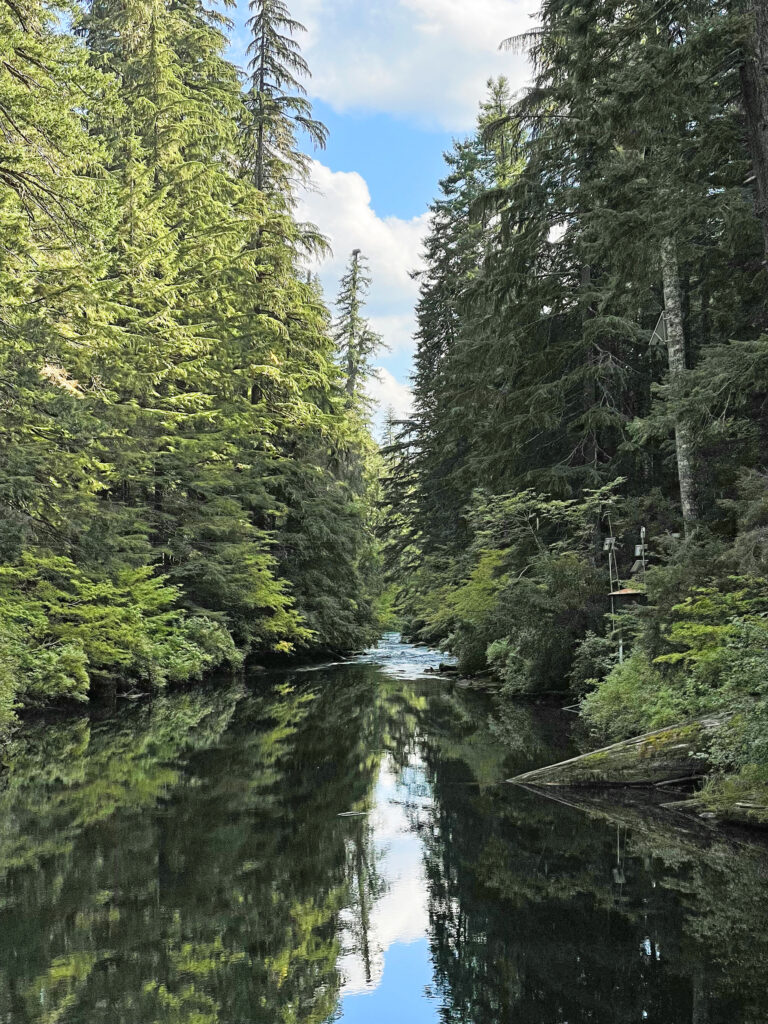
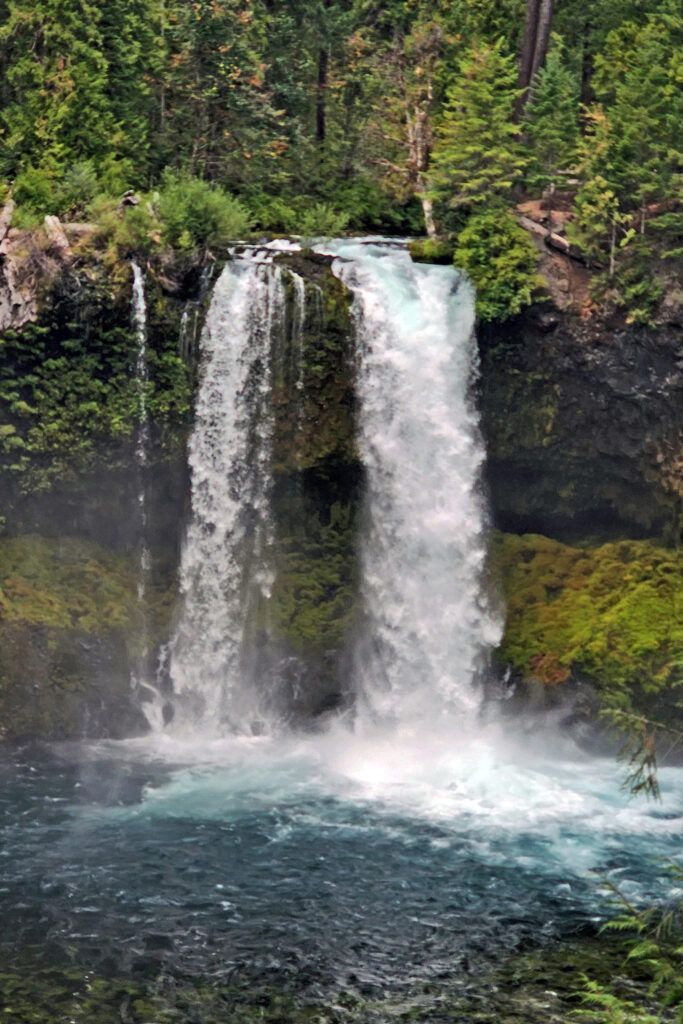
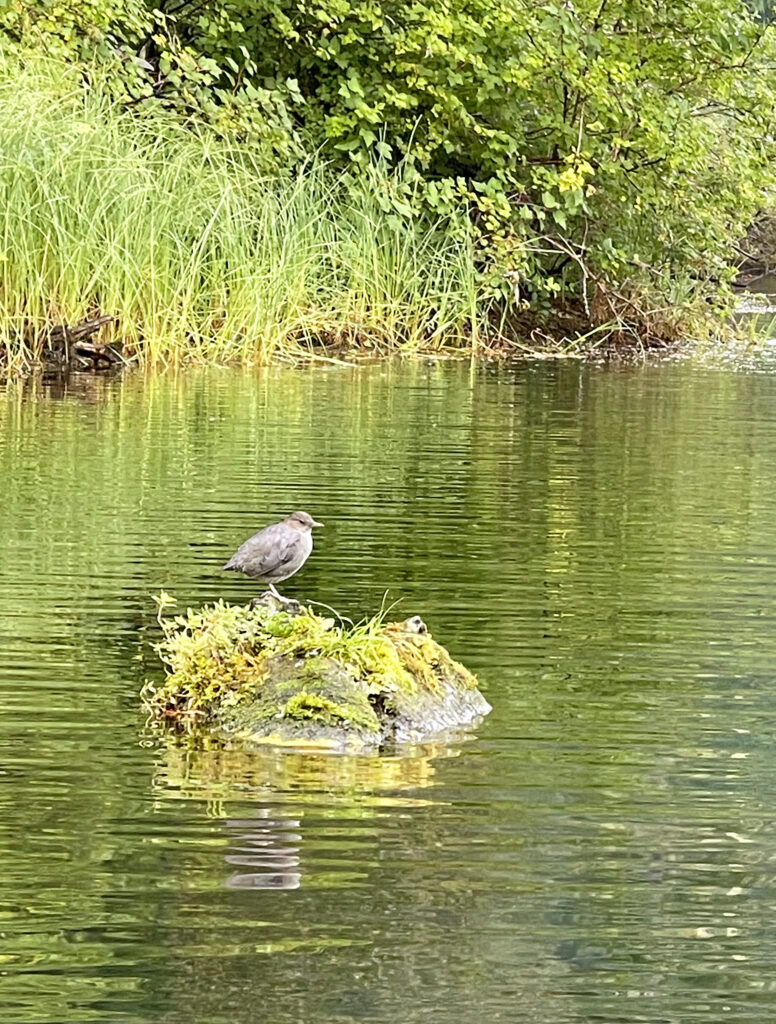
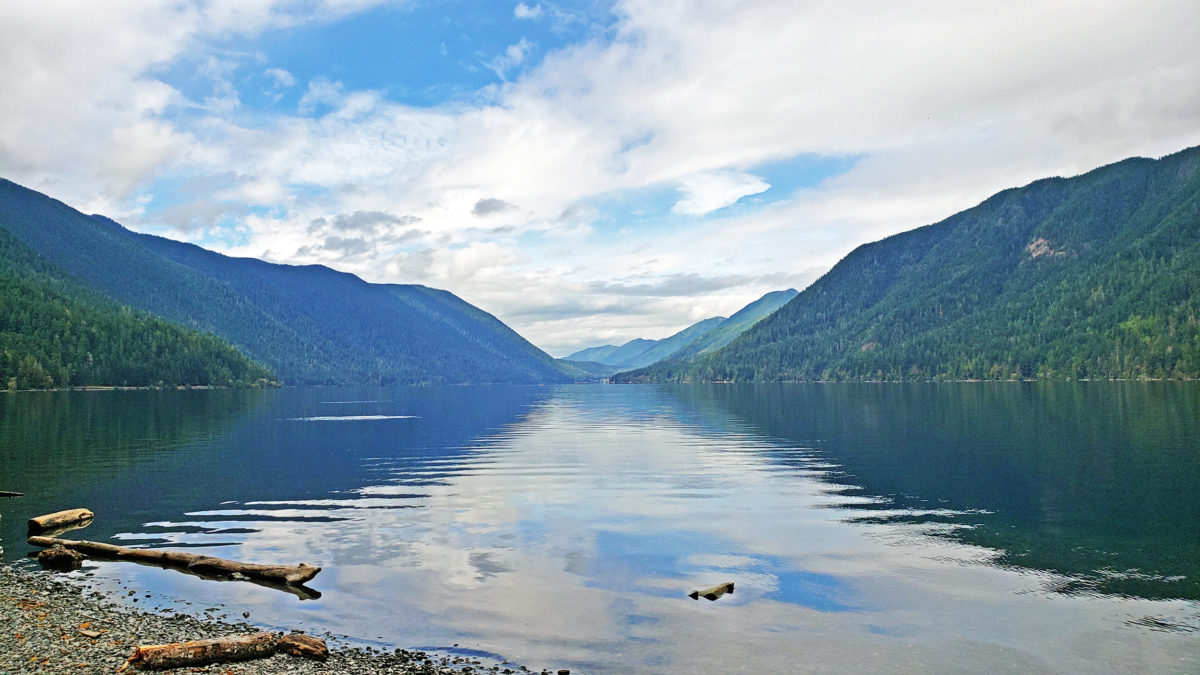
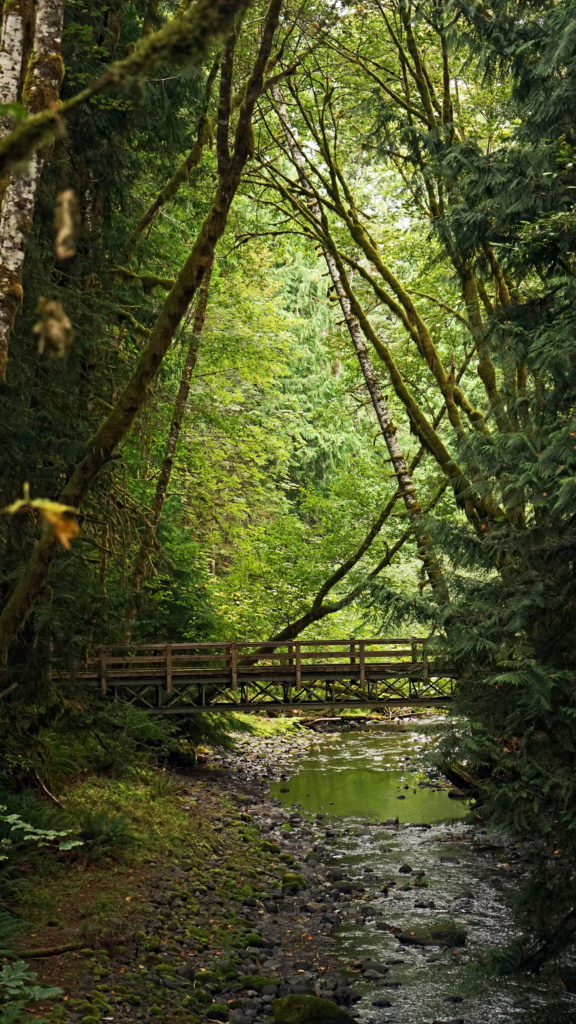
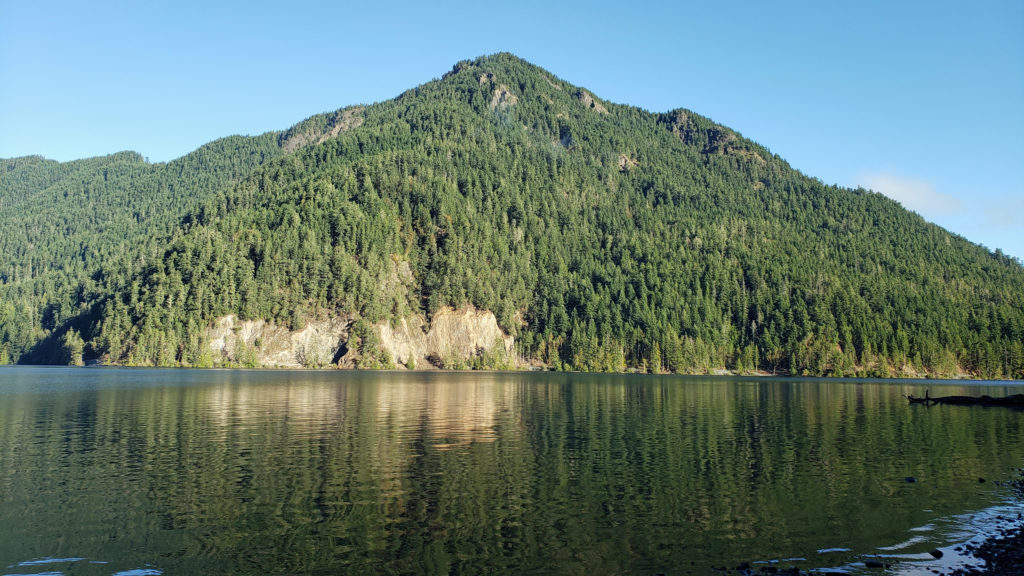
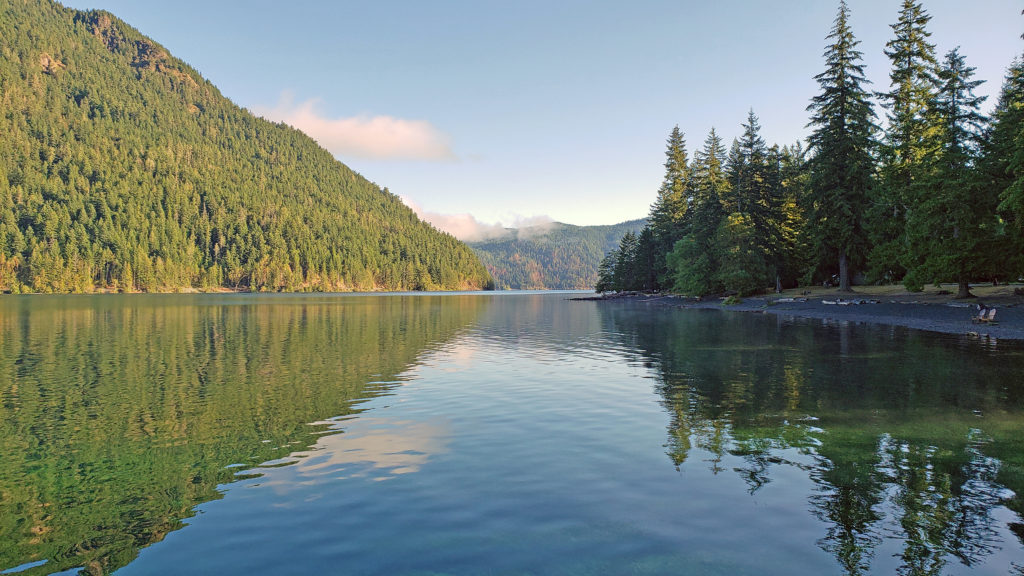
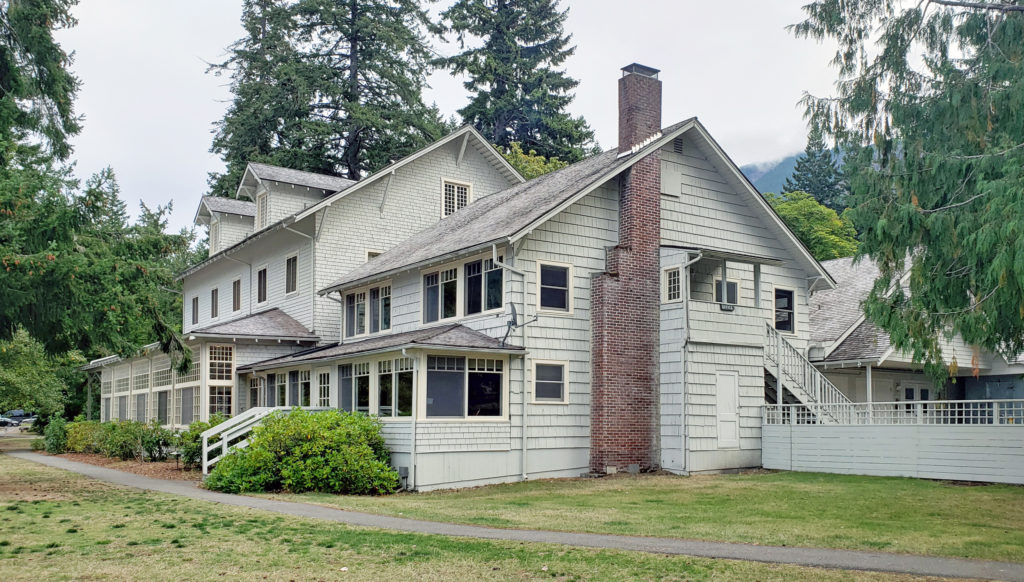
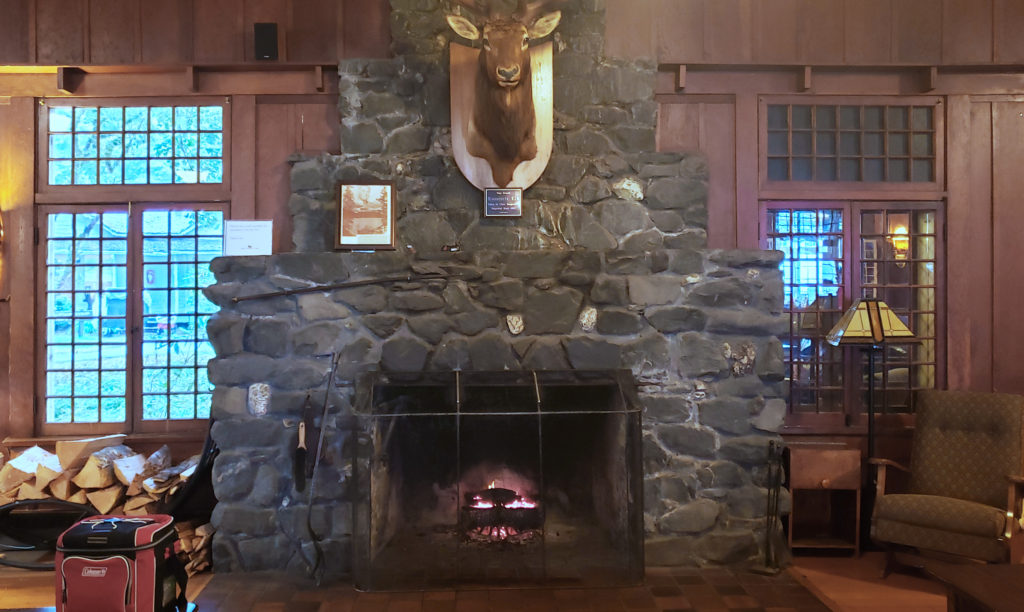
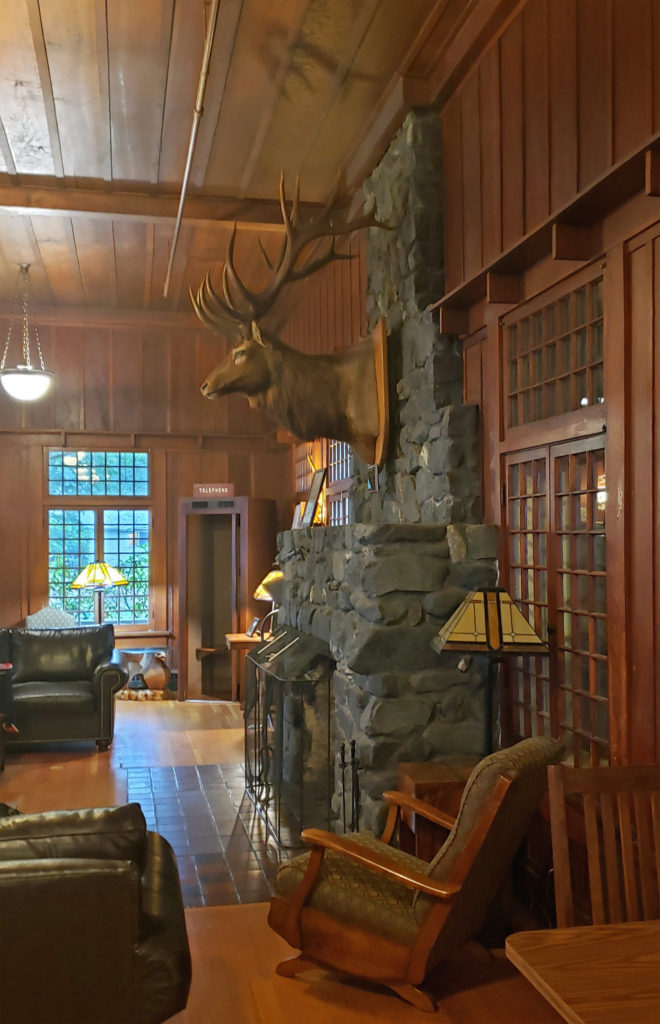

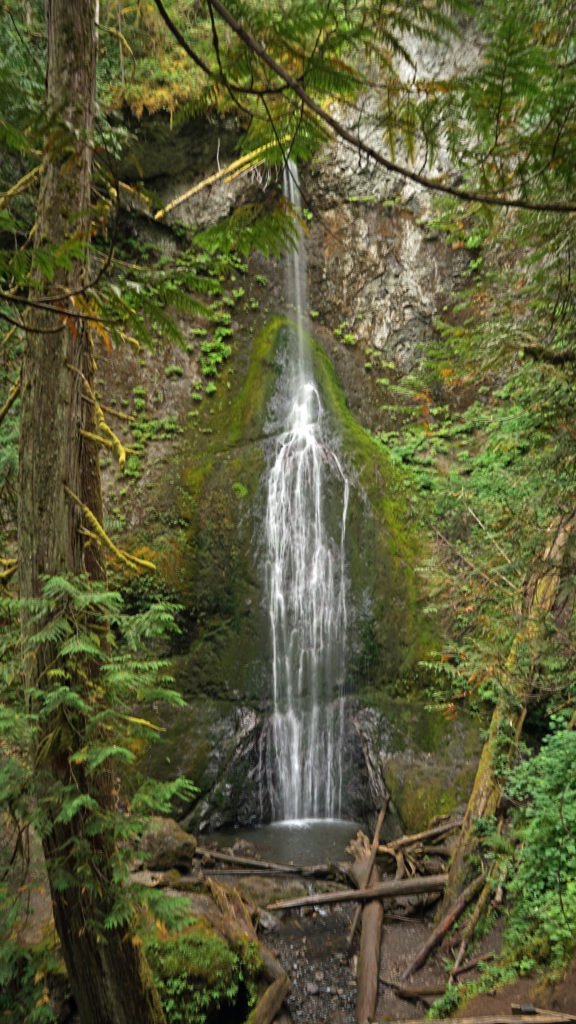
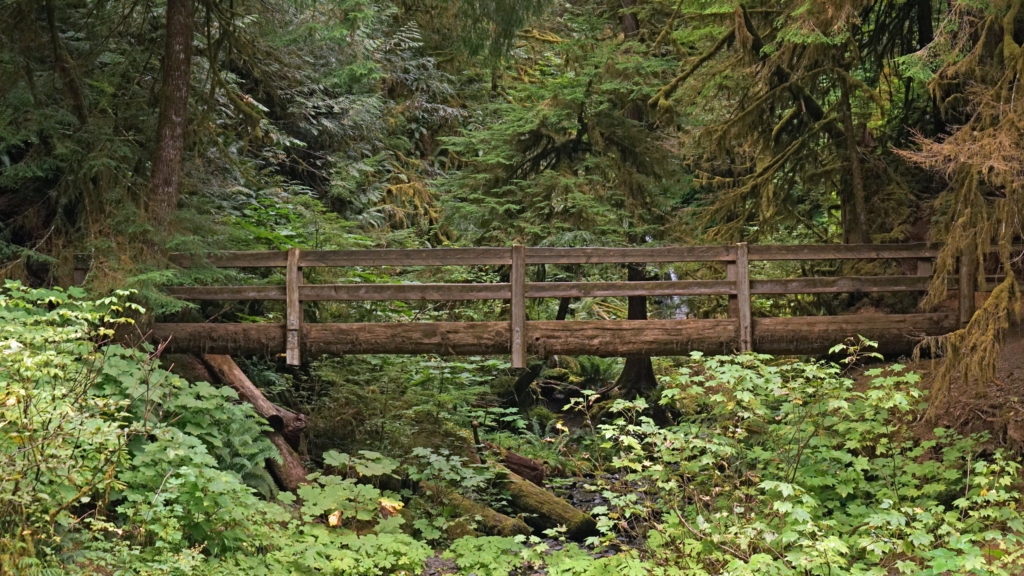
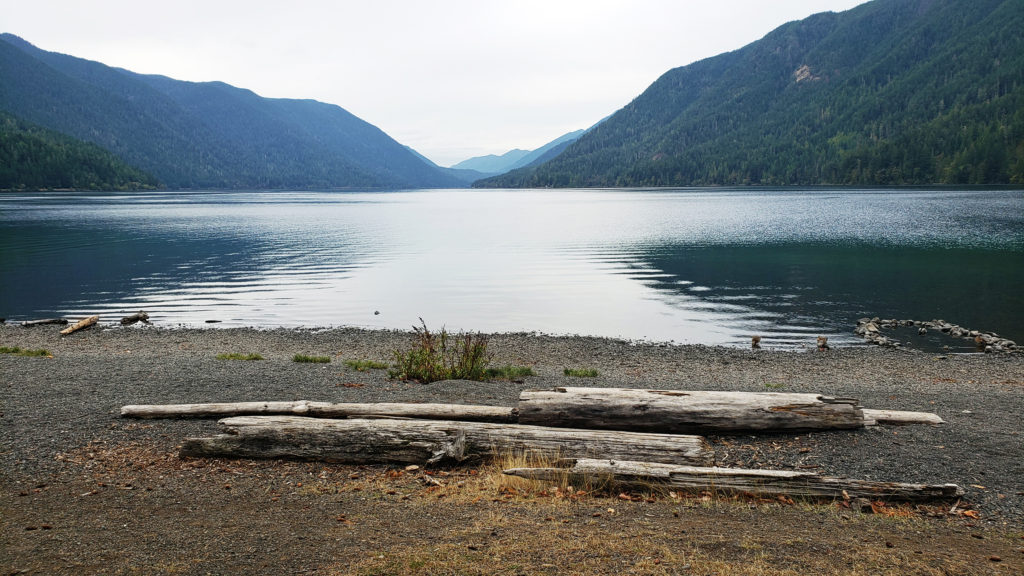
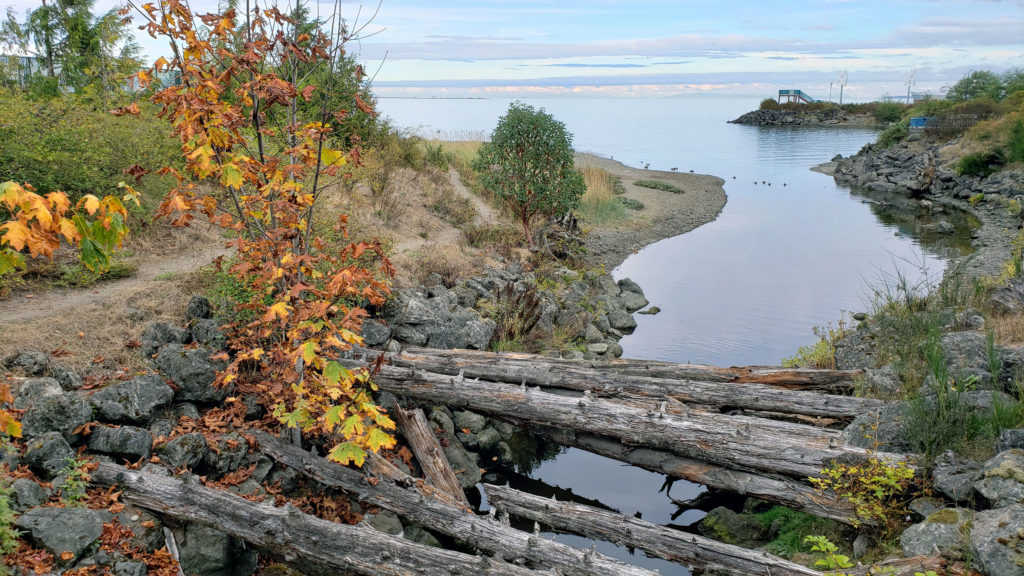

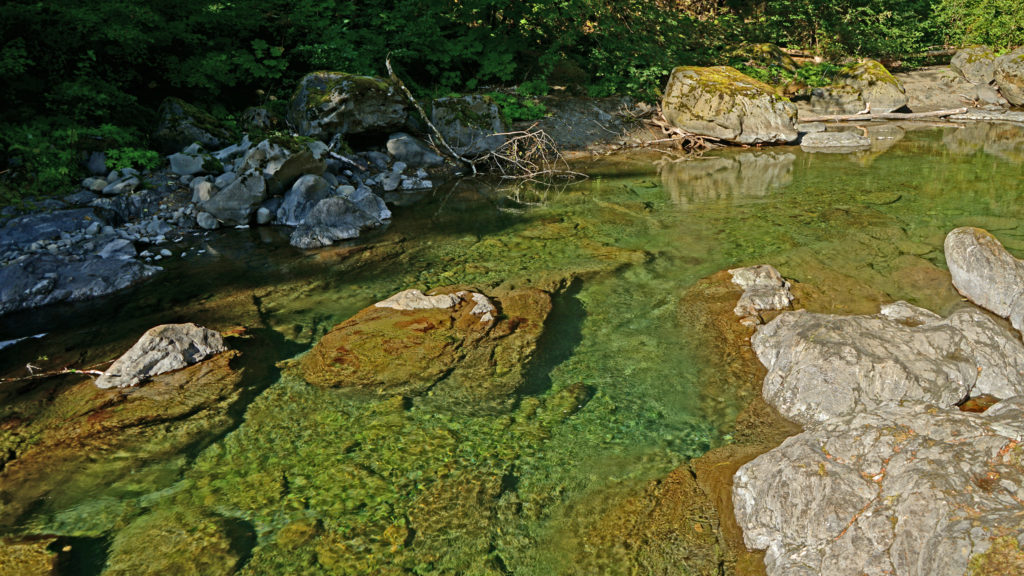
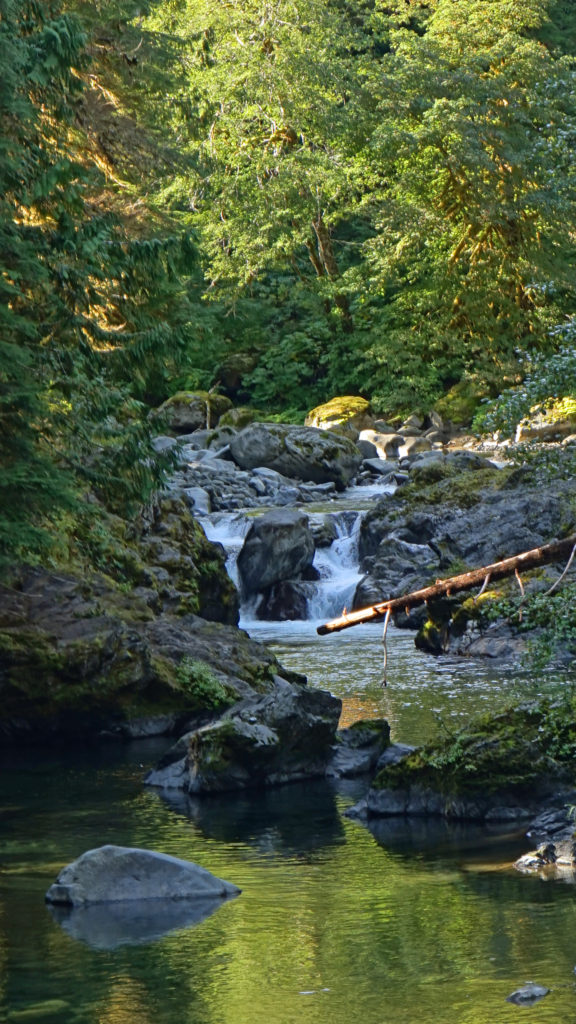 The nearby
The nearby 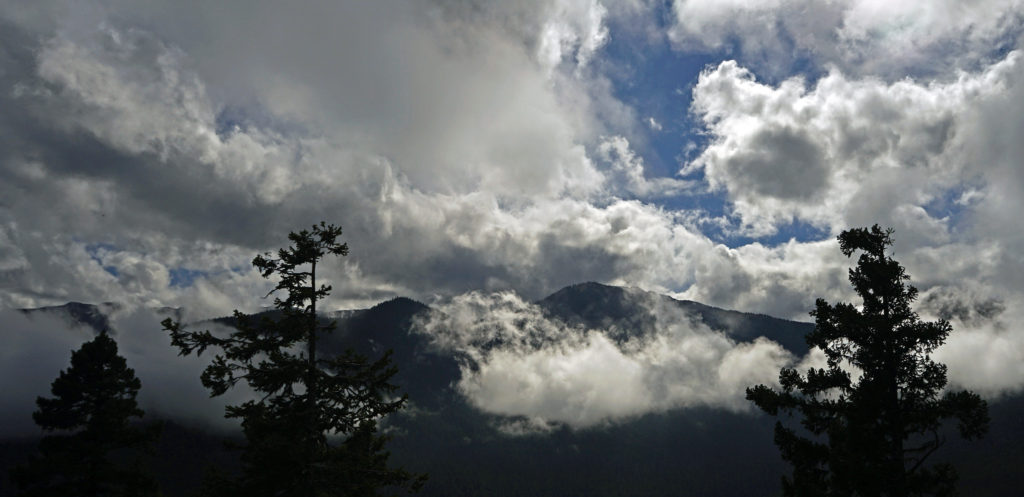
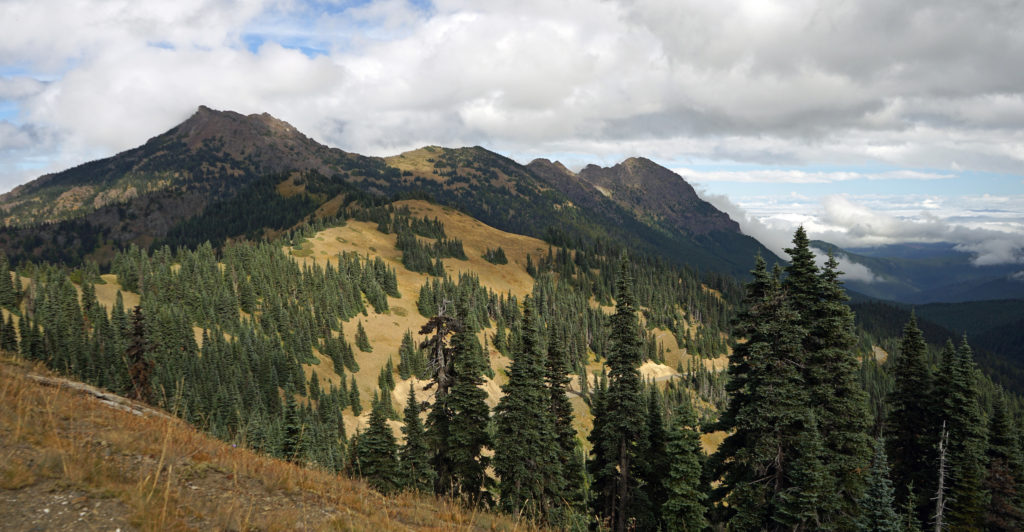 After our hike to Sol Duc Falls we drove to the Hurricane Ridge Visitor Center to do some more hiking and sightseeing. The visitor center is located 17 miles south of Port Angeles at an elevation of 5242 feet above sea level. Hurricane Ridge is the only alpine area in Olympic National Park accessible by car, which makes it very popular and means it can be very crowded, especially on summer weekends. We were there in the middle of the week in late September, though, so crowds weren’t much of an issue.
After our hike to Sol Duc Falls we drove to the Hurricane Ridge Visitor Center to do some more hiking and sightseeing. The visitor center is located 17 miles south of Port Angeles at an elevation of 5242 feet above sea level. Hurricane Ridge is the only alpine area in Olympic National Park accessible by car, which makes it very popular and means it can be very crowded, especially on summer weekends. We were there in the middle of the week in late September, though, so crowds weren’t much of an issue.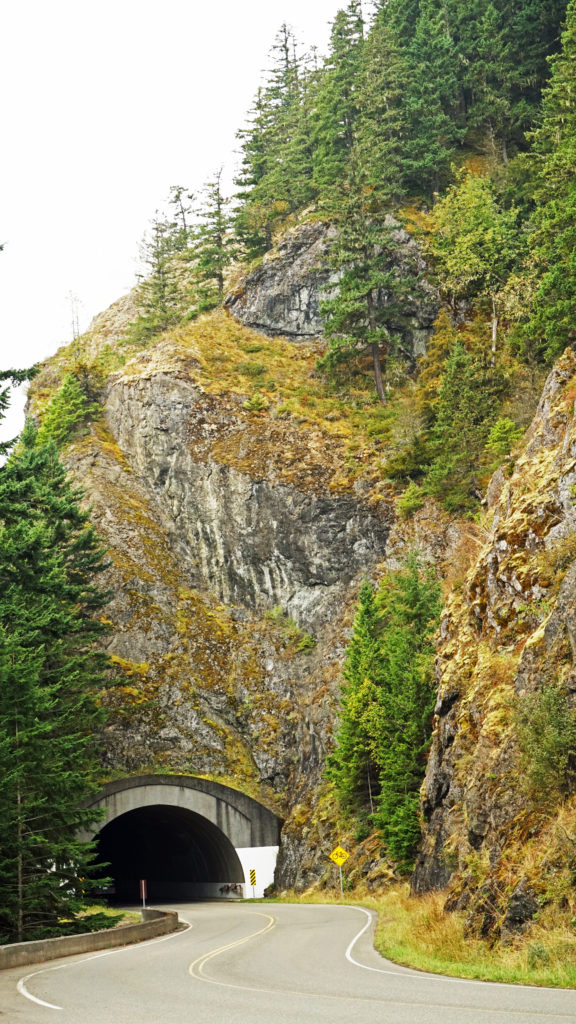 The Hurricane Ridge Road is paved, but winding with poor sight lines and several tunnels. It is also a popular challenge for cyclists because of the elevation gain, so go slow and watch for bicycles on the road.
The Hurricane Ridge Road is paved, but winding with poor sight lines and several tunnels. It is also a popular challenge for cyclists because of the elevation gain, so go slow and watch for bicycles on the road.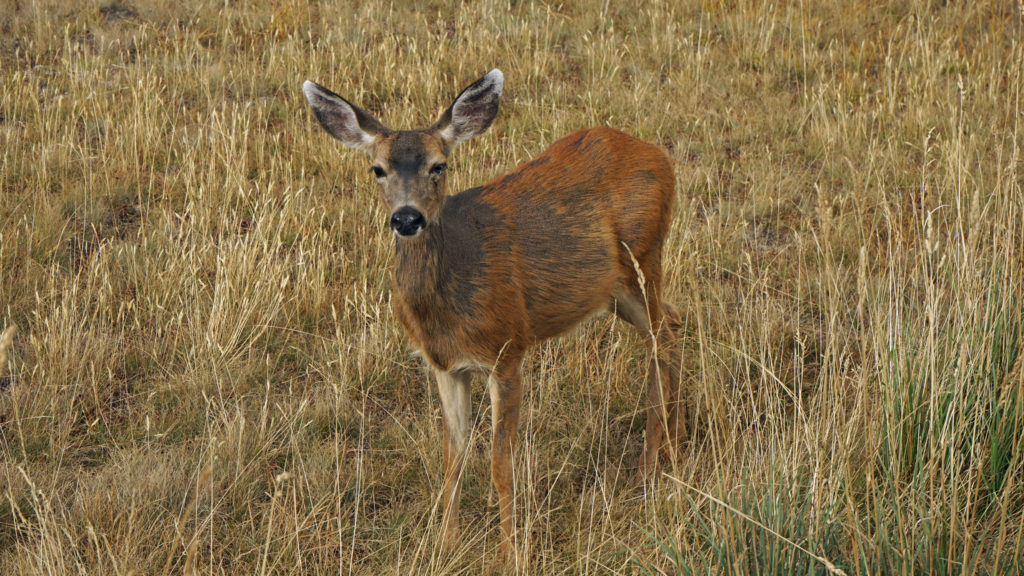
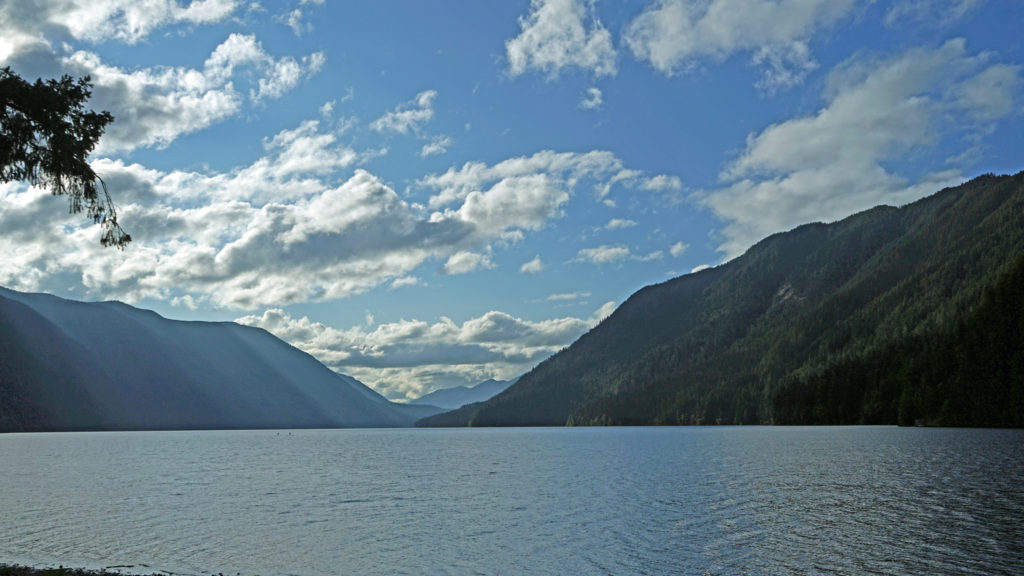
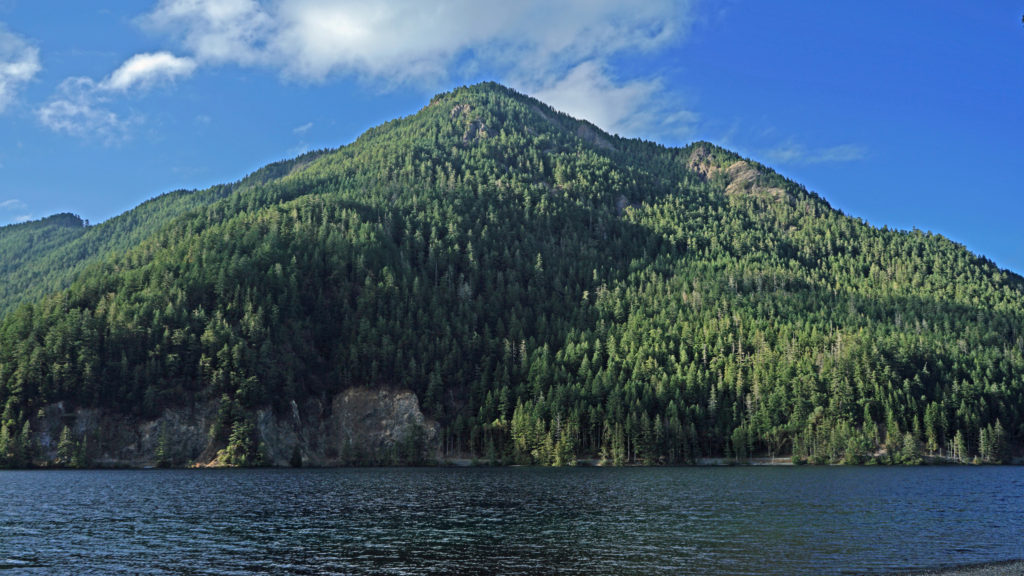 Originally posted November 7, 2020. Updated and re-posted November 9, 2022.
Originally posted November 7, 2020. Updated and re-posted November 9, 2022.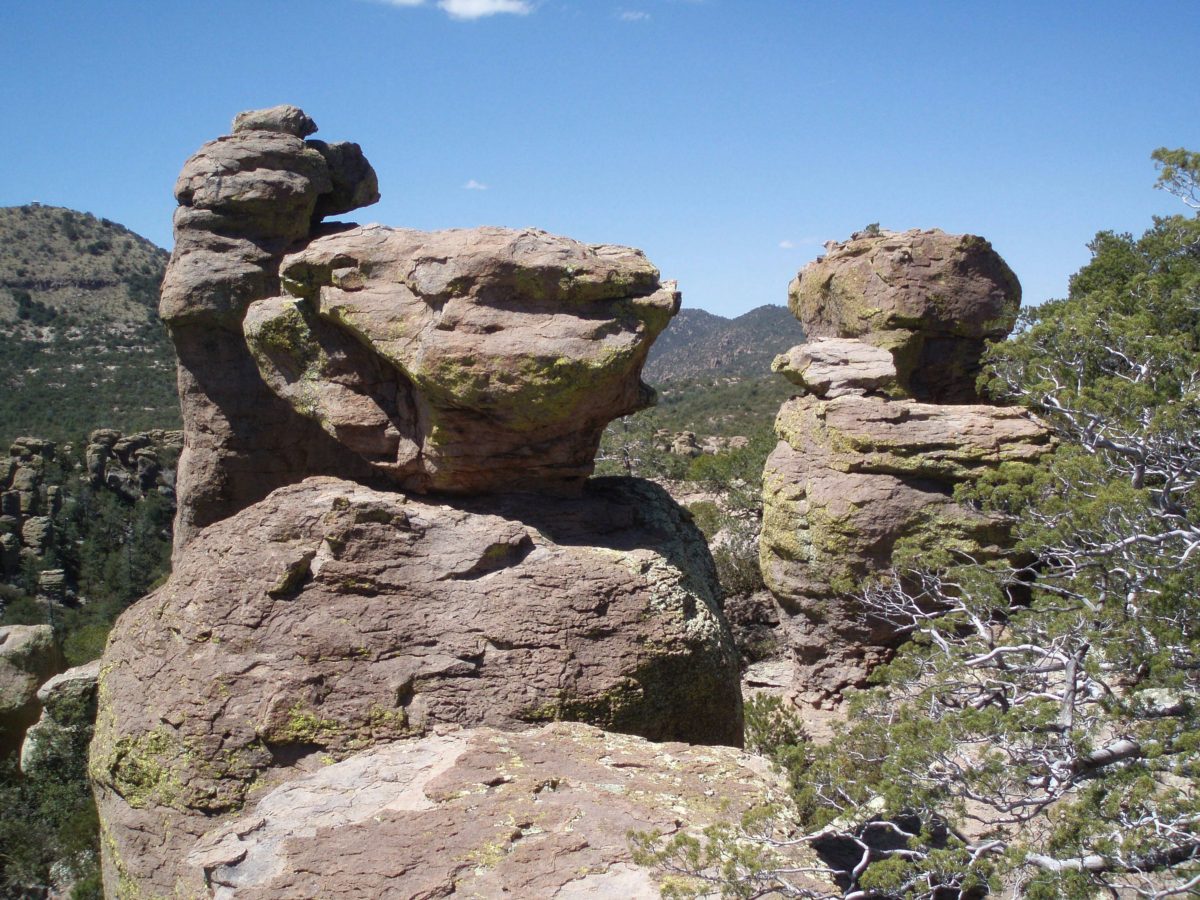
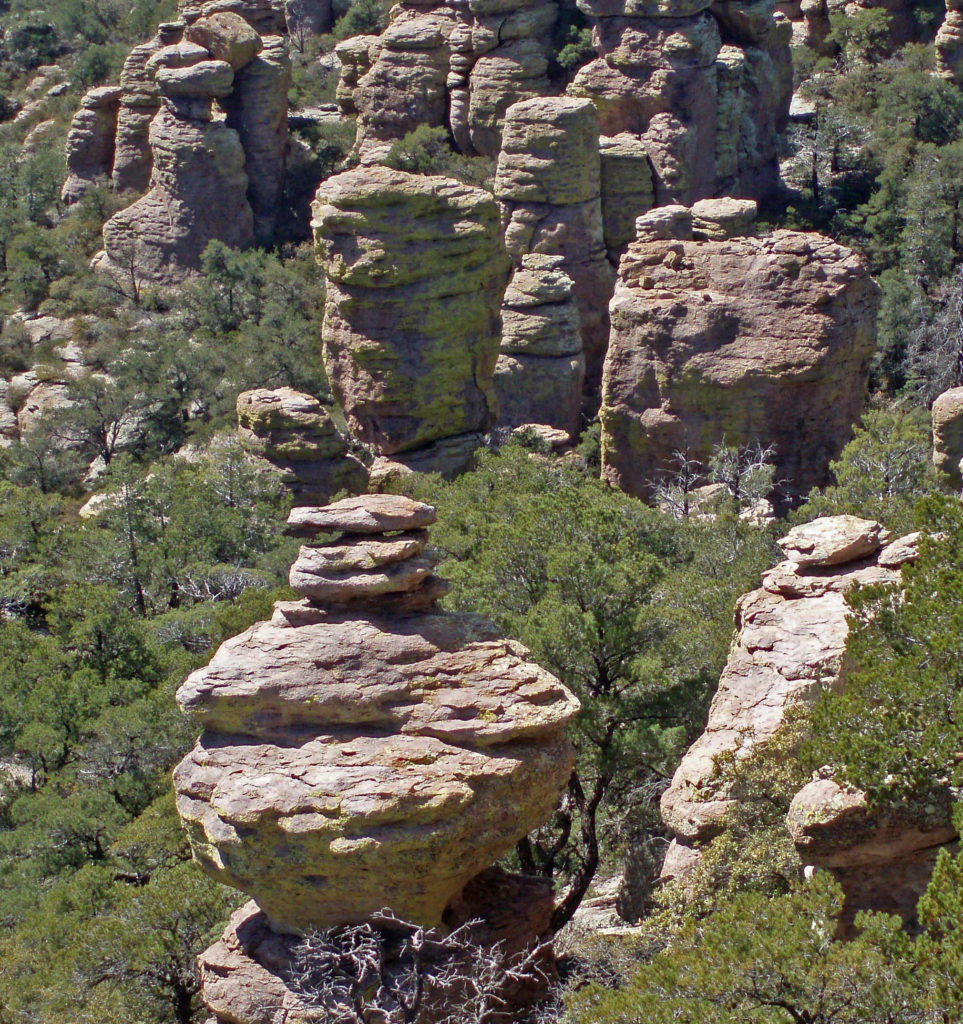

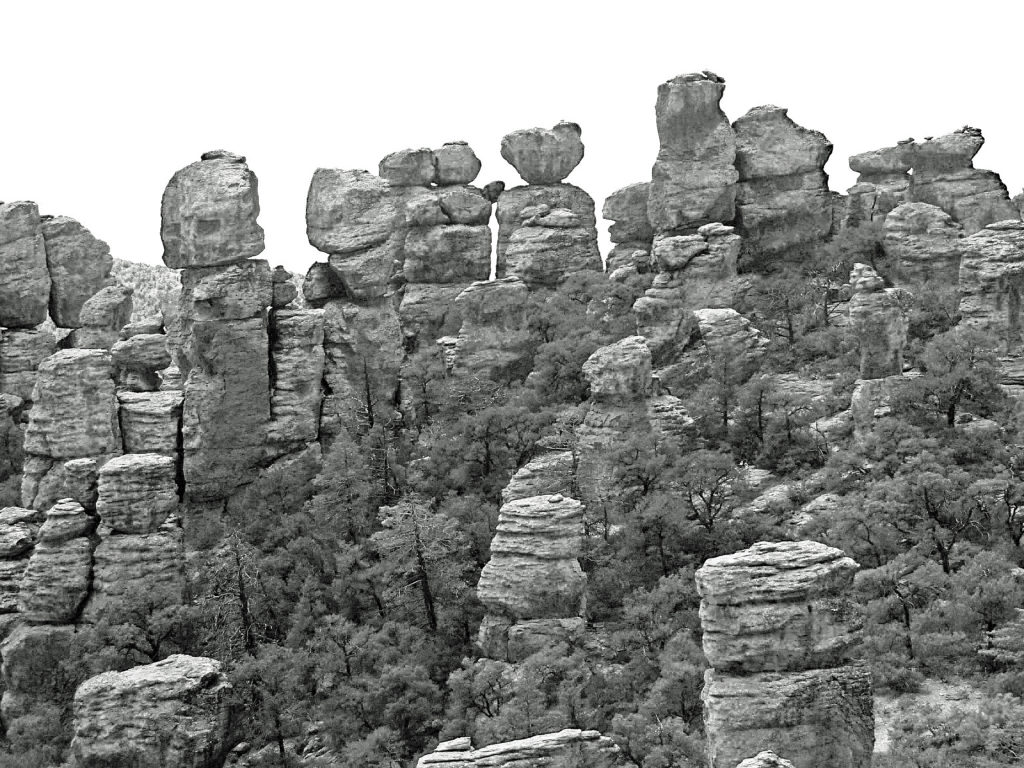
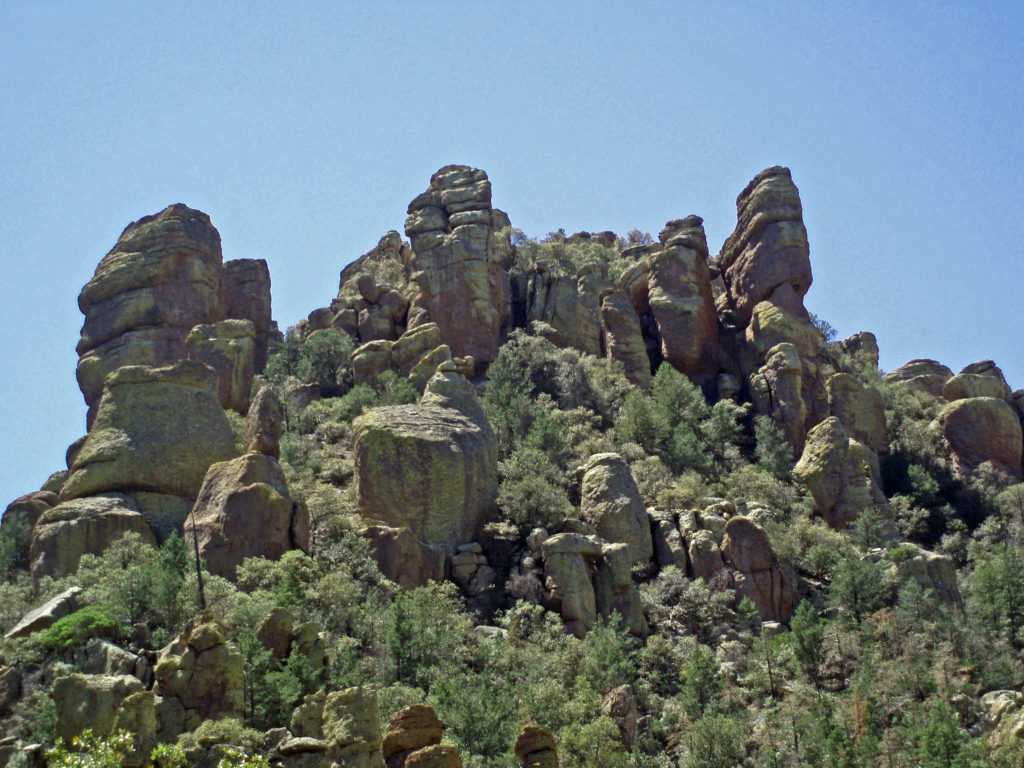
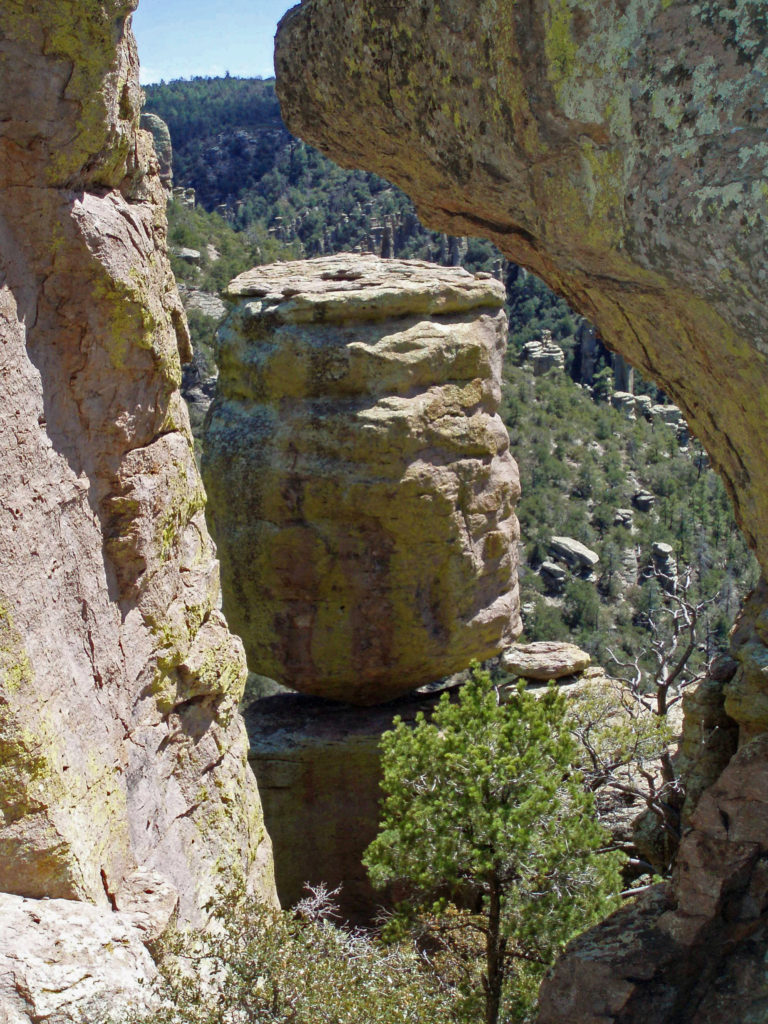
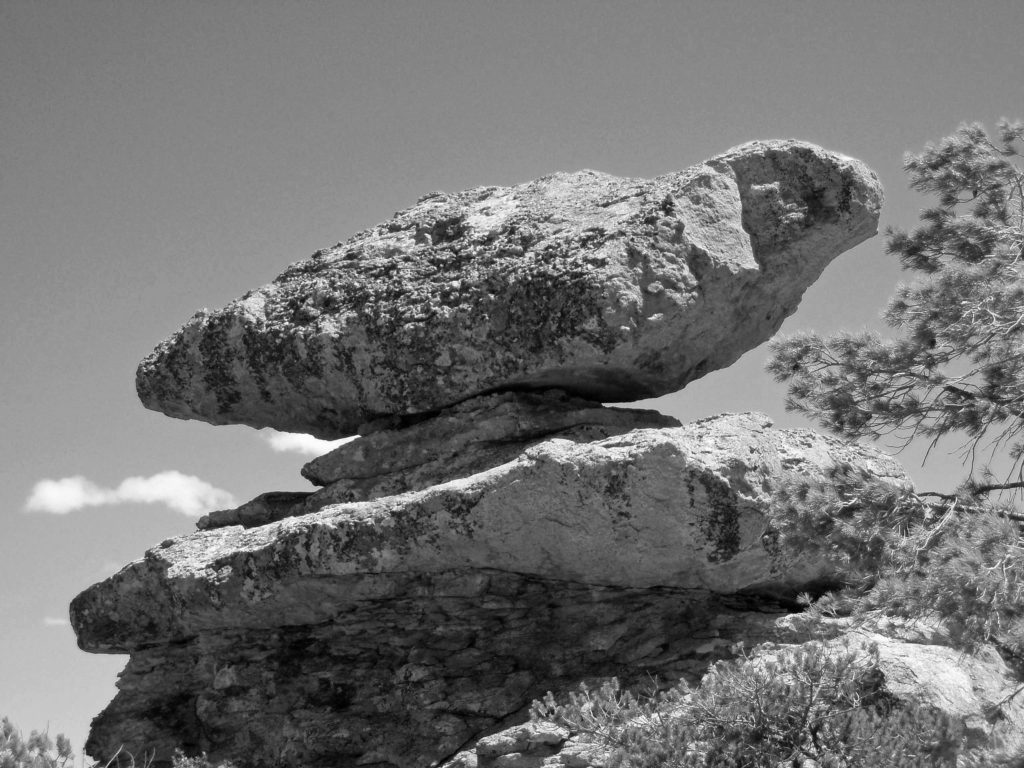
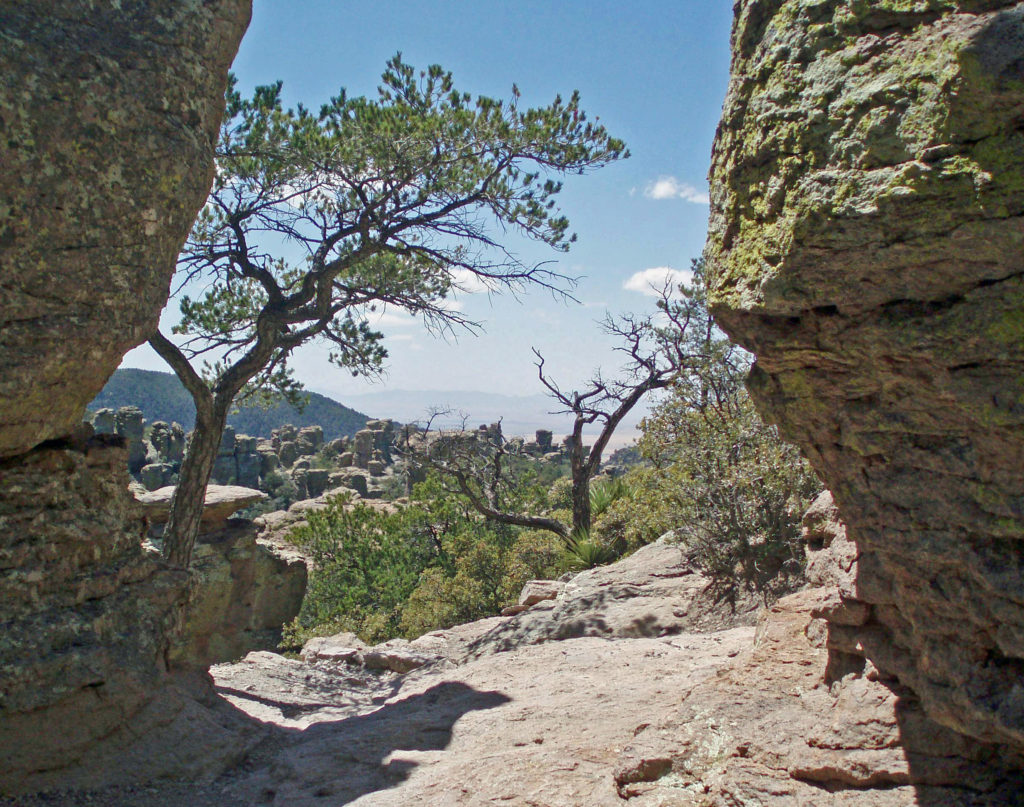
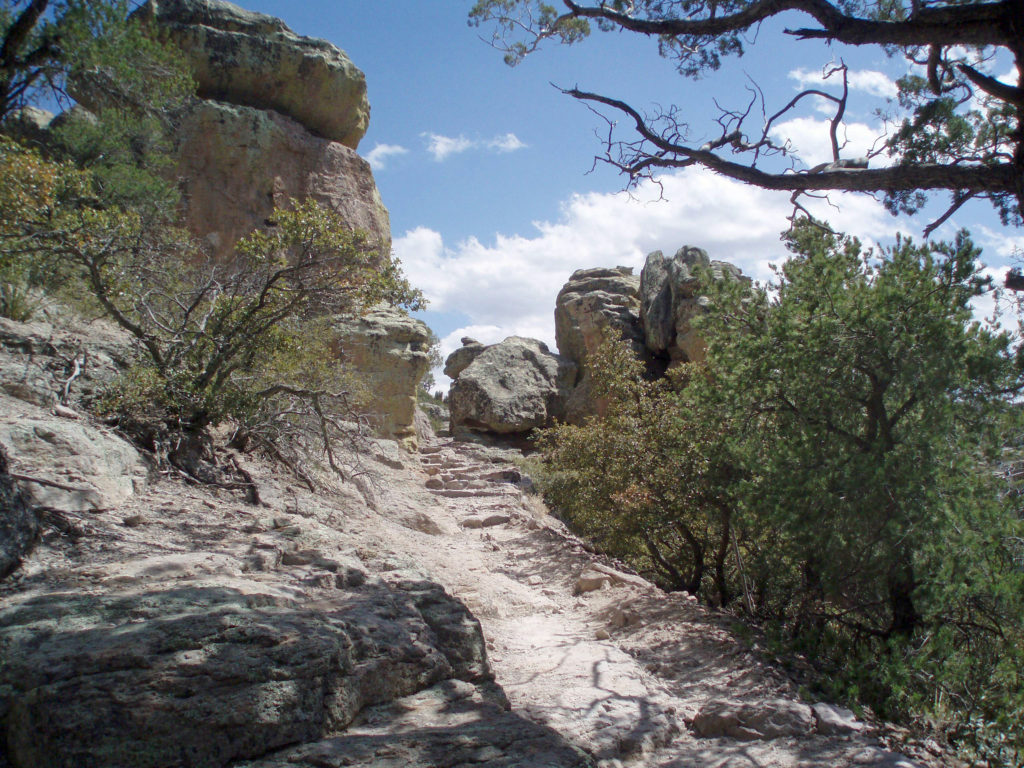
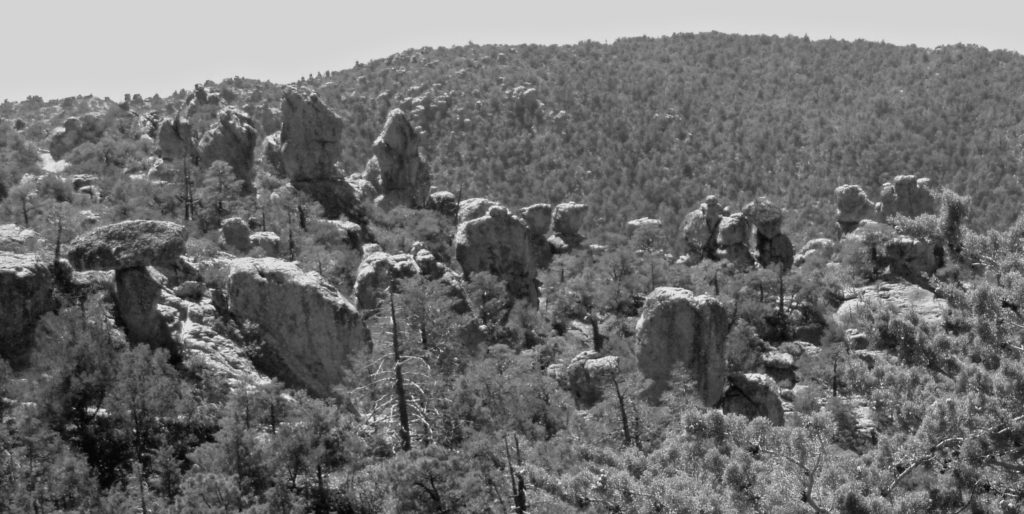
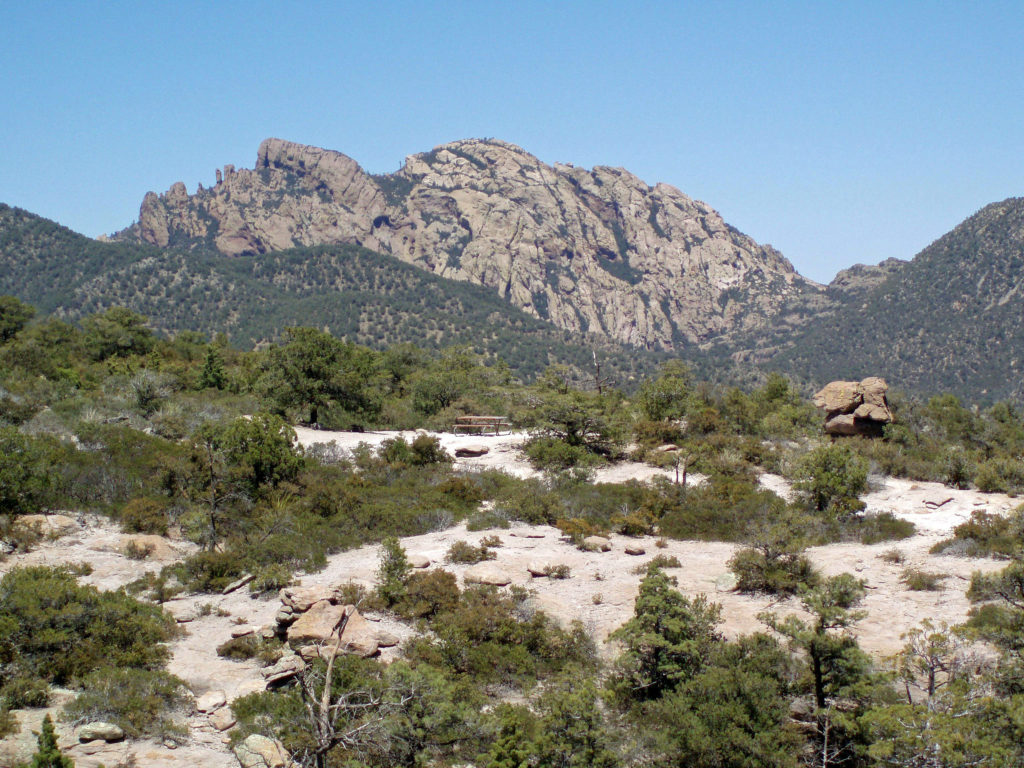
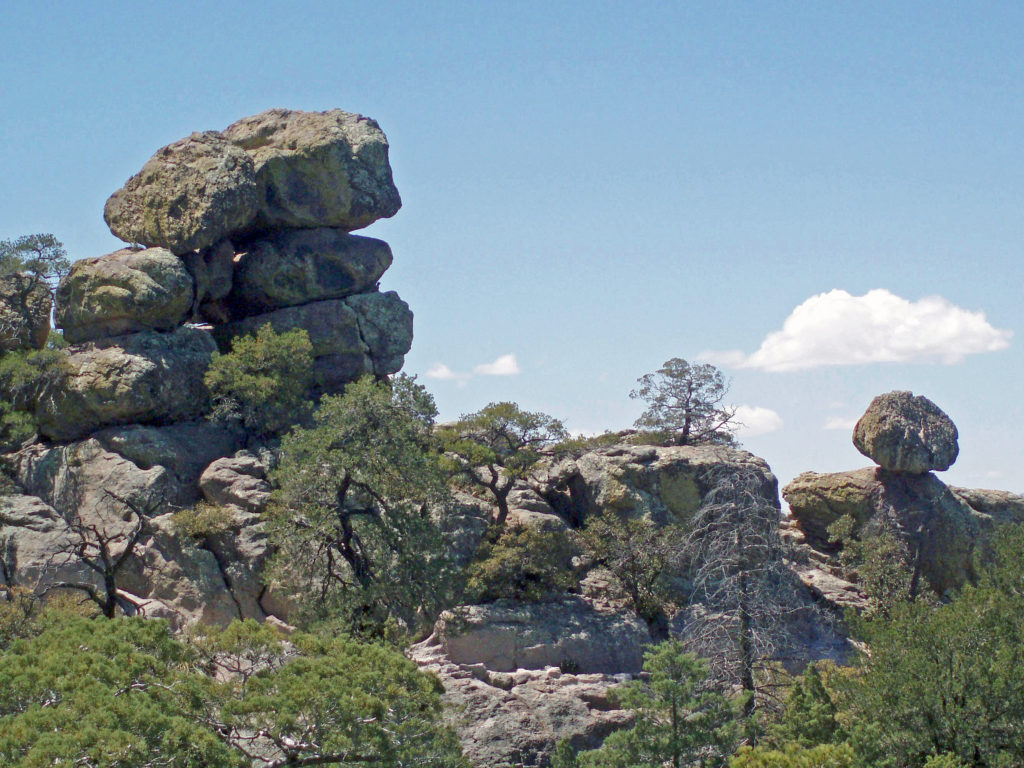
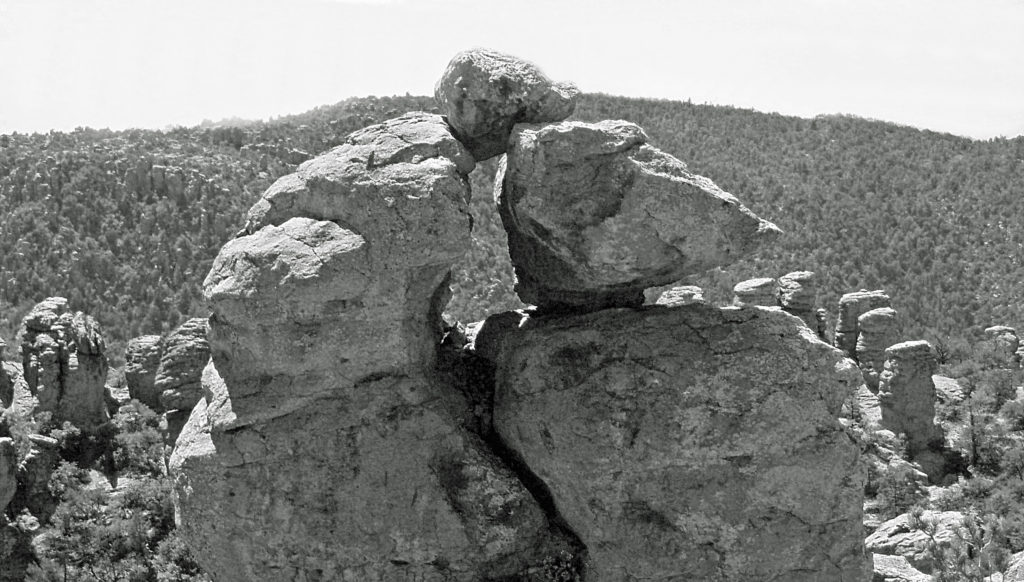
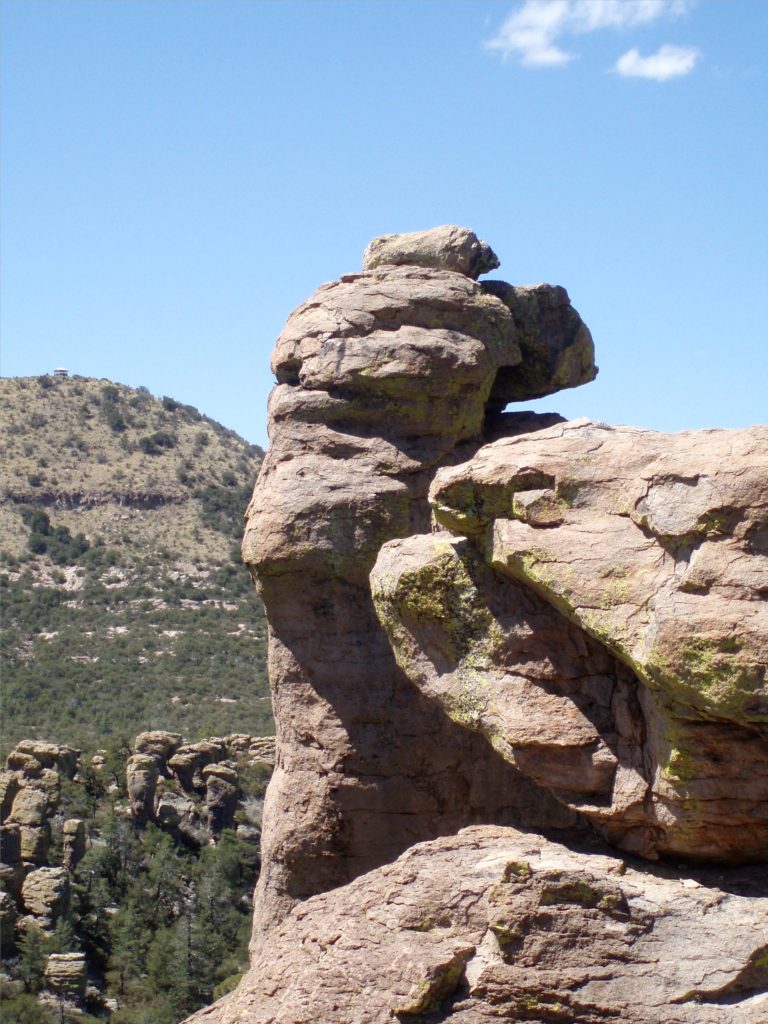
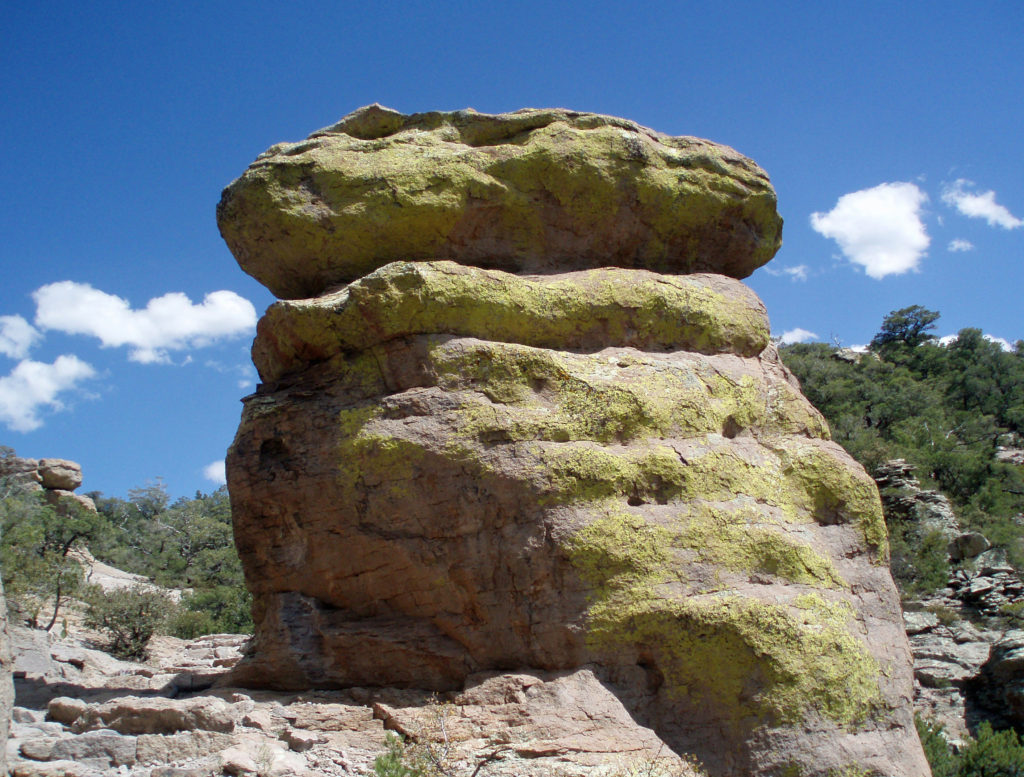
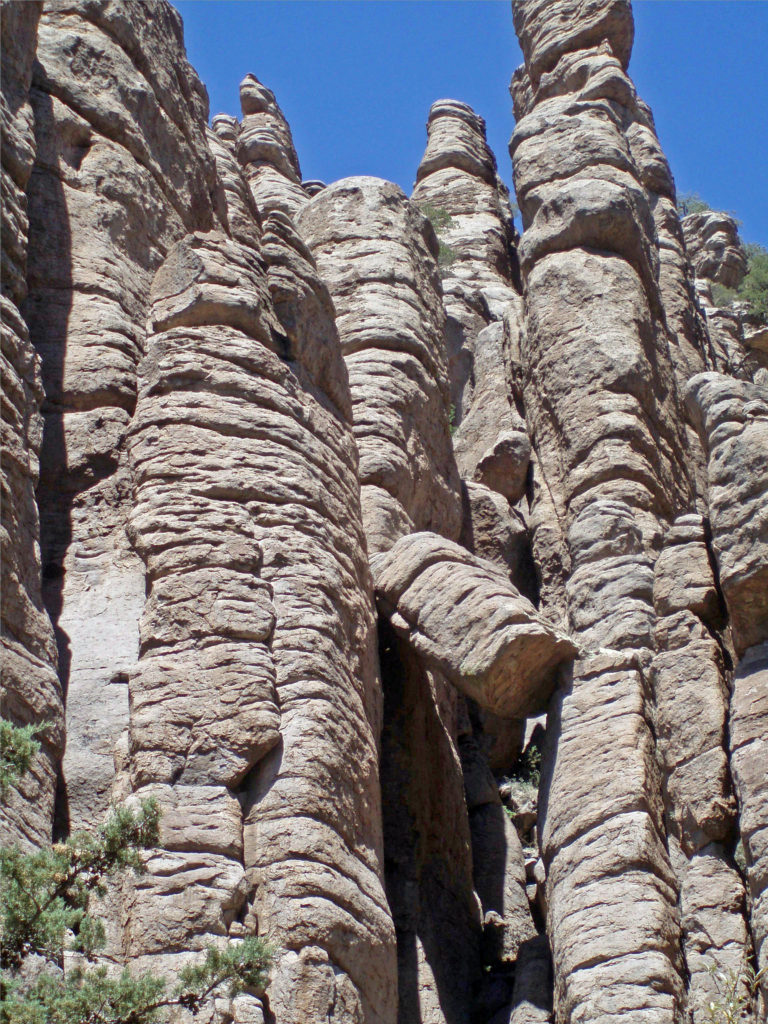 Originally posted April 28, 2020. Edited, updated, and re-posted February 5, 2022
Originally posted April 28, 2020. Edited, updated, and re-posted February 5, 2022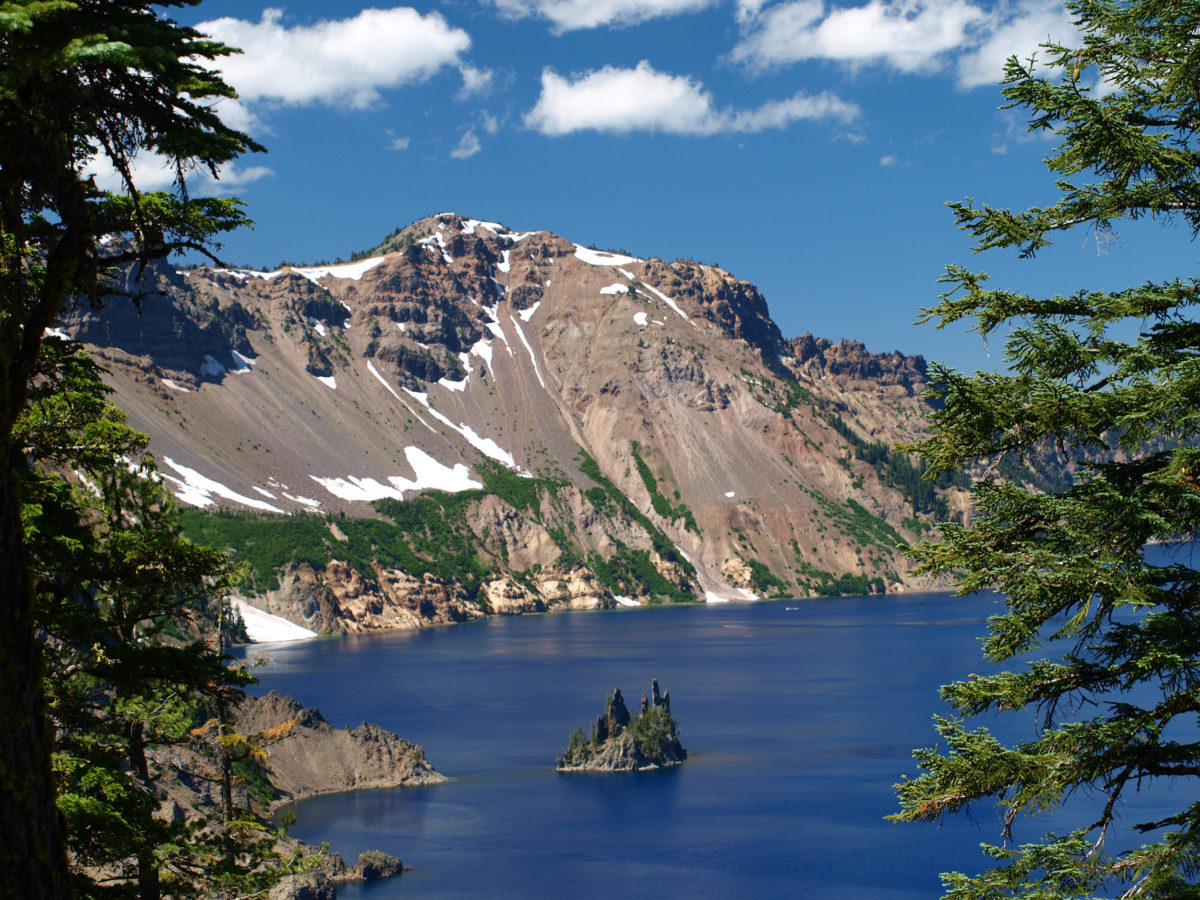
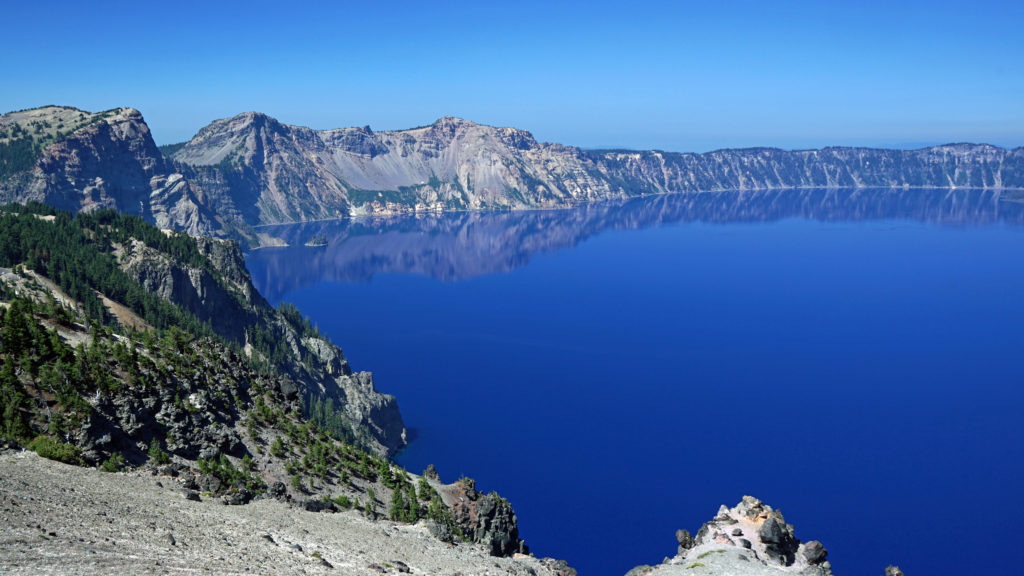 The Lake
The Lake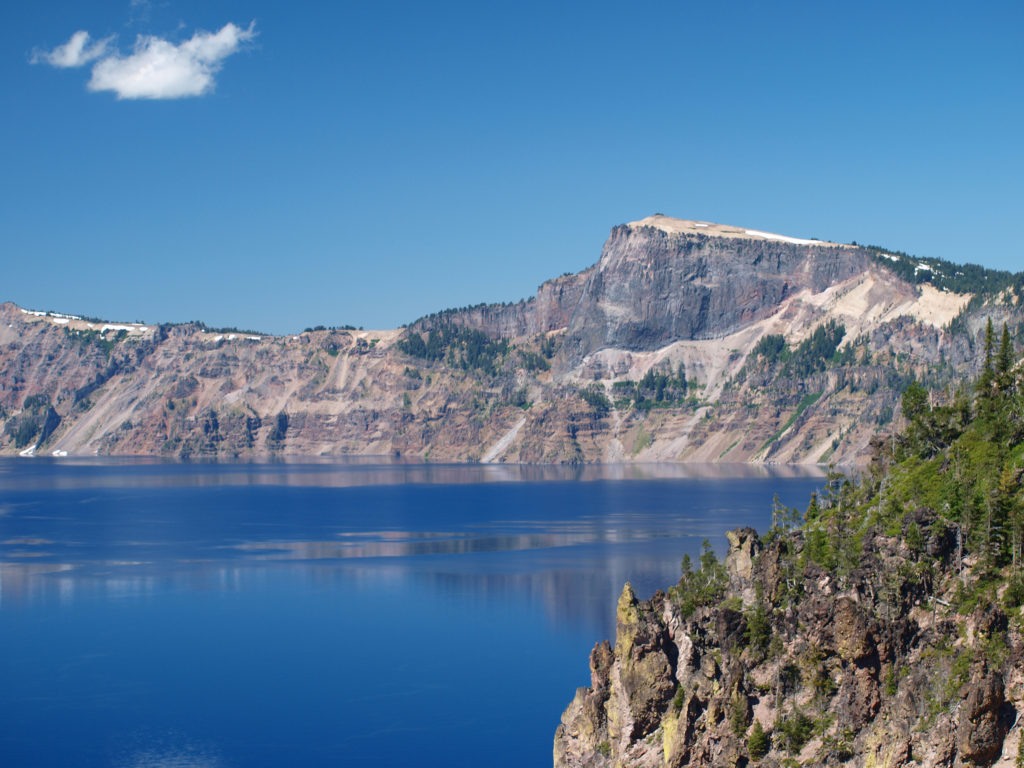 Crater Lake is 1943 feet deep, making it the deepest lake in the United States, second deepest in North America, and ninth deepest in the world. It is also one of the cleanest and clearest lakes in the world. It’s that combination of depth and clarity that results in its intense deep blue color.
Crater Lake is 1943 feet deep, making it the deepest lake in the United States, second deepest in North America, and ninth deepest in the world. It is also one of the cleanest and clearest lakes in the world. It’s that combination of depth and clarity that results in its intense deep blue color.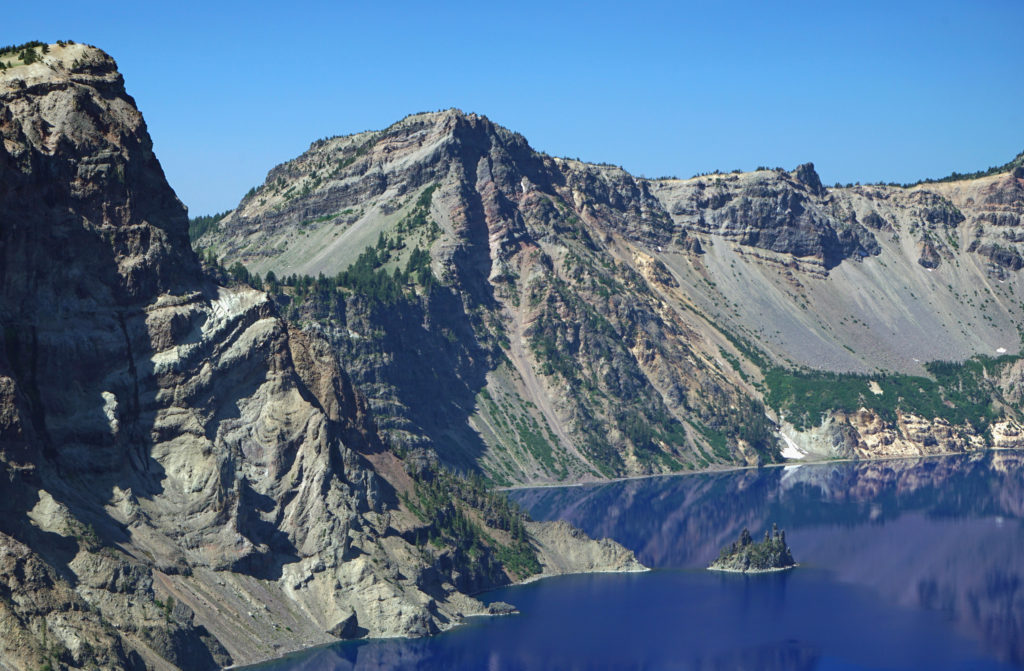 The caldera that Crater Lake occupies was formed 7700 years ago when the summit of 12,000 foot tall Mount Mazama collapsed after a massive eruption. Over time rain and snow filled the caldera to its present level. The lake has no outlet. The level of the lake remains nearly the same because the amount of evaporation from the surface of the lake closely matches the amount of precipitation falling on it in any given year.
The caldera that Crater Lake occupies was formed 7700 years ago when the summit of 12,000 foot tall Mount Mazama collapsed after a massive eruption. Over time rain and snow filled the caldera to its present level. The lake has no outlet. The level of the lake remains nearly the same because the amount of evaporation from the surface of the lake closely matches the amount of precipitation falling on it in any given year.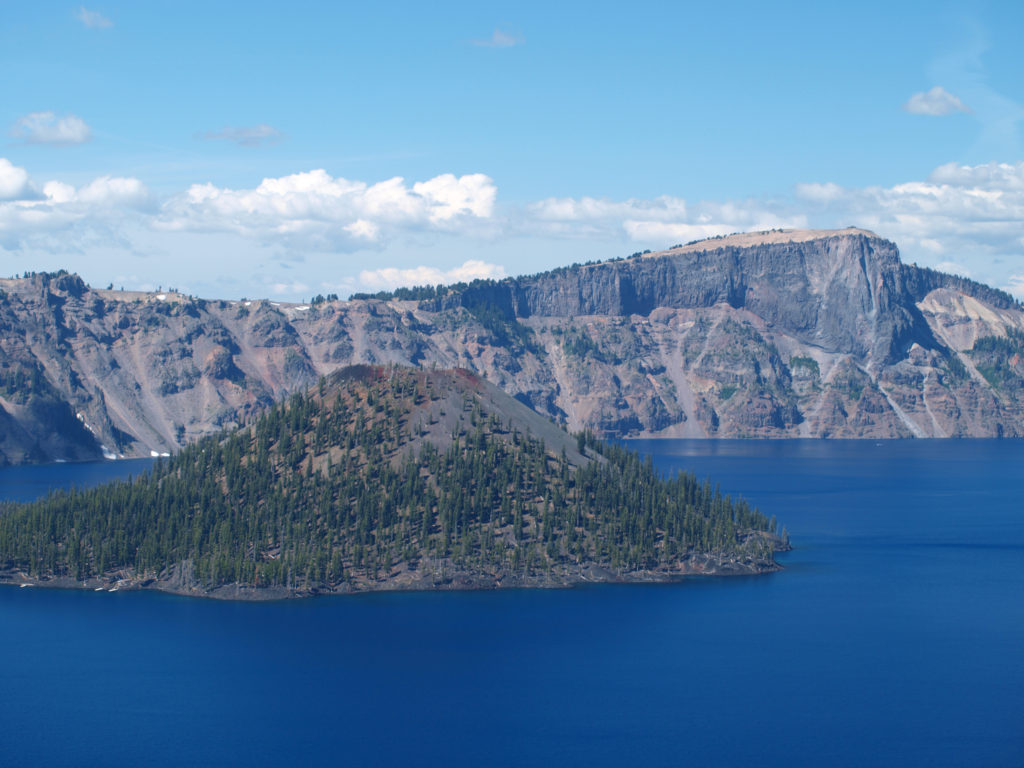 Wizard Island formed sometime after the eruption that formed the caldera. It rises 770 feet above the surface of the lake, 2713 feet above the deepest point in the lake. It last erupted about 5000 years ago, but it is considered dormant, not extinct. Conceivably, it could erupt again at any time. Merriam Cone also erupted after the caldera was formed, but never reached the lake surface. Its summit lies almost 500 feet below the average lake level.
Wizard Island formed sometime after the eruption that formed the caldera. It rises 770 feet above the surface of the lake, 2713 feet above the deepest point in the lake. It last erupted about 5000 years ago, but it is considered dormant, not extinct. Conceivably, it could erupt again at any time. Merriam Cone also erupted after the caldera was formed, but never reached the lake surface. Its summit lies almost 500 feet below the average lake level.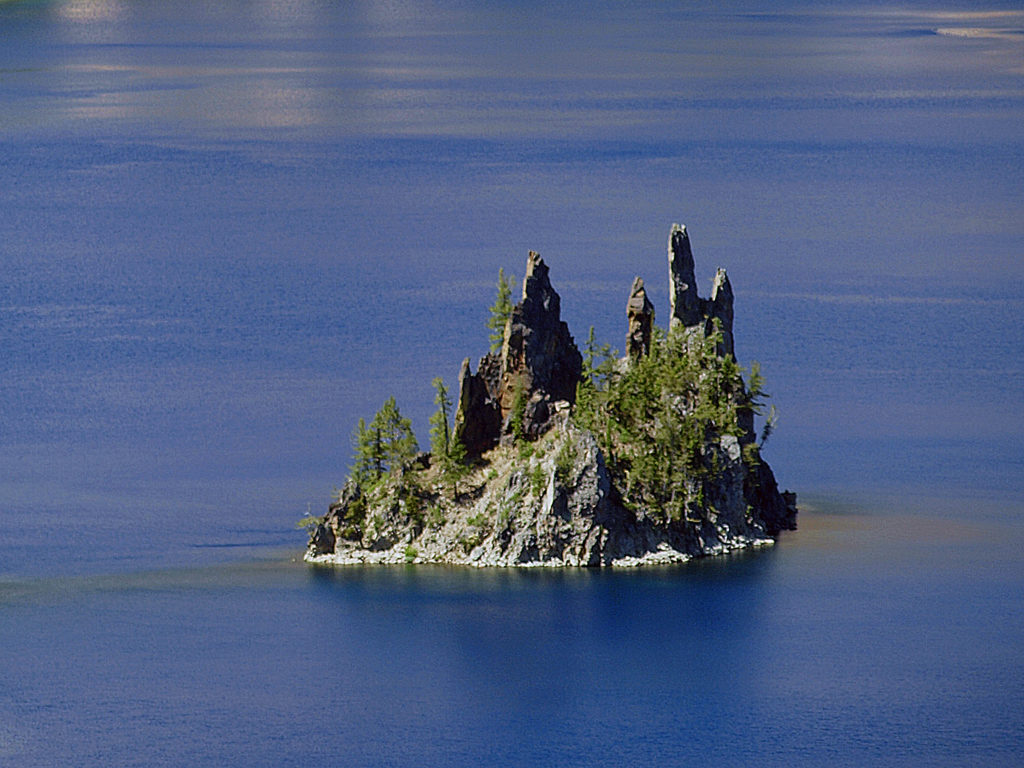 Phantom Ship, a remnant of an eruption 400,000 ago, rises 170 feet above the lake surface. Its formation predates that of Mount Mazama itself.
Phantom Ship, a remnant of an eruption 400,000 ago, rises 170 feet above the lake surface. Its formation predates that of Mount Mazama itself.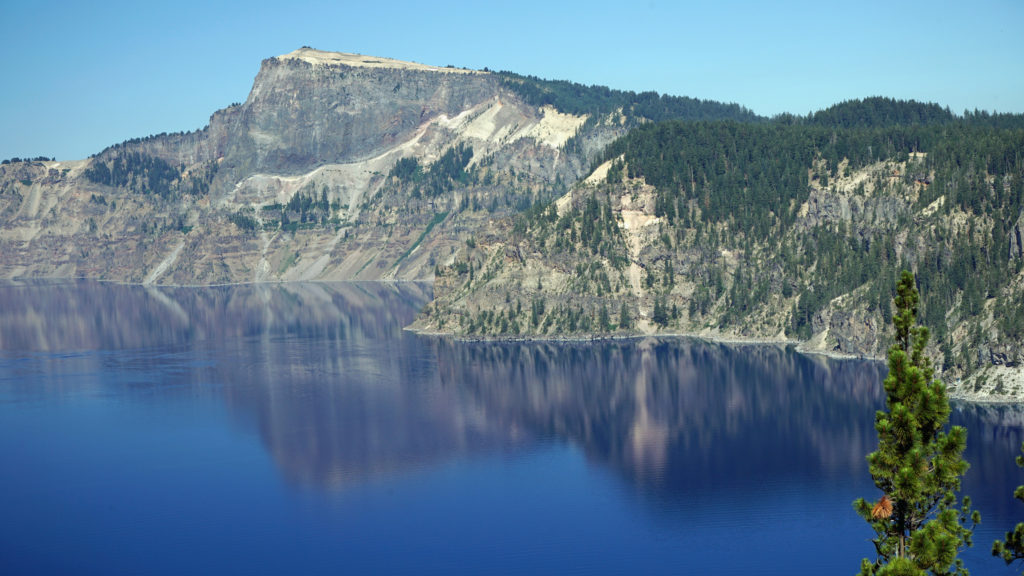 The Park
The Park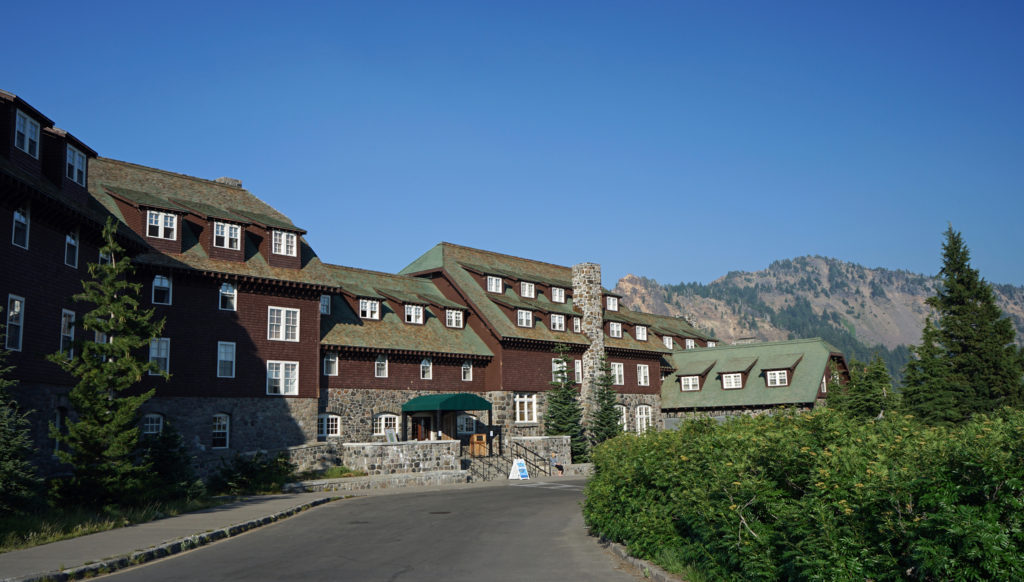 Crater Lake Lodge
Crater Lake Lodge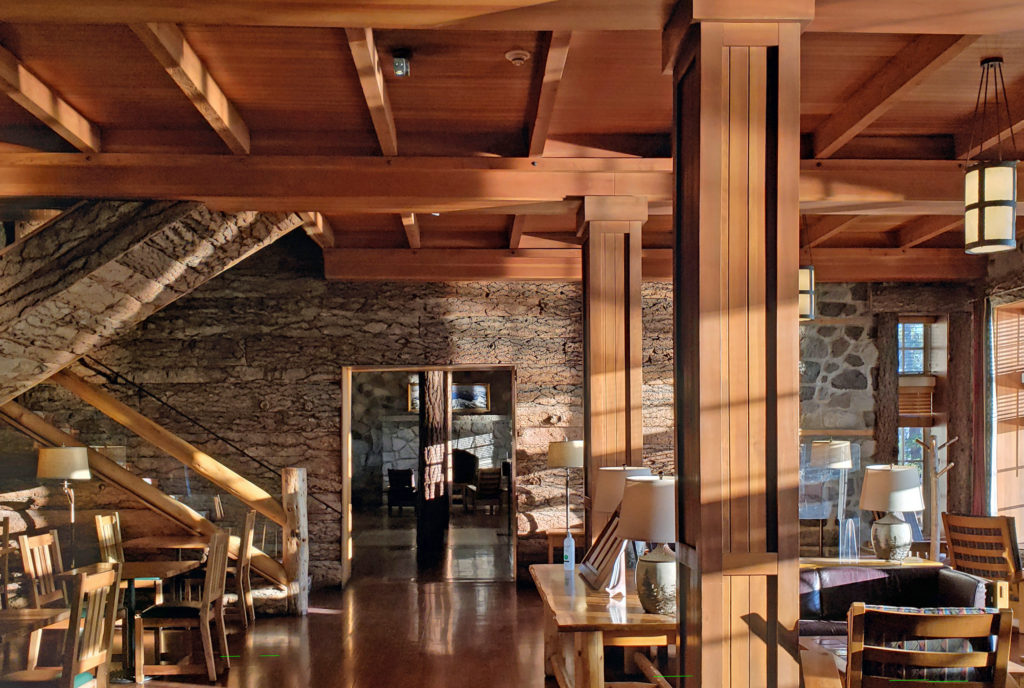 My wife and I recently spent three nights at the lodge. Although it lacks the amenities of a luxury hotel, our room was comfortable, with a private bathroom, and the location more than makes up any lack of luxuries.
My wife and I recently spent three nights at the lodge. Although it lacks the amenities of a luxury hotel, our room was comfortable, with a private bathroom, and the location more than makes up any lack of luxuries.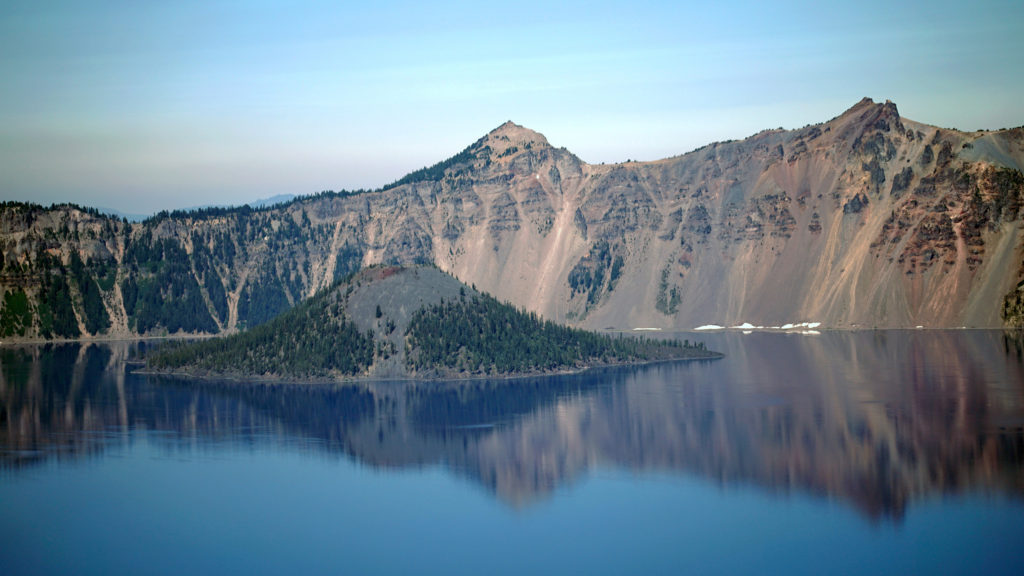 The Rim Drive
The Rim Drive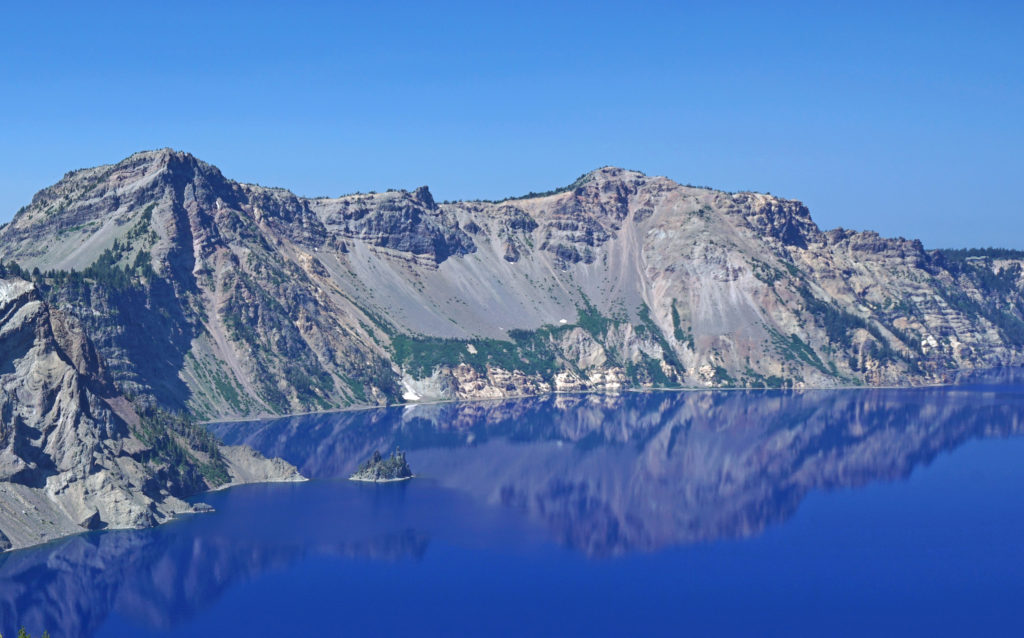 You’ll want to stop at all of the viewpoints. Maybe combine the drive with a hike down to Cleetwood Cove and a boat tour of the lake. You can get off at Wizard Island and hike to the summit and then catch a later boat back.
You’ll want to stop at all of the viewpoints. Maybe combine the drive with a hike down to Cleetwood Cove and a boat tour of the lake. You can get off at Wizard Island and hike to the summit and then catch a later boat back. 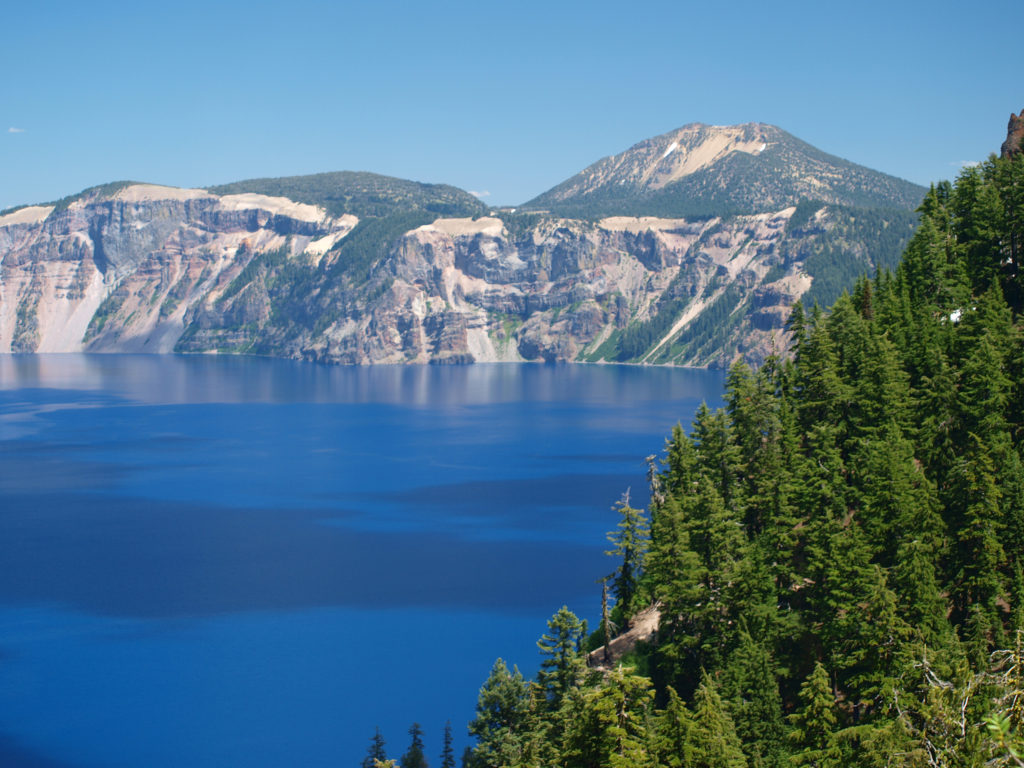 For a more adventurous day, hike to the summit of Mount Scott, the highest point in the park. It’s a two mile hike to the summit with 1250 feet of elevation gain, so it’s not an easy hike (All Trails rates it “moderate”), but the view might just be worth the effort.
For a more adventurous day, hike to the summit of Mount Scott, the highest point in the park. It’s a two mile hike to the summit with 1250 feet of elevation gain, so it’s not an easy hike (All Trails rates it “moderate”), but the view might just be worth the effort.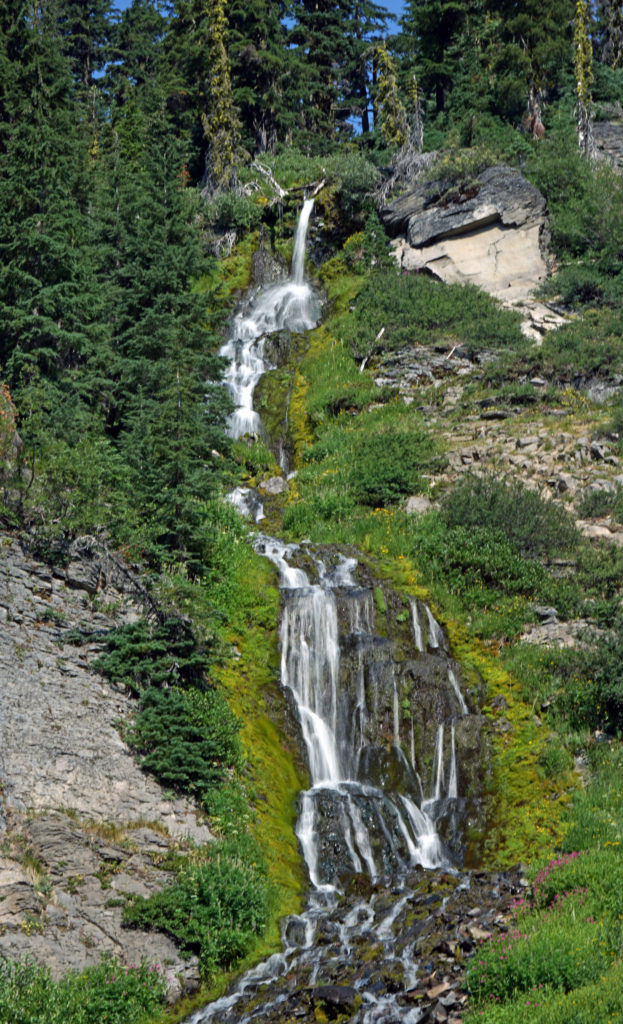
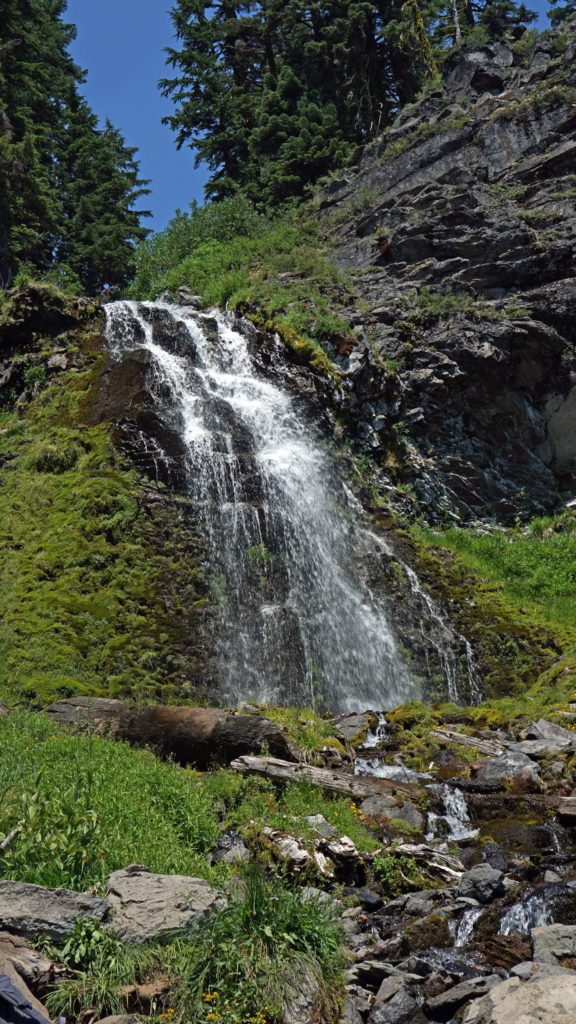 Hiking Trails
Hiking Trails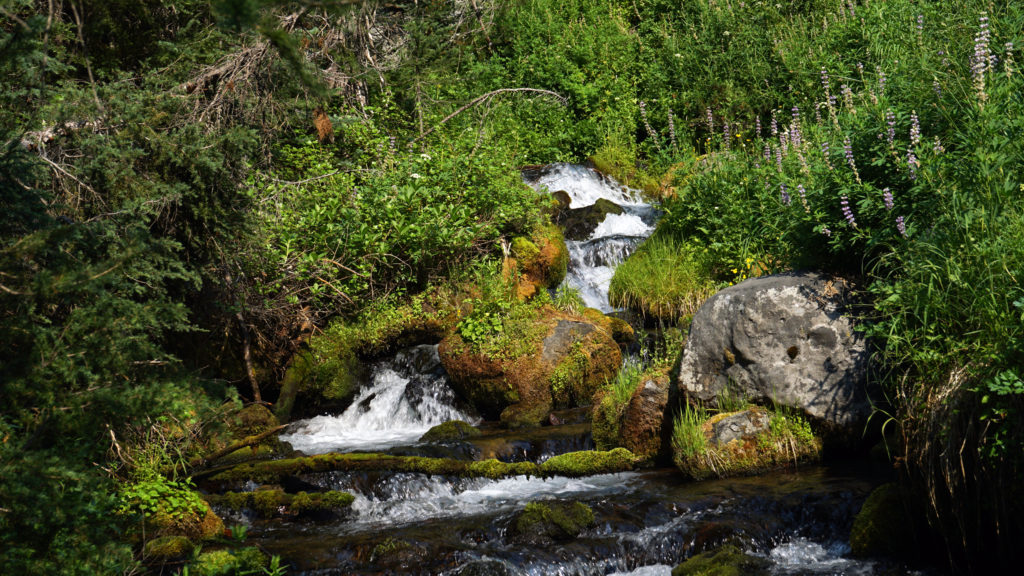 The Pacific Crest Trail passes through the park, but does not ascend to the rim of the caldera. Hikers on the PCT can take the Dutton Creek Trail that climbs up to the Rim Village, then hike the trail that parallels the West Rim Drive and reconnect with the PCT north of the lake.
The Pacific Crest Trail passes through the park, but does not ascend to the rim of the caldera. Hikers on the PCT can take the Dutton Creek Trail that climbs up to the Rim Village, then hike the trail that parallels the West Rim Drive and reconnect with the PCT north of the lake.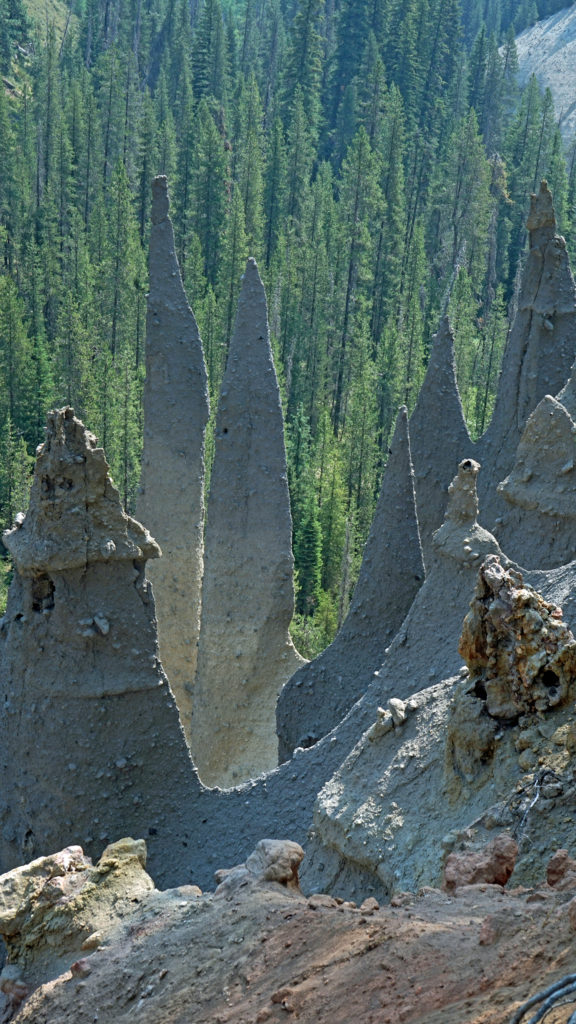
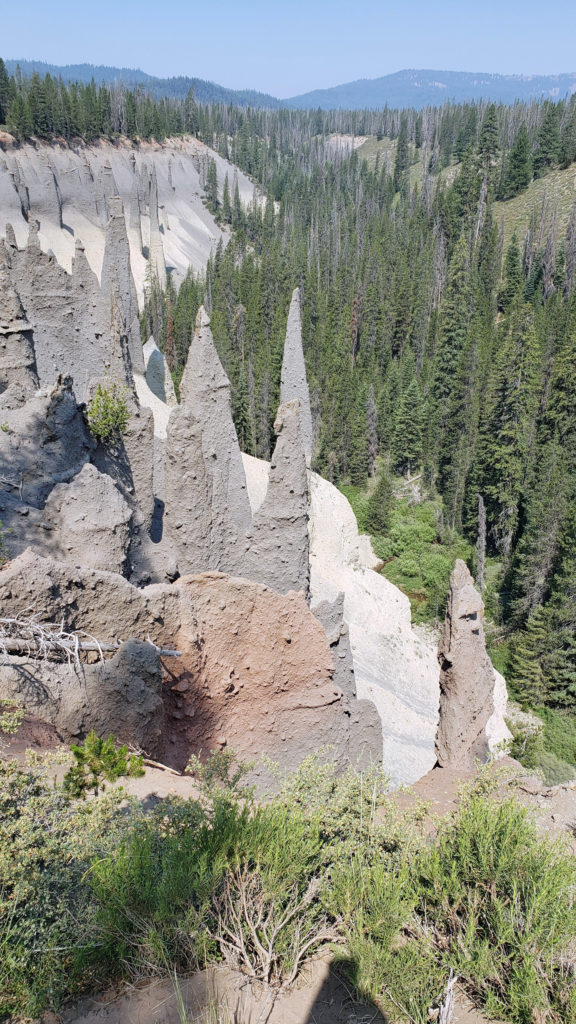 The Pinnacles
The Pinnacles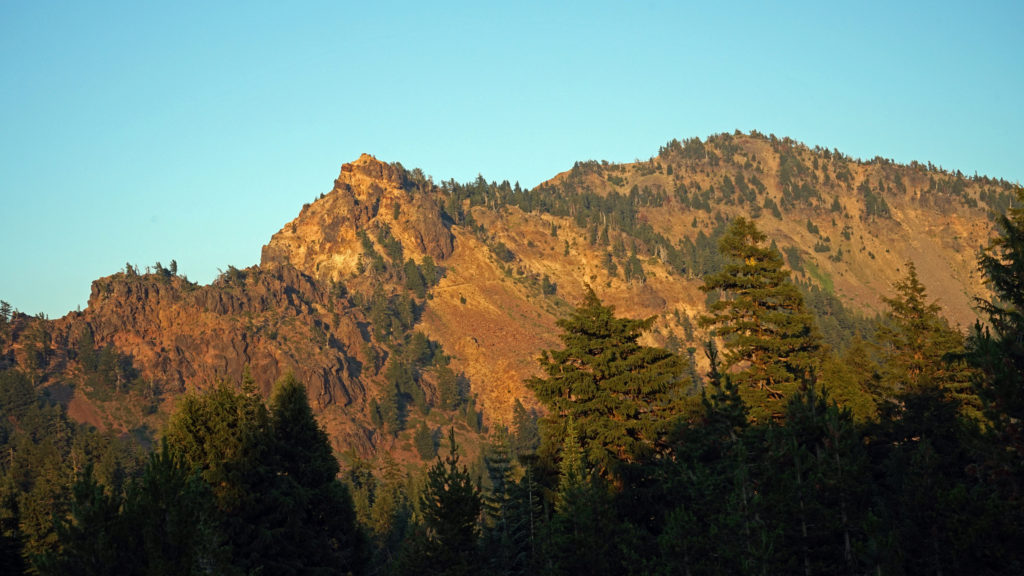 Practical Info
Practical Info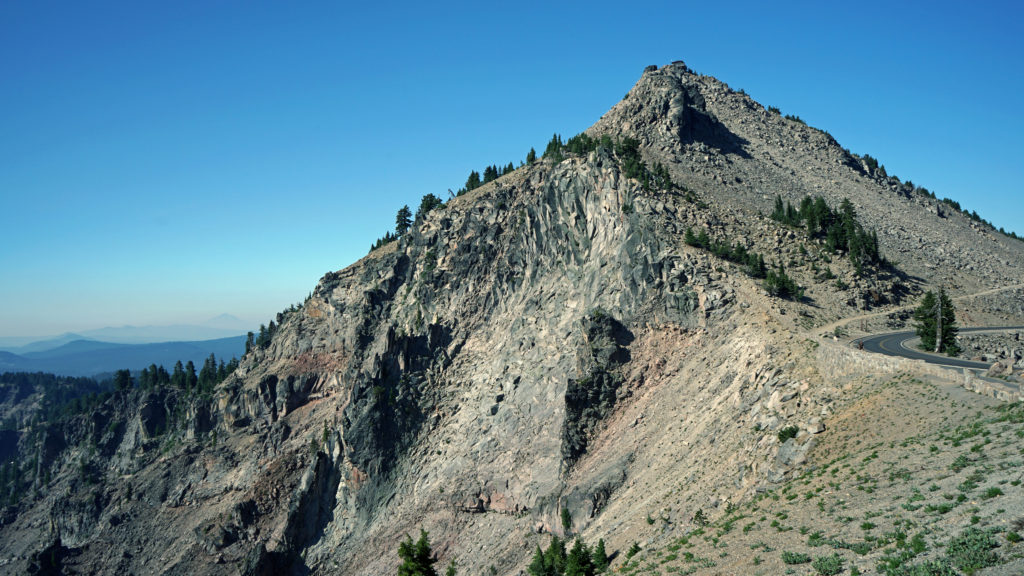
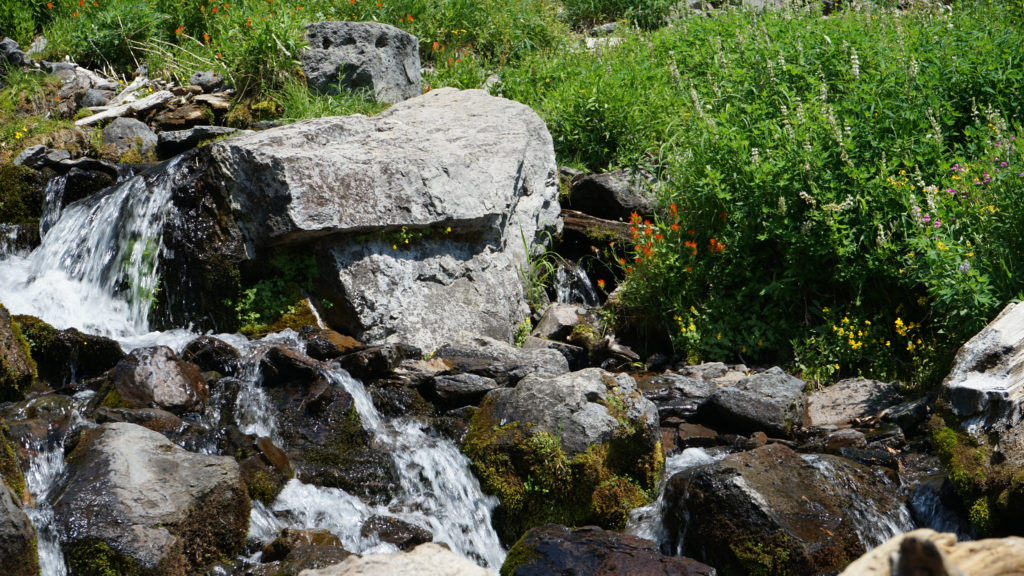 There are two lodges in the park, Crater Lake Lodge in the Rim Village and The Cabins At Mazama Village that are open for the summer season. Crater Lake Lodge has 71 rooms, starting at $246/night. The Cabins At Mazama Village has 40 rooms, all at $160/night. Prices listed are for the 2024 season. Note that the concessionaire that operates both lodges is changing, so prices may also change. Check the park website (linked above) for current information.
There are two lodges in the park, Crater Lake Lodge in the Rim Village and The Cabins At Mazama Village that are open for the summer season. Crater Lake Lodge has 71 rooms, starting at $246/night. The Cabins At Mazama Village has 40 rooms, all at $160/night. Prices listed are for the 2024 season. Note that the concessionaire that operates both lodges is changing, so prices may also change. Check the park website (linked above) for current information.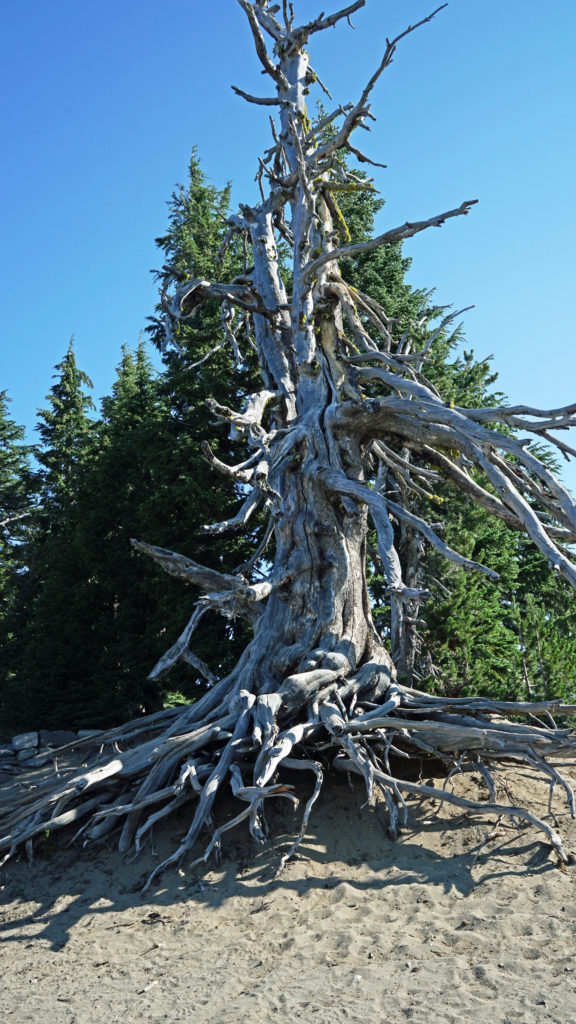
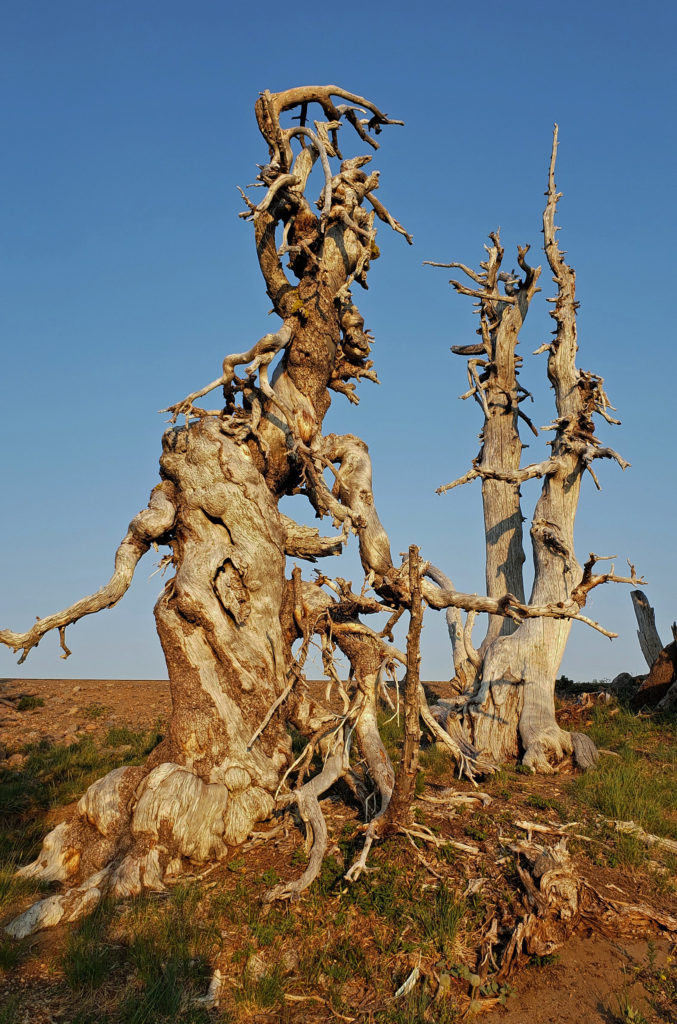 There are two campgrounds in the park. Mazama Campground has 75 RV sites, 18 tent sites with electricity, and 121 tent sites without electricity. Tent sites start at $22. RV sites run from $32 to $44 per night. Mazama Campground is usually open from early June through late to September. Lost Creek Campground, located on Pinnacles Road, is a primitive tent only campground with 18 sites, operated by the park service. Lost Creek Campground is currently closed and will not be open for the 2024 season. Backcountry camping is allowed in the park by
There are two campgrounds in the park. Mazama Campground has 75 RV sites, 18 tent sites with electricity, and 121 tent sites without electricity. Tent sites start at $22. RV sites run from $32 to $44 per night. Mazama Campground is usually open from early June through late to September. Lost Creek Campground, located on Pinnacles Road, is a primitive tent only campground with 18 sites, operated by the park service. Lost Creek Campground is currently closed and will not be open for the 2024 season. Backcountry camping is allowed in the park by 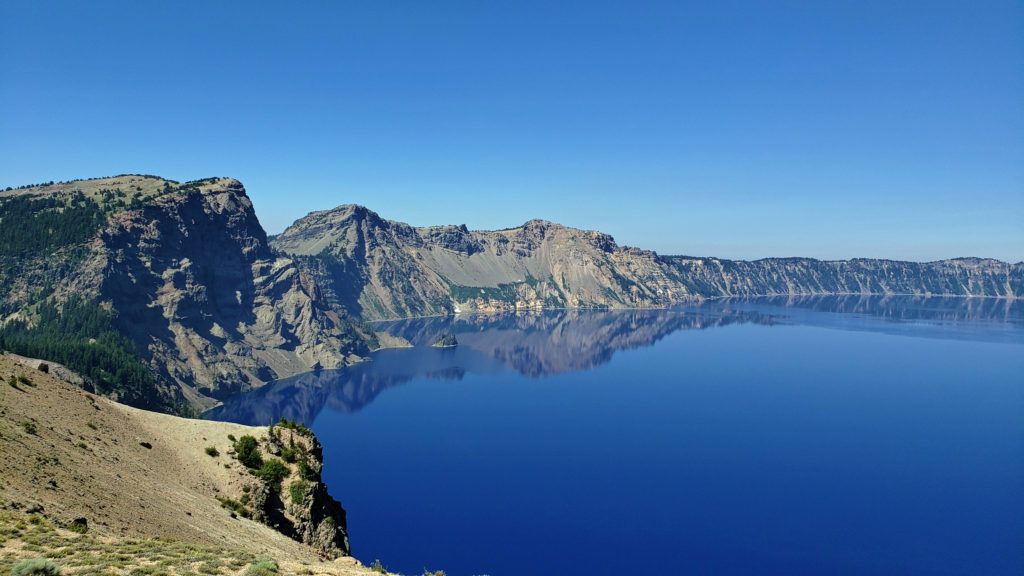 Dining options in the park are somewhat limited. The dining room at Crater Lake Lodge is open to all visitors, but reservations can only be made by people staying in the park. The Rim Village Cafe offers “grab and go” sandwiches and salads (I had a pulled pork sandwich from there on our recent visit that was very good). It is open from 9am to 8pm in the summer and 10am to 5pm in the winter. The Annie Creek Restaurant in Mazama Village is open from 7am until 9pm. The Mazama Village Store sells packaged sandwiches and snacks.
Dining options in the park are somewhat limited. The dining room at Crater Lake Lodge is open to all visitors, but reservations can only be made by people staying in the park. The Rim Village Cafe offers “grab and go” sandwiches and salads (I had a pulled pork sandwich from there on our recent visit that was very good). It is open from 9am to 8pm in the summer and 10am to 5pm in the winter. The Annie Creek Restaurant in Mazama Village is open from 7am until 9pm. The Mazama Village Store sells packaged sandwiches and snacks.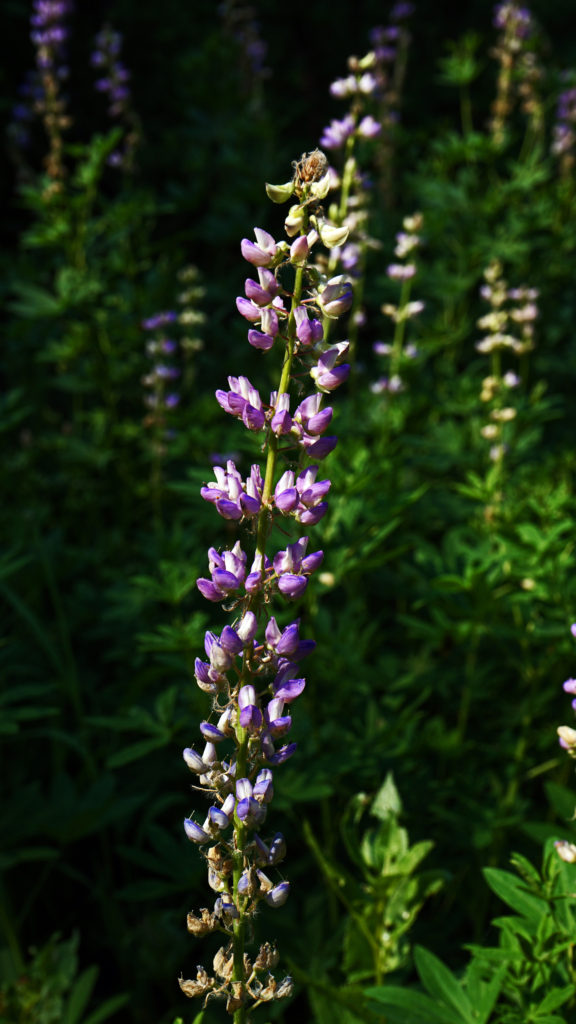 Summer park entrance fees are $30 for private vehicles and $25 for motorcycles. Winter fees are $10 less. Snowmobilers, bicyclists, and pedestrians are charged $15 per individual. All entrance fees are good for seven days. Entry reservations do not need to be made.
Summer park entrance fees are $30 for private vehicles and $25 for motorcycles. Winter fees are $10 less. Snowmobilers, bicyclists, and pedestrians are charged $15 per individual. All entrance fees are good for seven days. Entry reservations do not need to be made.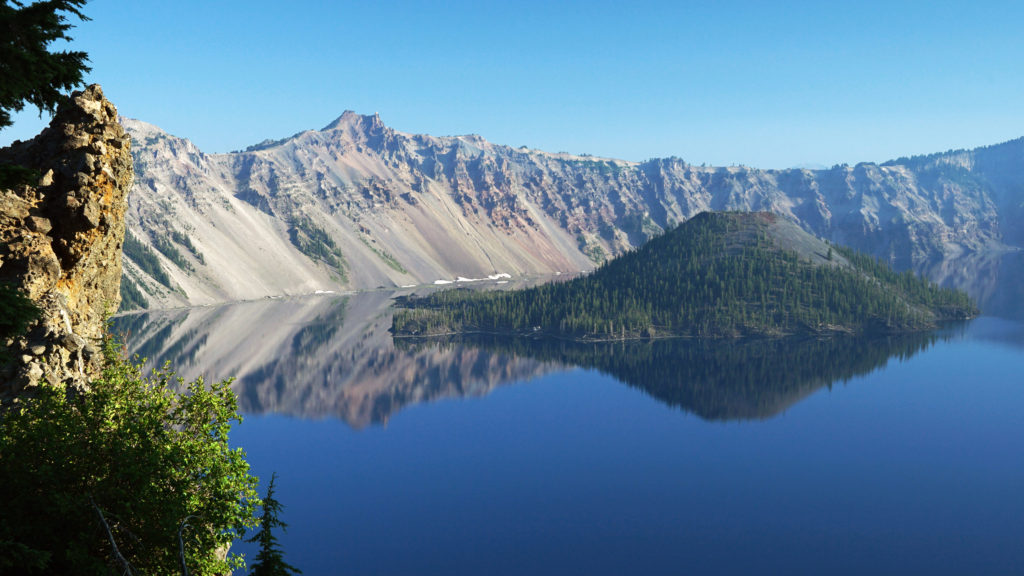
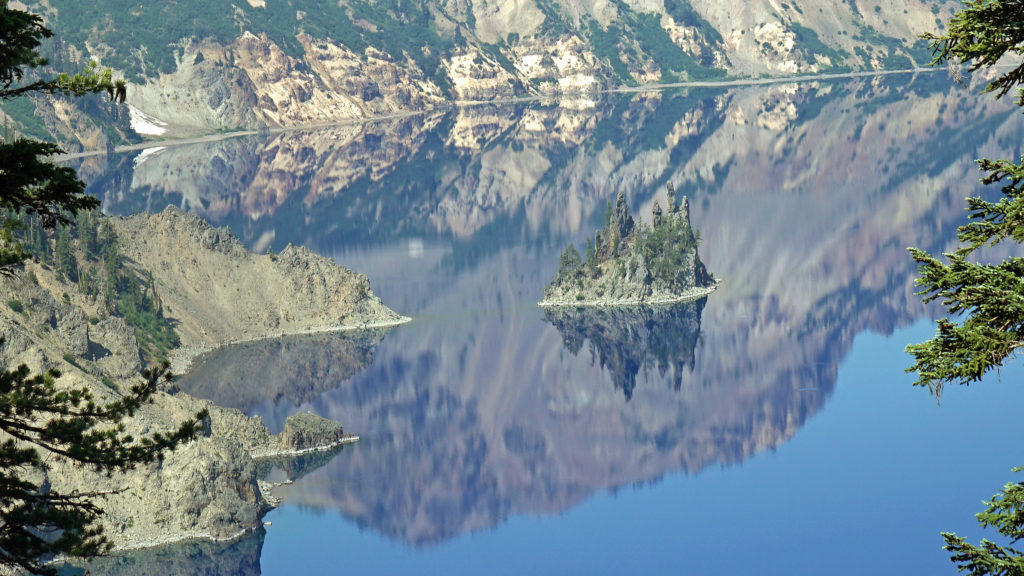 Originally posted September 13, 2021. Most recently updated April 6, 2024.
Originally posted September 13, 2021. Most recently updated April 6, 2024.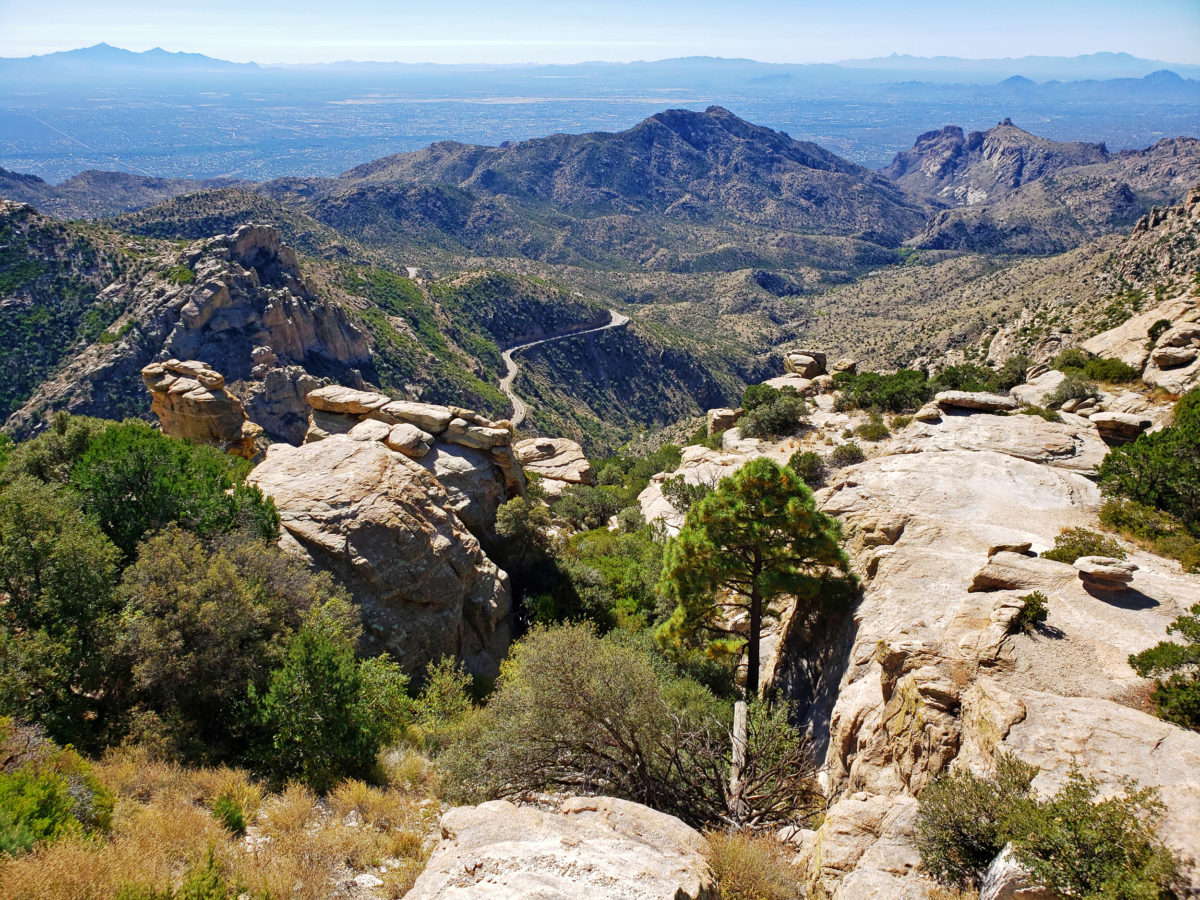
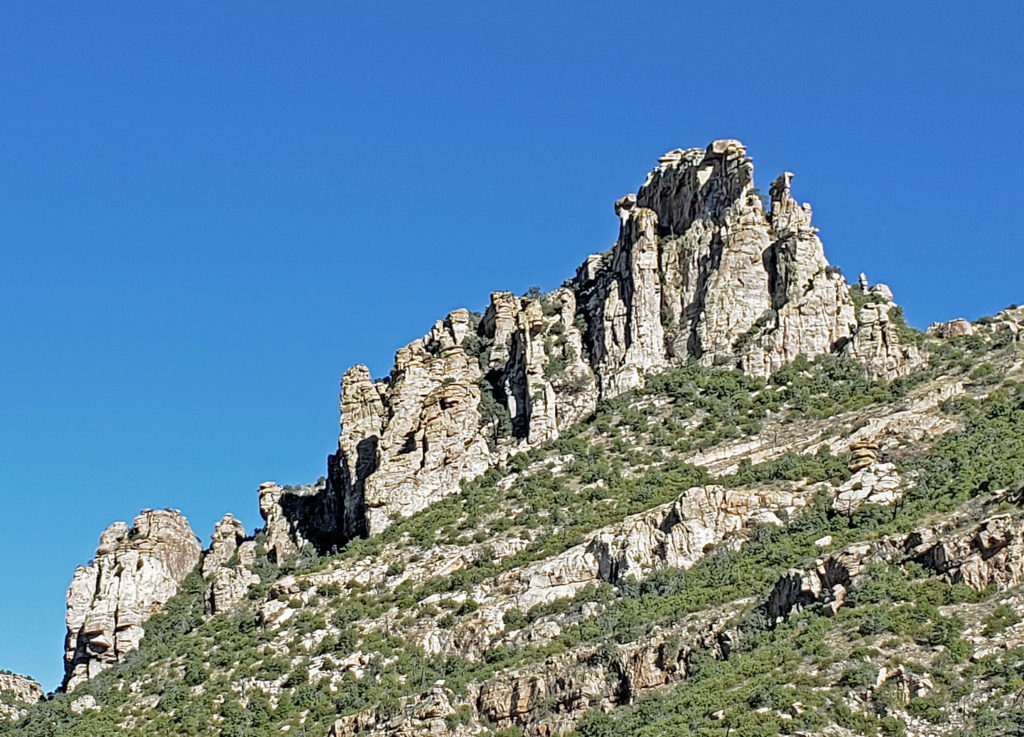 If you’re ever in the Tucson area, consider making the drive to the top of Mount Lemmon. A paved road takes you to the summit, more than 6500 feet above the valley floor. Numerous viewpoints along the way provide spectacular vistas the mountain, the surrounding desert below, and the mountains beyond. And numerous trailheads provide access to the ridges and canyons beyond the road for those who want to lace up their hiking boots and immerse themselves in the desert or mountain environment.
If you’re ever in the Tucson area, consider making the drive to the top of Mount Lemmon. A paved road takes you to the summit, more than 6500 feet above the valley floor. Numerous viewpoints along the way provide spectacular vistas the mountain, the surrounding desert below, and the mountains beyond. And numerous trailheads provide access to the ridges and canyons beyond the road for those who want to lace up their hiking boots and immerse themselves in the desert or mountain environment.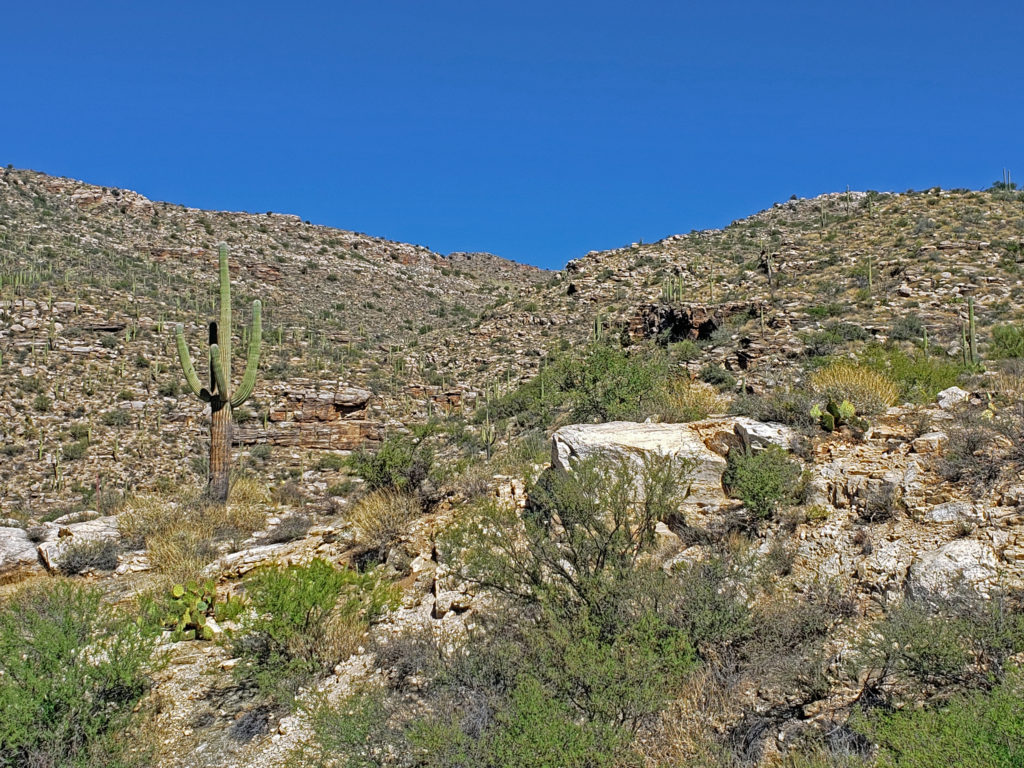 The drive takes you through numerous climatic and ecological zones, from the iconic saguaro cactus of the Sonoran Desert at the base of the mountain to an aspen and ponderosa pine forest at the summit.
The drive takes you through numerous climatic and ecological zones, from the iconic saguaro cactus of the Sonoran Desert at the base of the mountain to an aspen and ponderosa pine forest at the summit. The summit of Mount Lemmon is only 17 miles as the crow flies from downtown Tucson, but you have to navigate your way across the city and then up the 30 mile long
The summit of Mount Lemmon is only 17 miles as the crow flies from downtown Tucson, but you have to navigate your way across the city and then up the 30 mile long 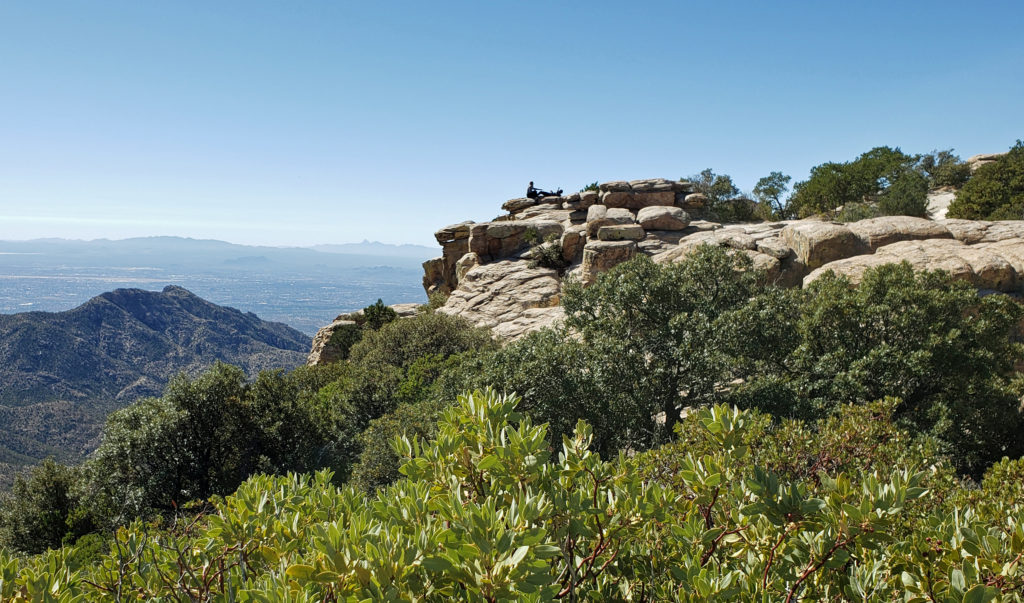 Windy Point, about seventeen miles from the beginning of the highway in Tanque Verde, has got to be one of the most spectacular viewpoints in southern Arizona. You’ll want to stop here and just wander around for a while. Take in the views of Tucson and the desert far below, the mountains beyond, and the rock formations around you. About four miles farther up the highway you’ll come to the San Pedro Vista, which gives you a panoramic view east across the San Pedro Valley to the Galiuro Mountains.
Windy Point, about seventeen miles from the beginning of the highway in Tanque Verde, has got to be one of the most spectacular viewpoints in southern Arizona. You’ll want to stop here and just wander around for a while. Take in the views of Tucson and the desert far below, the mountains beyond, and the rock formations around you. About four miles farther up the highway you’ll come to the San Pedro Vista, which gives you a panoramic view east across the San Pedro Valley to the Galiuro Mountains.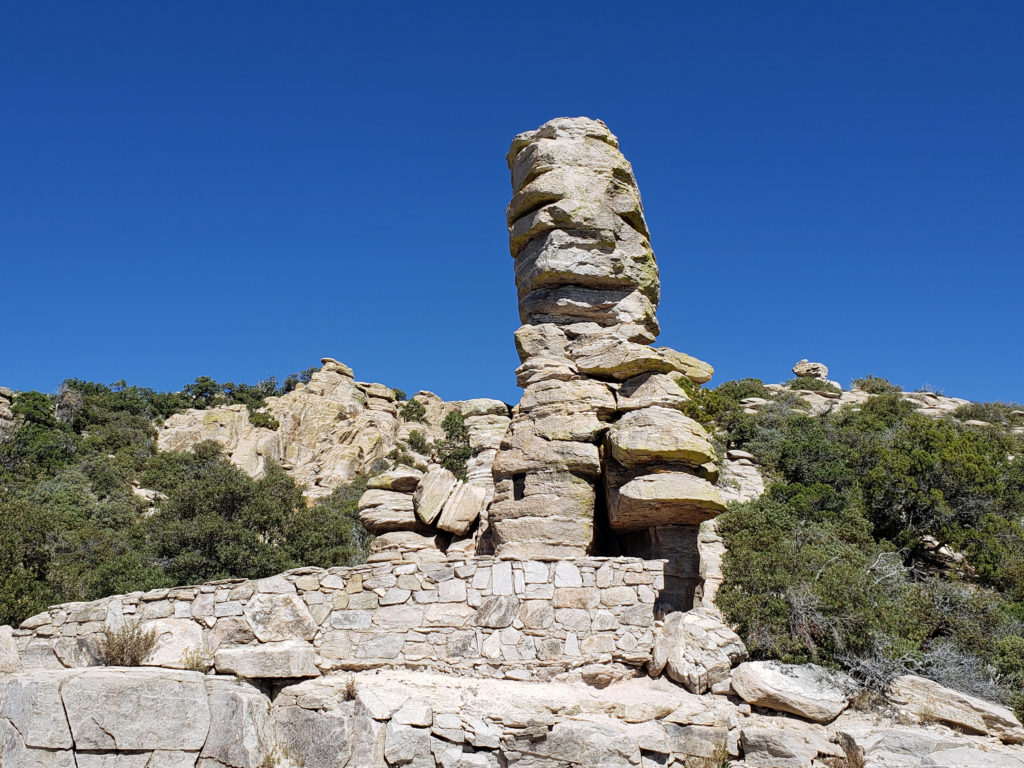 Another couple miles brings you to the Palisades Visitor Center, with still more panoramic views. You can get information about the area there, and the non-profit Public Lands Interpretive Association operates a bookstore at the center. Another few miles up the mountain is the Aspen Vista Point, another place you’ll want to stop and explore, especially if you’re there in the fall when the aspens are pure gold.
Another couple miles brings you to the Palisades Visitor Center, with still more panoramic views. You can get information about the area there, and the non-profit Public Lands Interpretive Association operates a bookstore at the center. Another few miles up the mountain is the Aspen Vista Point, another place you’ll want to stop and explore, especially if you’re there in the fall when the aspens are pure gold.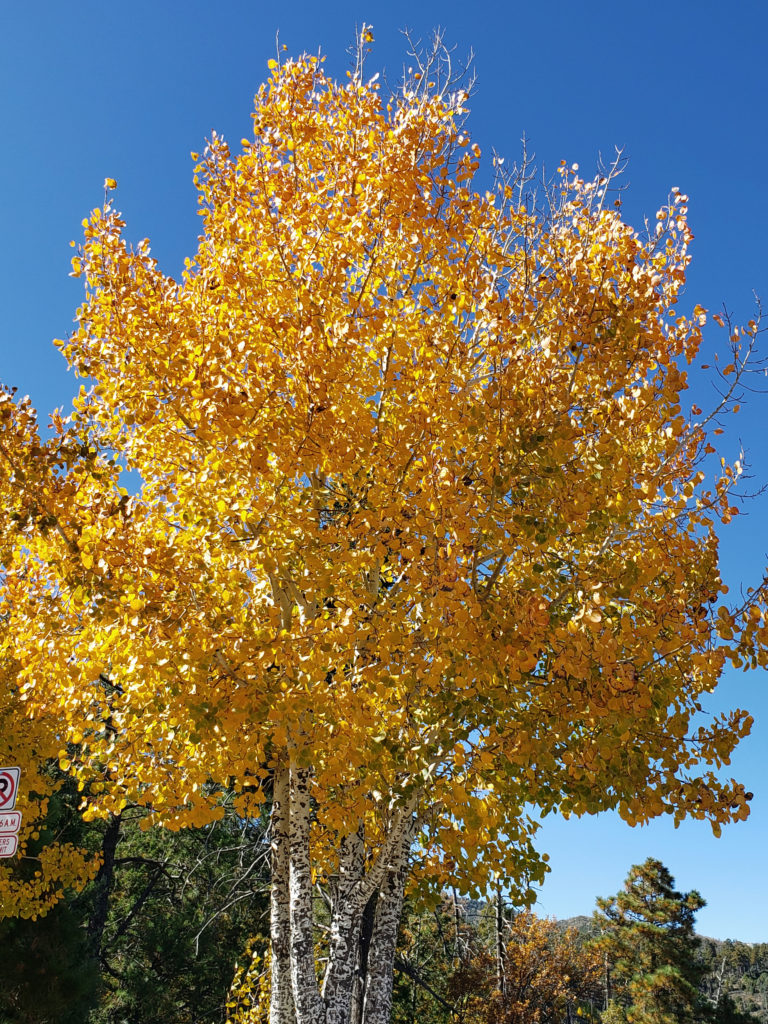 I was surprised to find a small community, Summerhaven, near the summit of the mountain, and even more surprised to find a small ski area. Snow skiing is not something I would have ever associated with Tucson or any place in southern Arizona. But at an elevation of 9157 feet, the top of the mountain gets enough snow in the winter to support an active ski area. There’s also a small astronomical observatory on the summit. The
I was surprised to find a small community, Summerhaven, near the summit of the mountain, and even more surprised to find a small ski area. Snow skiing is not something I would have ever associated with Tucson or any place in southern Arizona. But at an elevation of 9157 feet, the top of the mountain gets enough snow in the winter to support an active ski area. There’s also a small astronomical observatory on the summit. The 
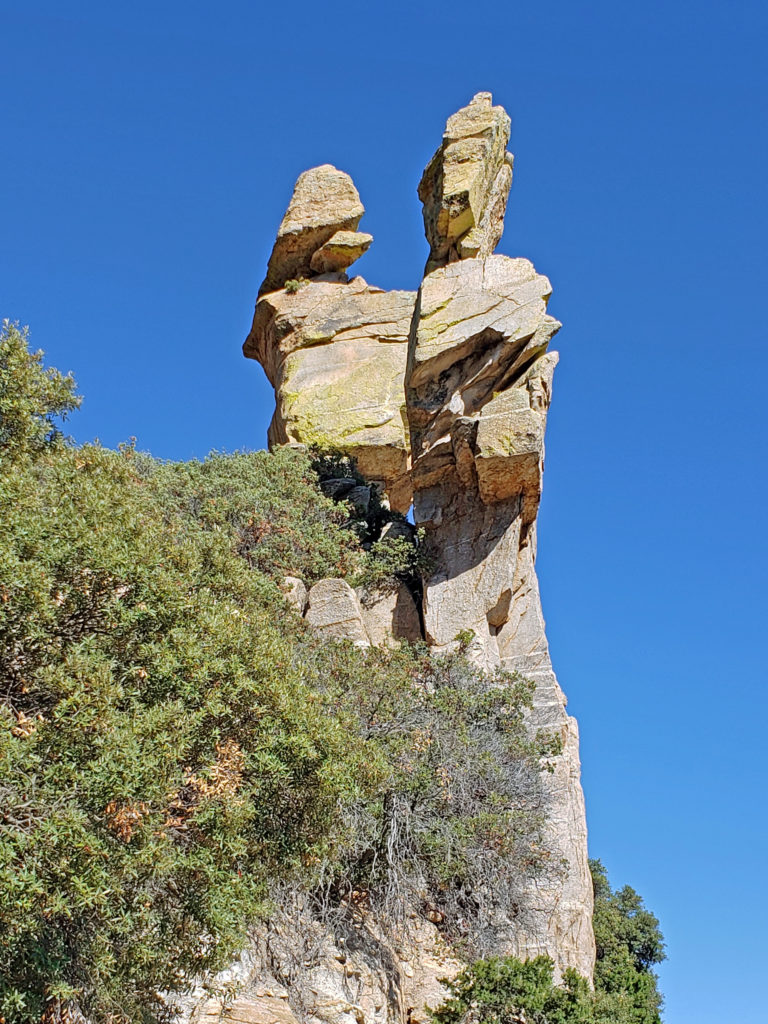 If you go, note that the summit of Mount Lemmon can be thirty degrees cooler than Tucson, so dress accordingly. And if you plan to do any hiking, avoid mid-summer if possible and always bring plenty of water. There are no sources of safe drinking water on any of the hiking trails in the area, to my knowledge.
If you go, note that the summit of Mount Lemmon can be thirty degrees cooler than Tucson, so dress accordingly. And if you plan to do any hiking, avoid mid-summer if possible and always bring plenty of water. There are no sources of safe drinking water on any of the hiking trails in the area, to my knowledge.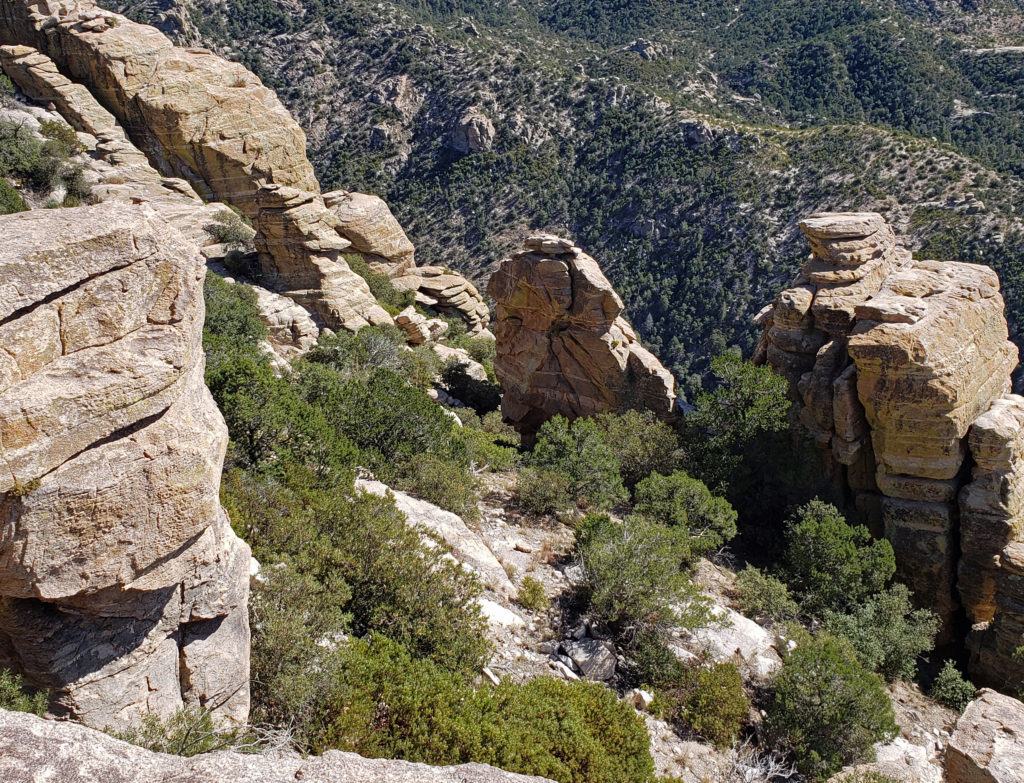 My wife and I made the drive to the summit in October 2019 while in Arizona to visit my brother and attend a wedding. I had never heard of Mount Lemmon and I wasn’t keen on making that long of a side trip, but my wife convinced me that it would be worthwhile, and she nailed this one. Mount Lemmon is more than just worthwhile, and worth more than just a side trip. Mount Lemmon is a worthy destination in its own right.
My wife and I made the drive to the summit in October 2019 while in Arizona to visit my brother and attend a wedding. I had never heard of Mount Lemmon and I wasn’t keen on making that long of a side trip, but my wife convinced me that it would be worthwhile, and she nailed this one. Mount Lemmon is more than just worthwhile, and worth more than just a side trip. Mount Lemmon is a worthy destination in its own right.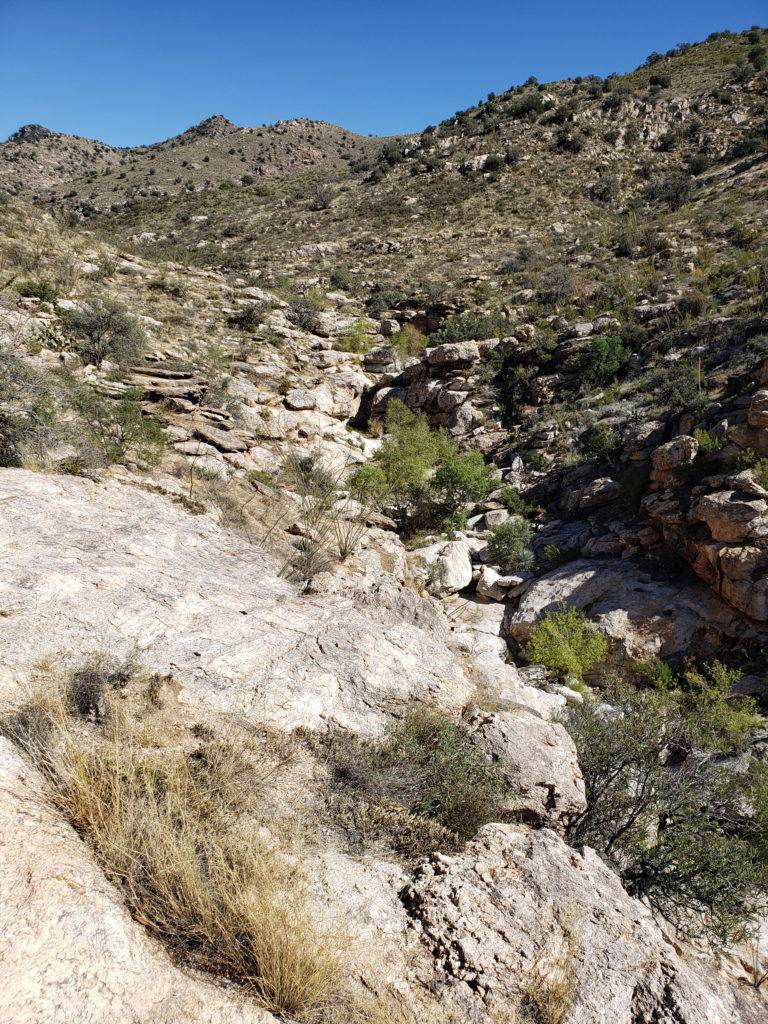
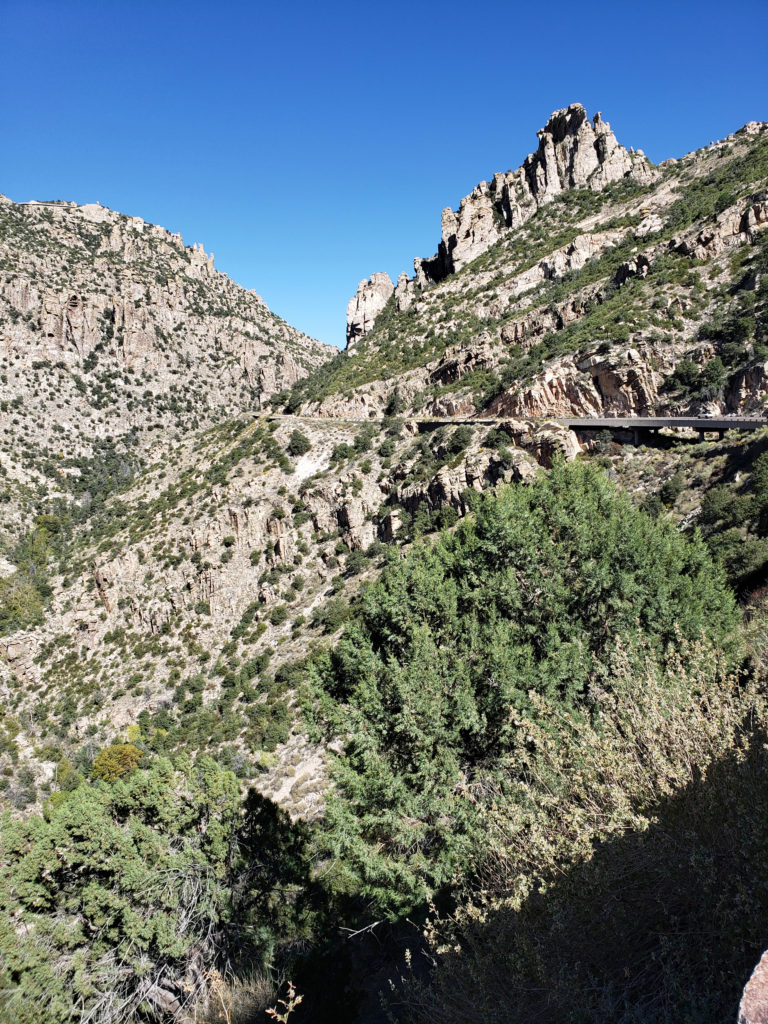 Not only am I glad we took the drive, I wish we could have spent more time exploring the mountain. For those that do have the time, there are several picnic areas along the highway, a few places to eat in Summerhaven, and there are several campgrounds a short ways off of the highway if you want to spend more than a day on the mountain. If you don’t want to camp, Summerhaven also has a few rental cabins, and a newly built small hotel. Check the Mount Lemmon General Store
Not only am I glad we took the drive, I wish we could have spent more time exploring the mountain. For those that do have the time, there are several picnic areas along the highway, a few places to eat in Summerhaven, and there are several campgrounds a short ways off of the highway if you want to spend more than a day on the mountain. If you don’t want to camp, Summerhaven also has a few rental cabins, and a newly built small hotel. Check the Mount Lemmon General Store 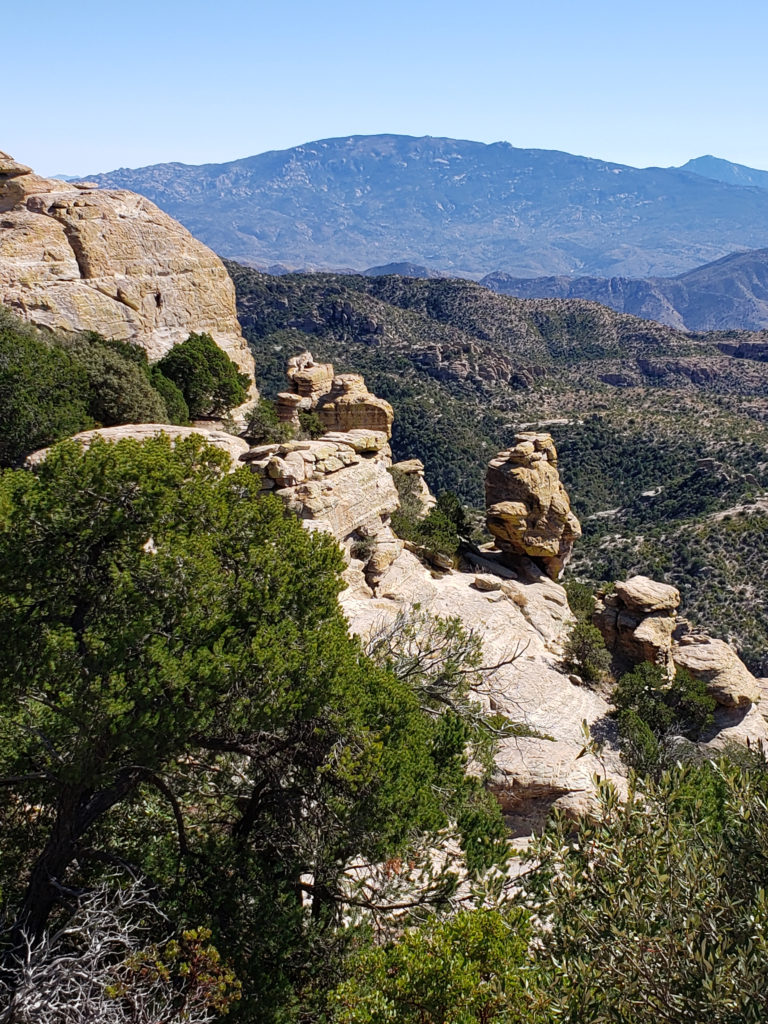 Note: The Catalina Highway is open as of the date of this post, but in the summer of 2020 the entire area was closed to the public because of the Bighorn Fire that burned 120,000 acres in the Santa Catalina Mountains. Photos taken after the fire showed some badly burned areas, but others that were largely untouched. All of the area is open again, including the Palisades Visitor Center, but some of the attractions and the businesses in Summerhaven may be closed due to the ongoing pandemic. But I wouldn’t let any of that stop you from making the drive if you’re in the Tucson area, or even just passing through. It’s too spectacular to pass up.
Note: The Catalina Highway is open as of the date of this post, but in the summer of 2020 the entire area was closed to the public because of the Bighorn Fire that burned 120,000 acres in the Santa Catalina Mountains. Photos taken after the fire showed some badly burned areas, but others that were largely untouched. All of the area is open again, including the Palisades Visitor Center, but some of the attractions and the businesses in Summerhaven may be closed due to the ongoing pandemic. But I wouldn’t let any of that stop you from making the drive if you’re in the Tucson area, or even just passing through. It’s too spectacular to pass up.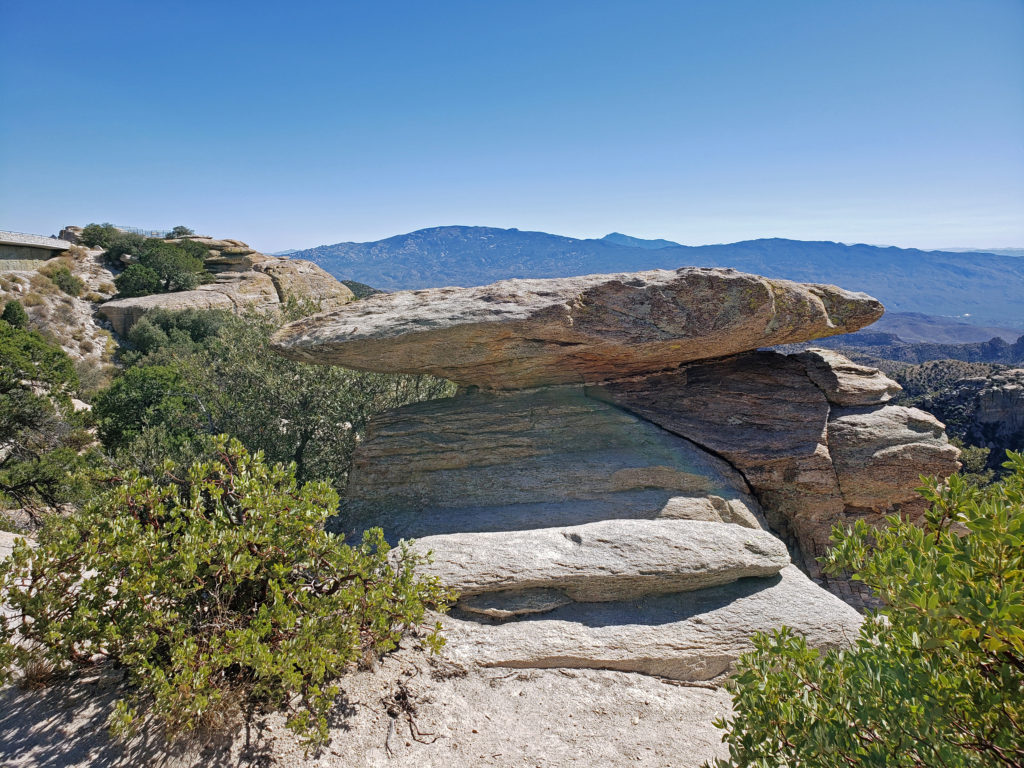 Posted April 25, 2021
Posted April 25, 2021